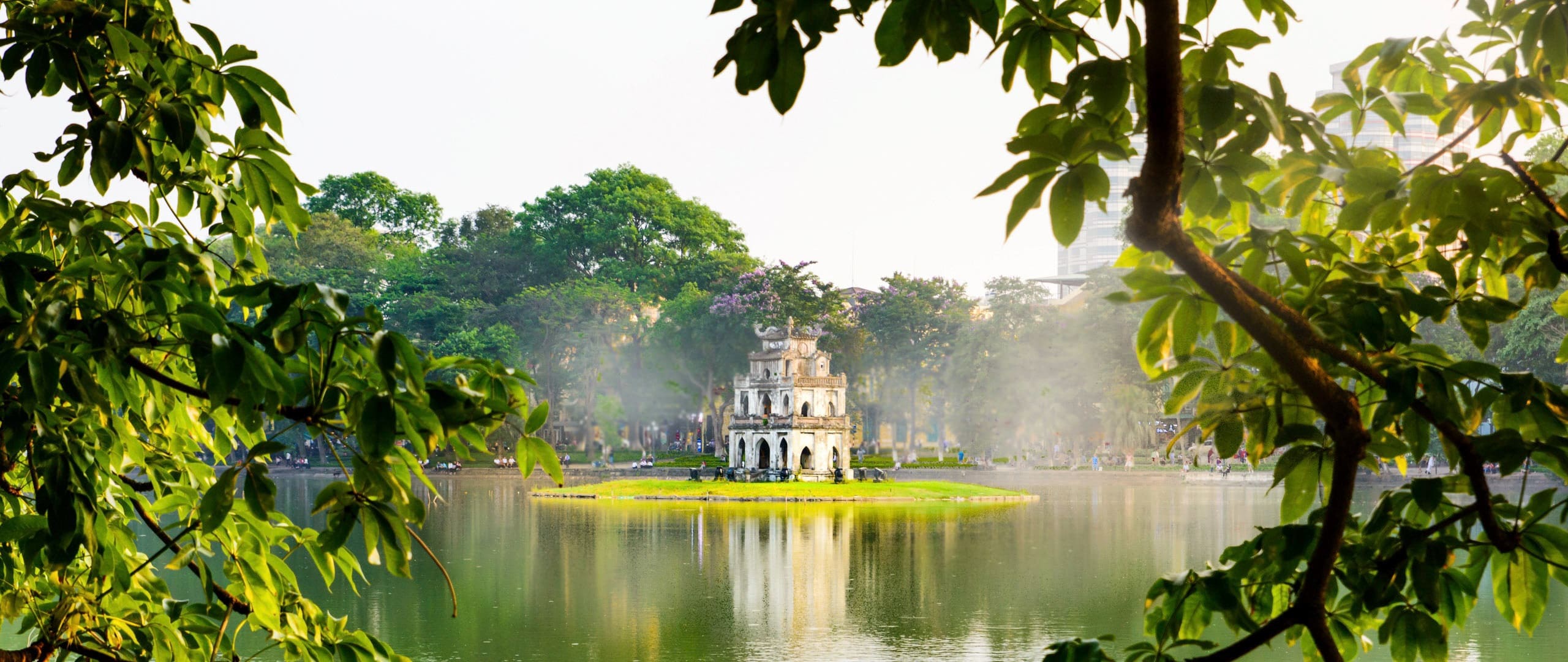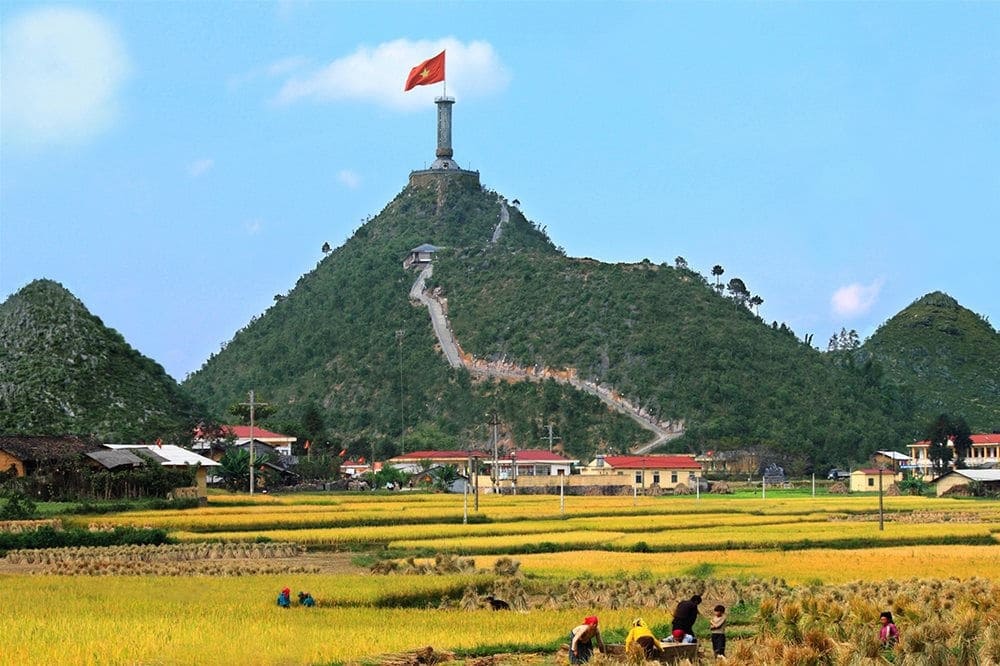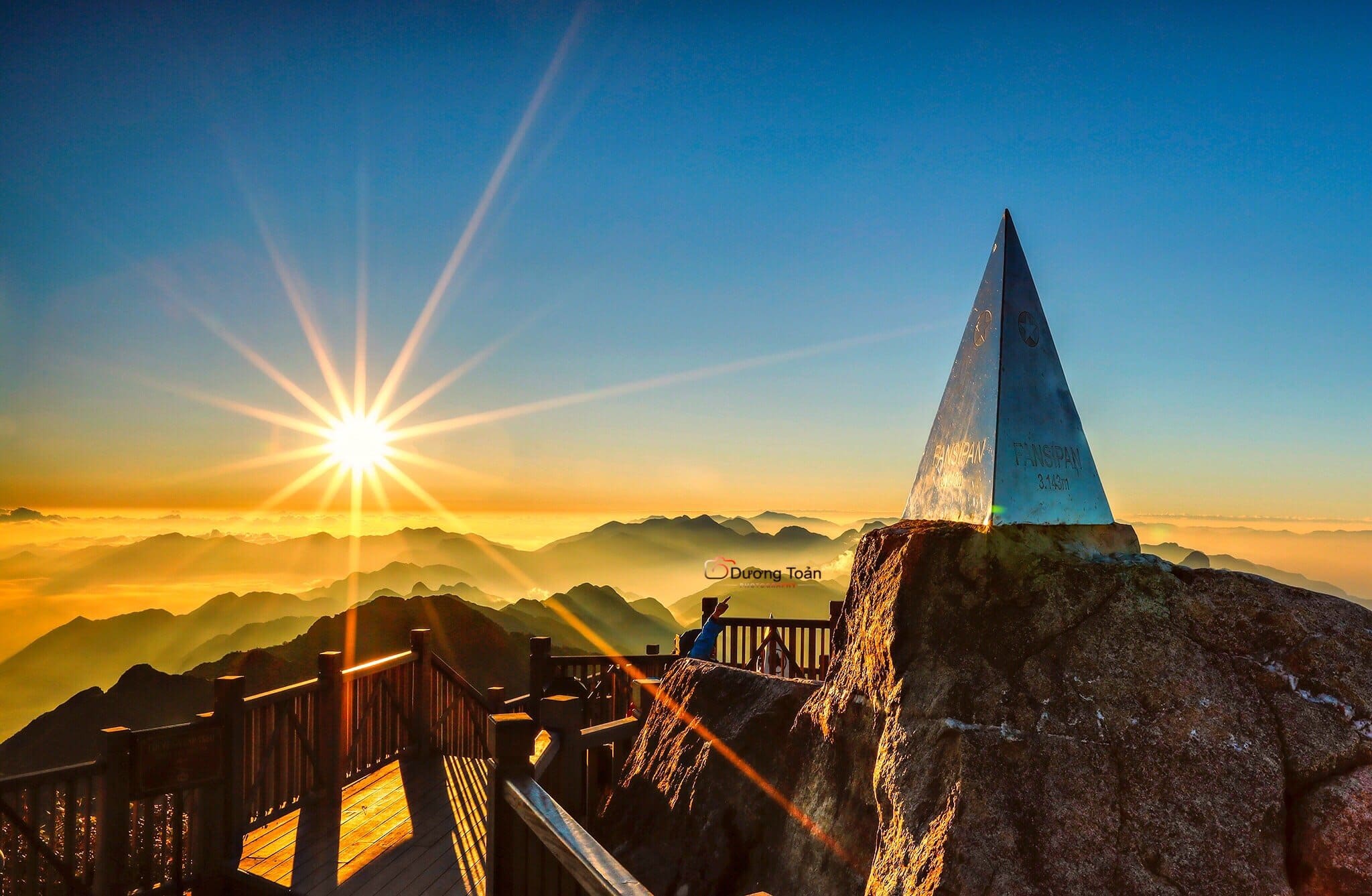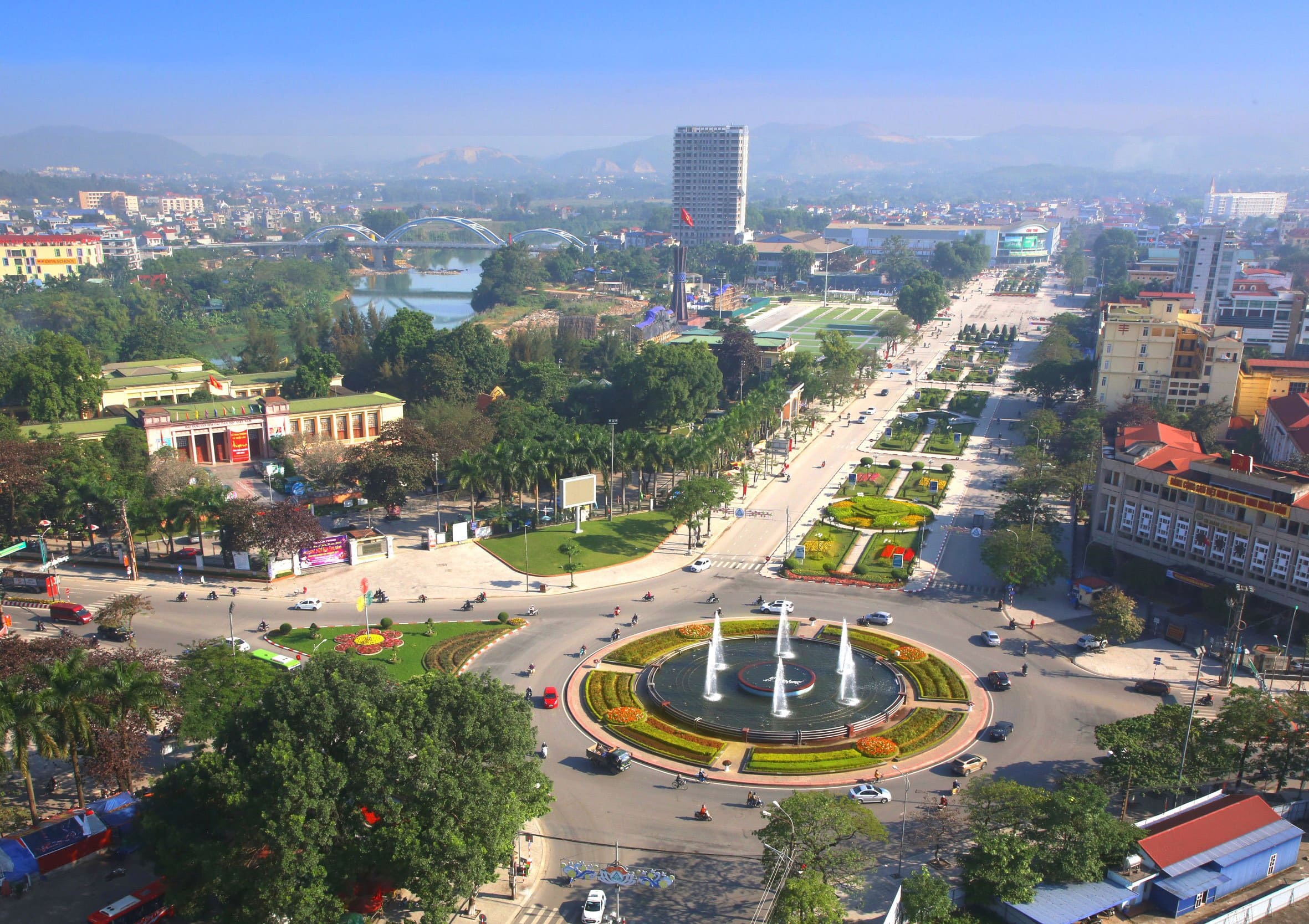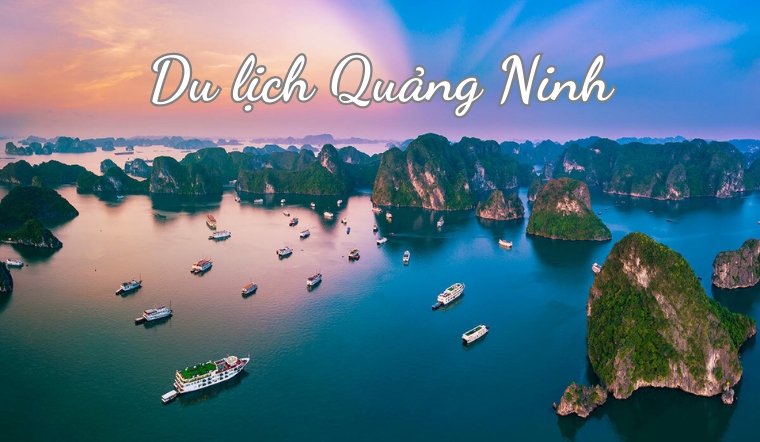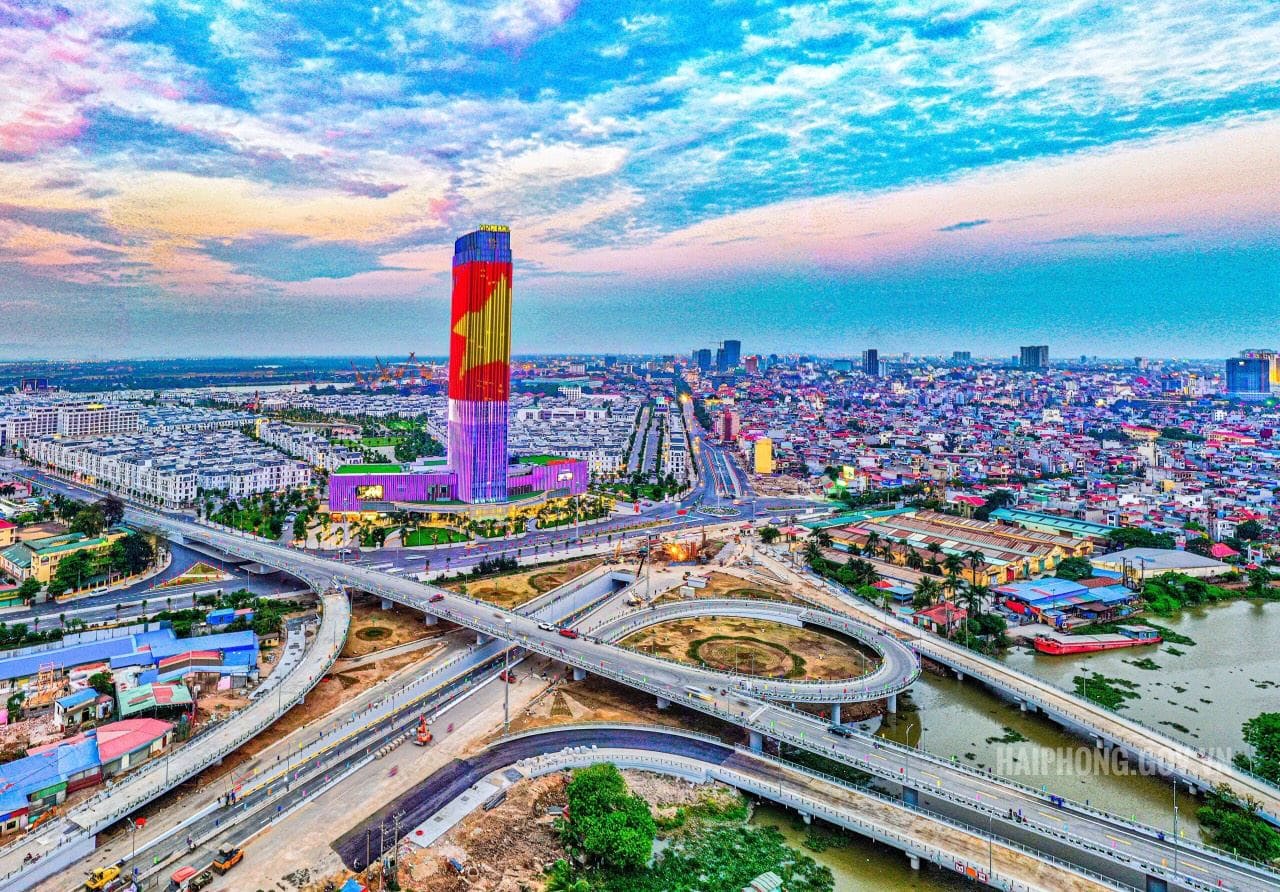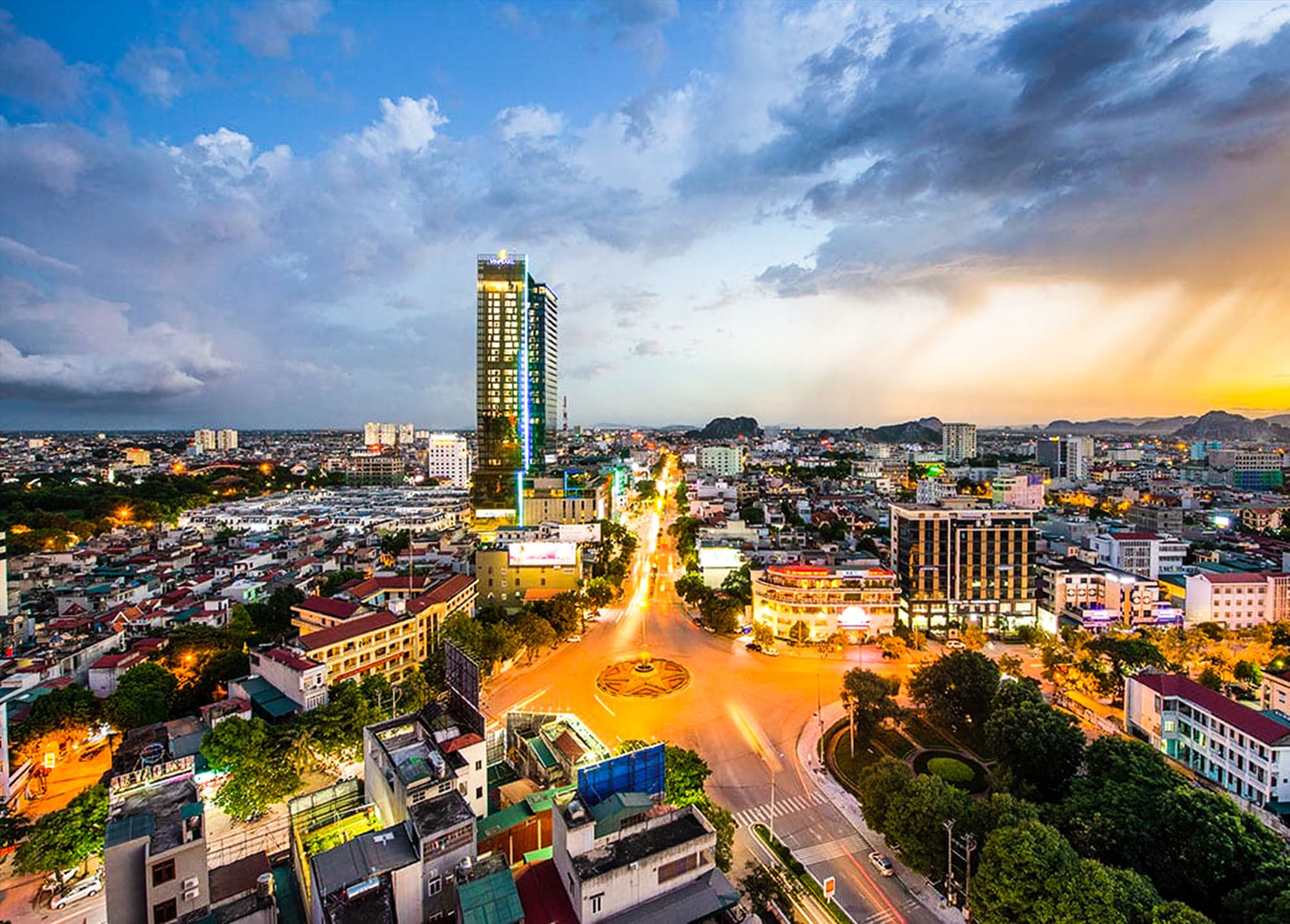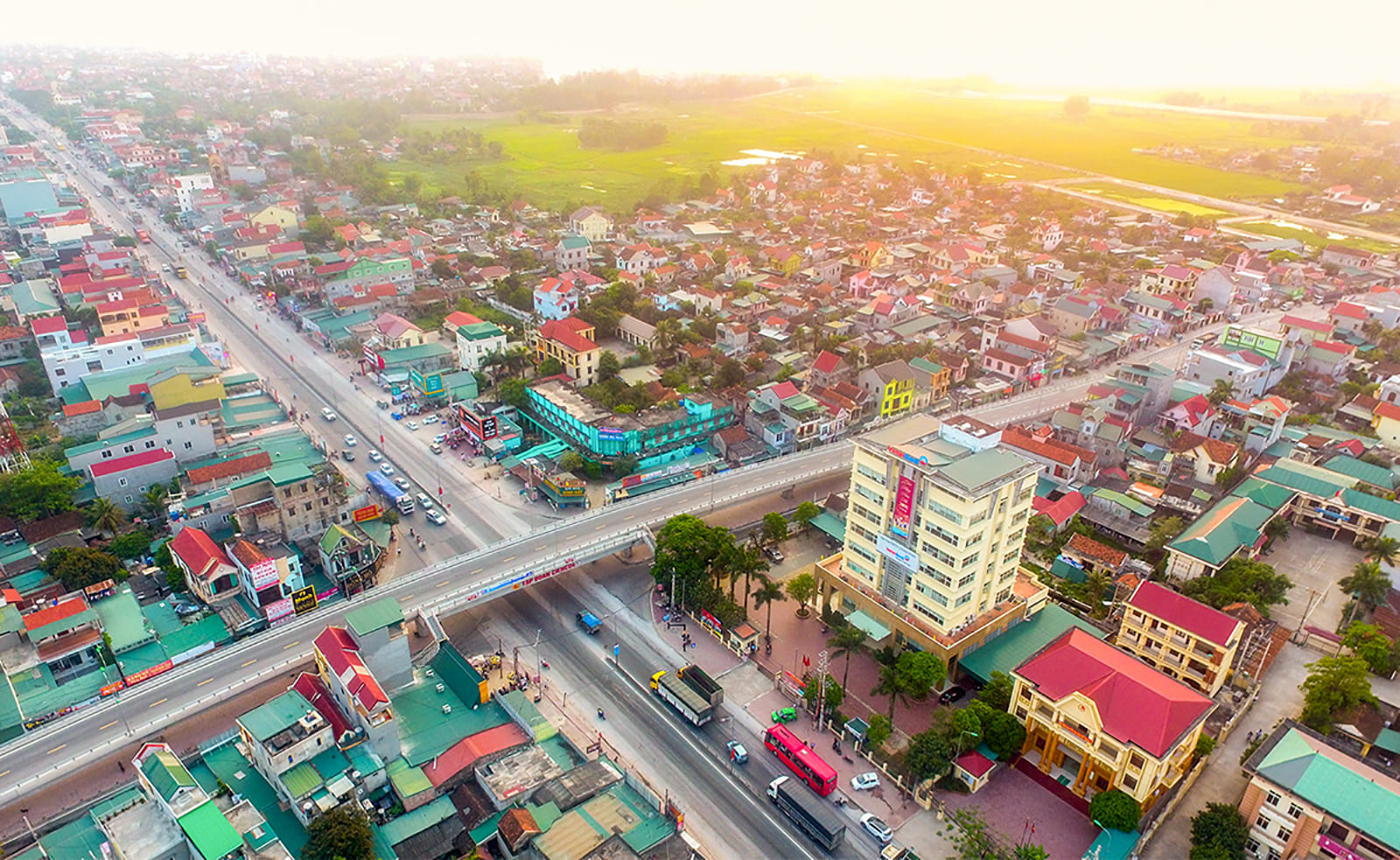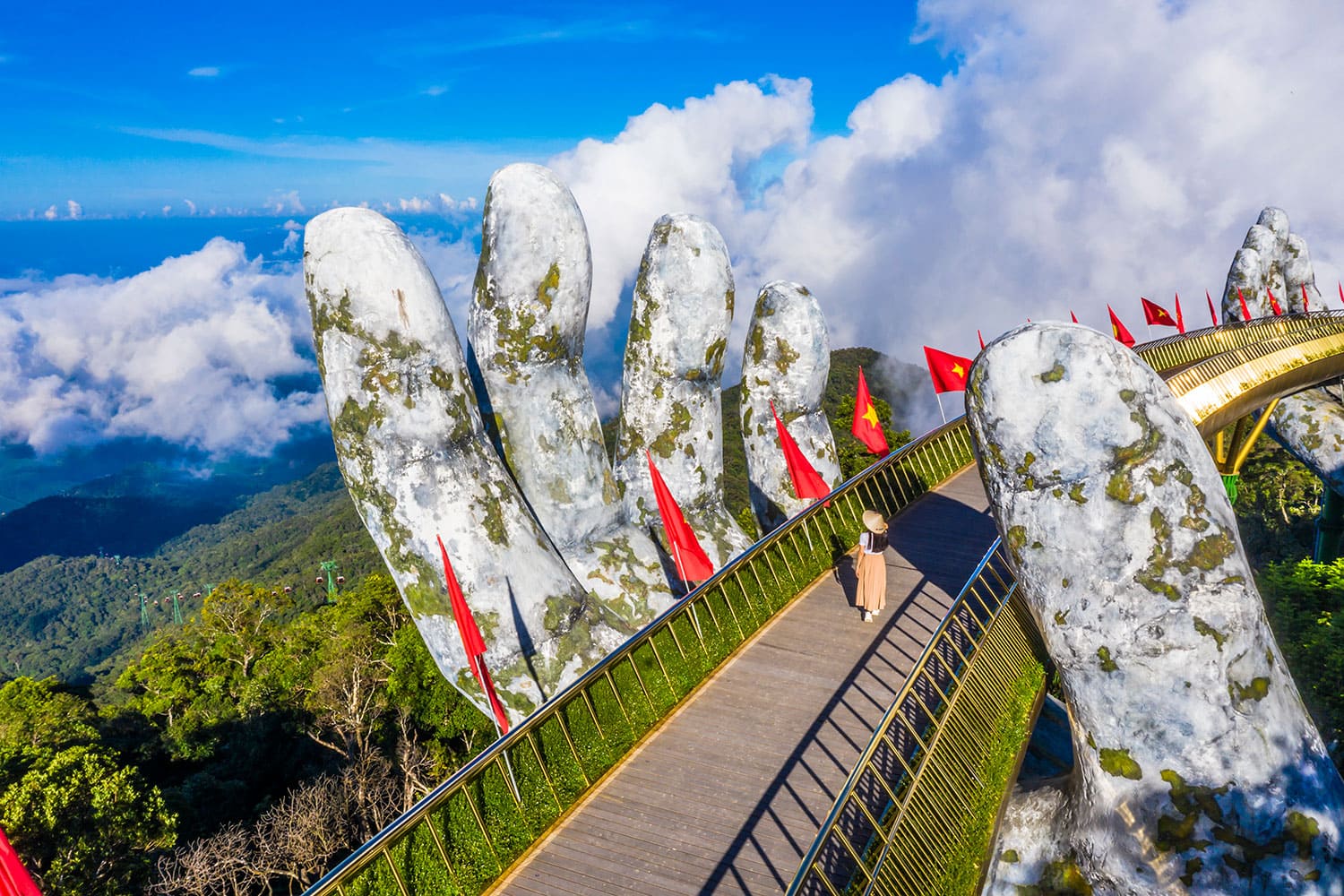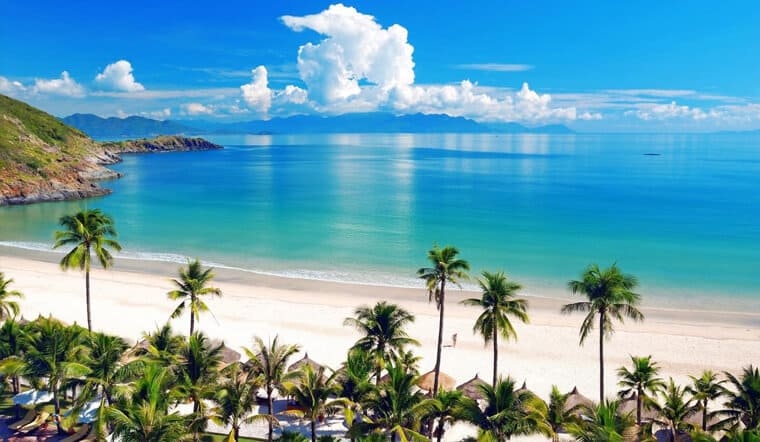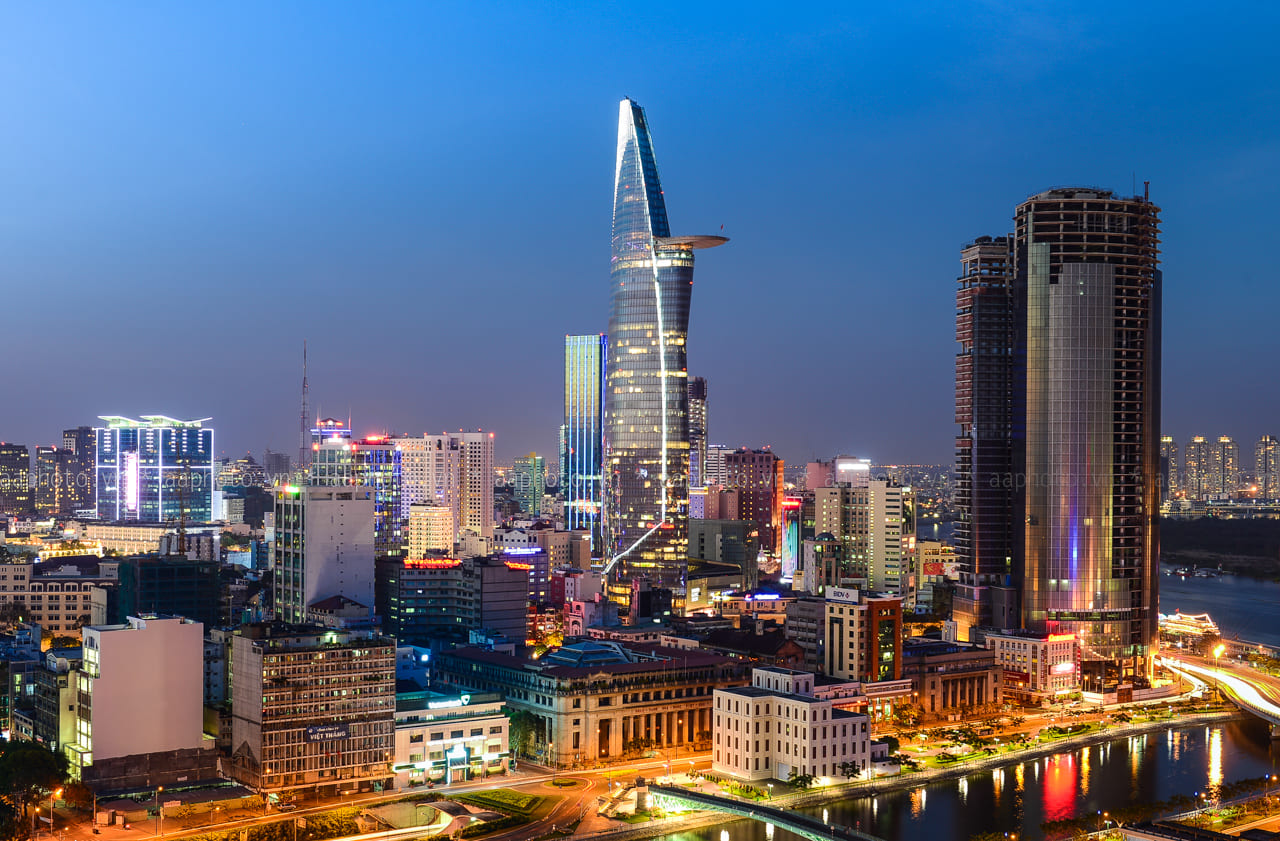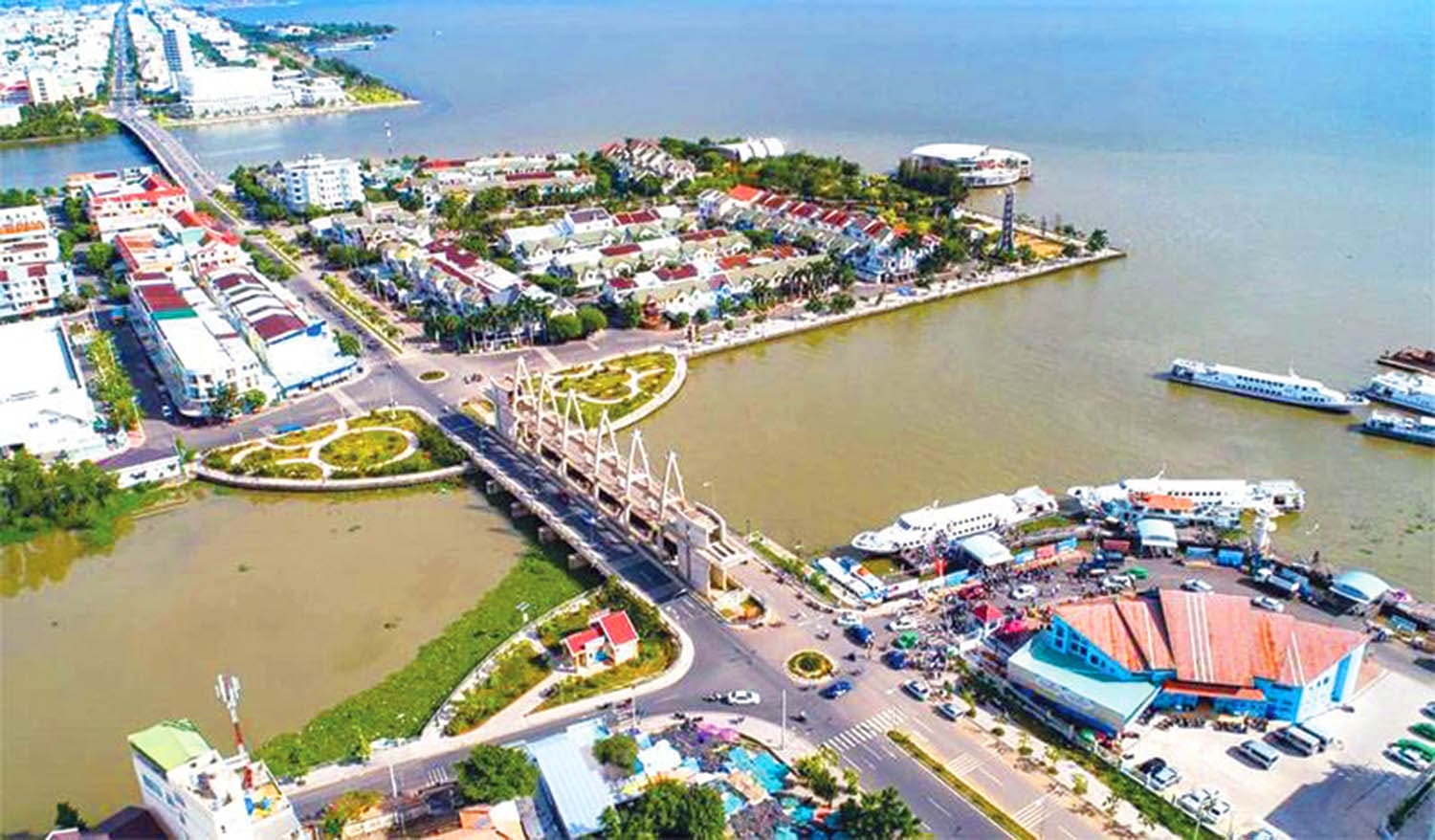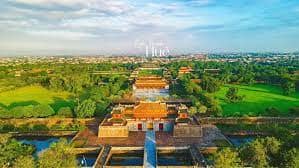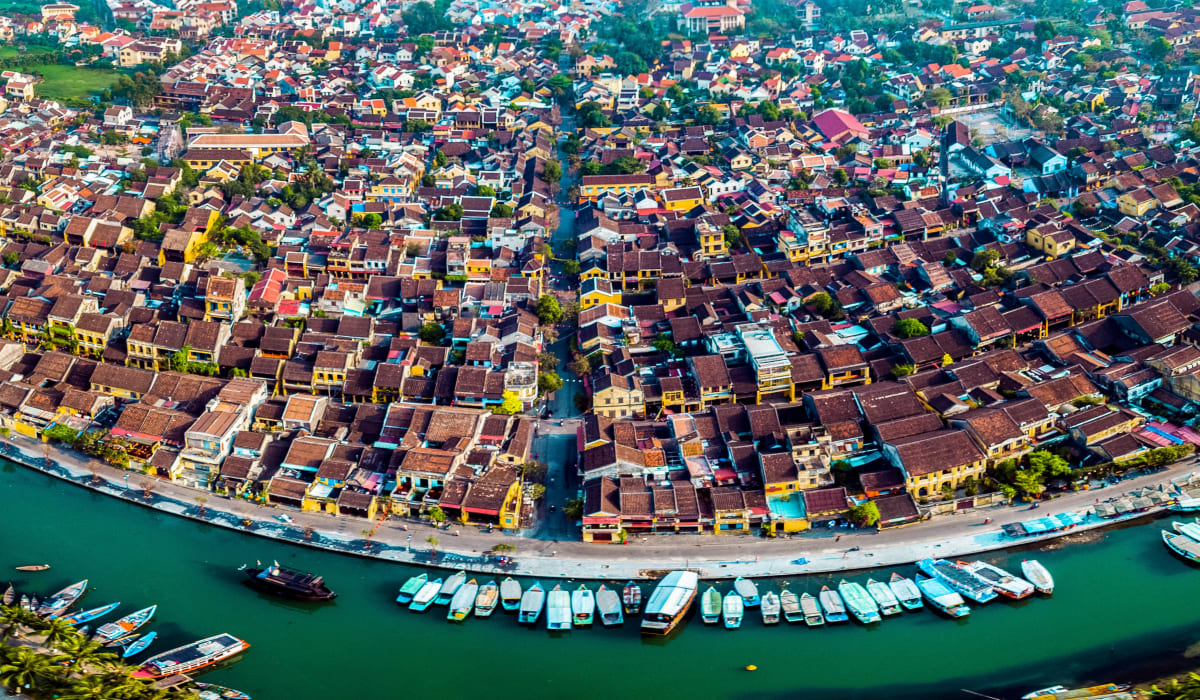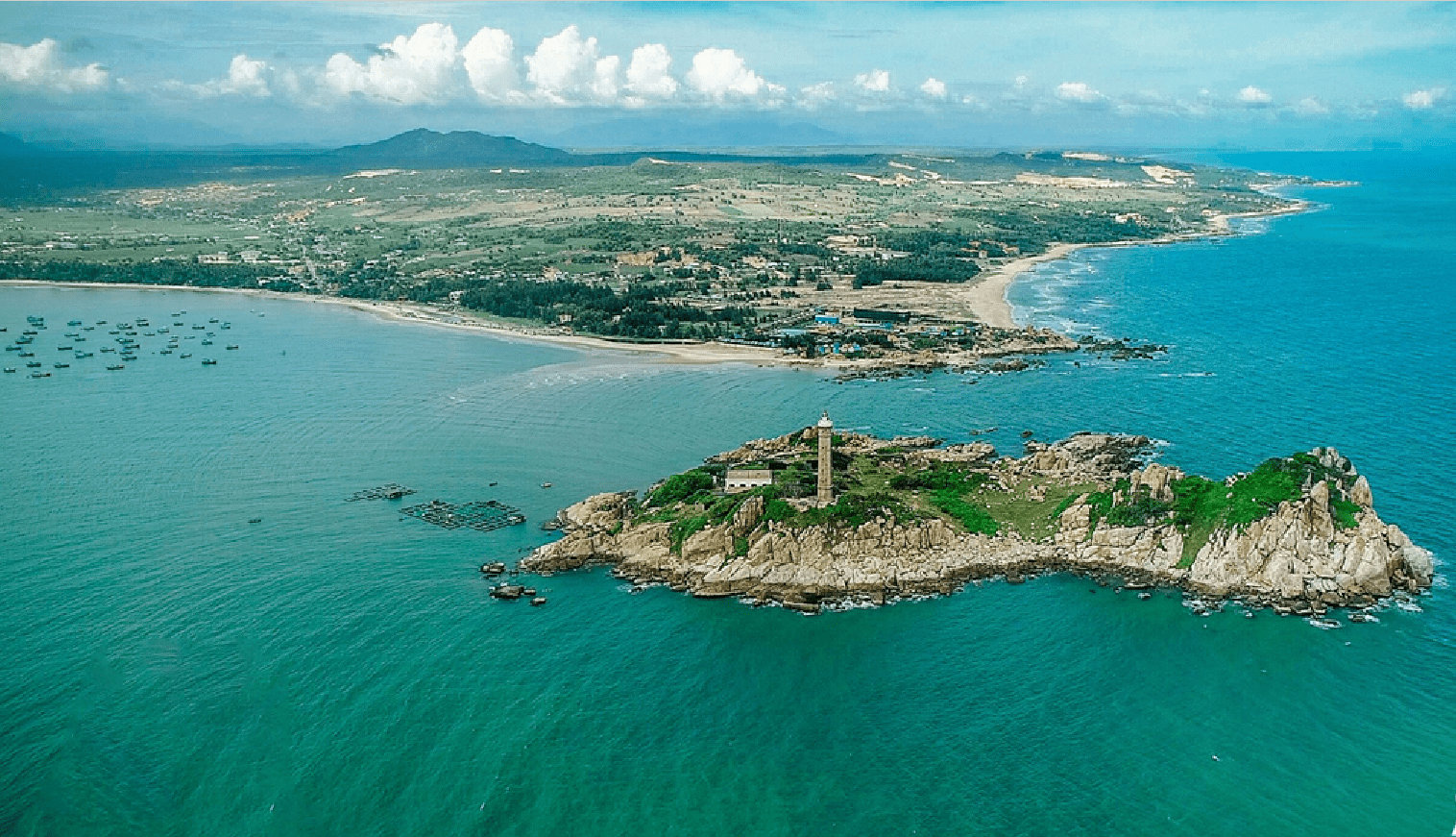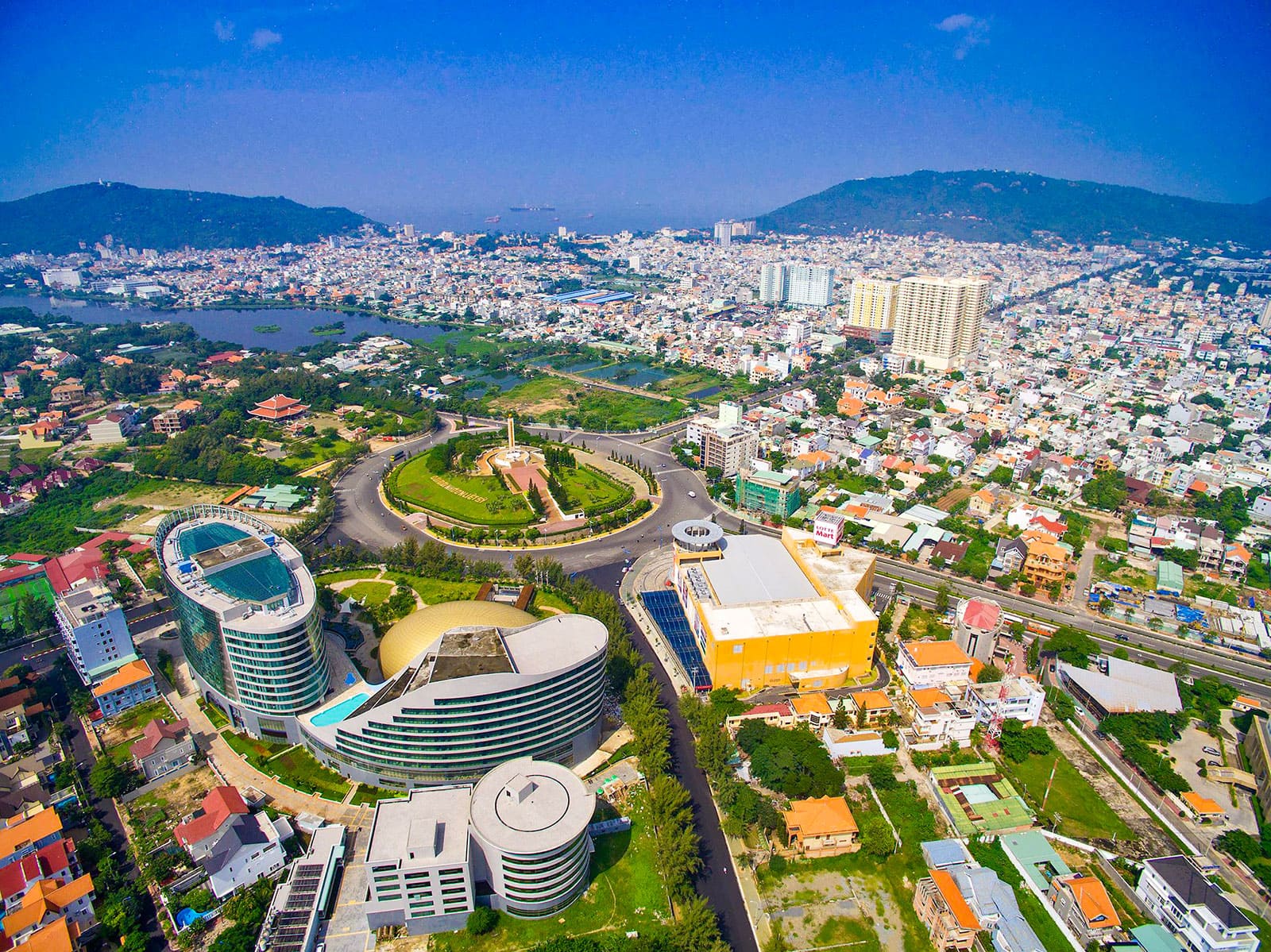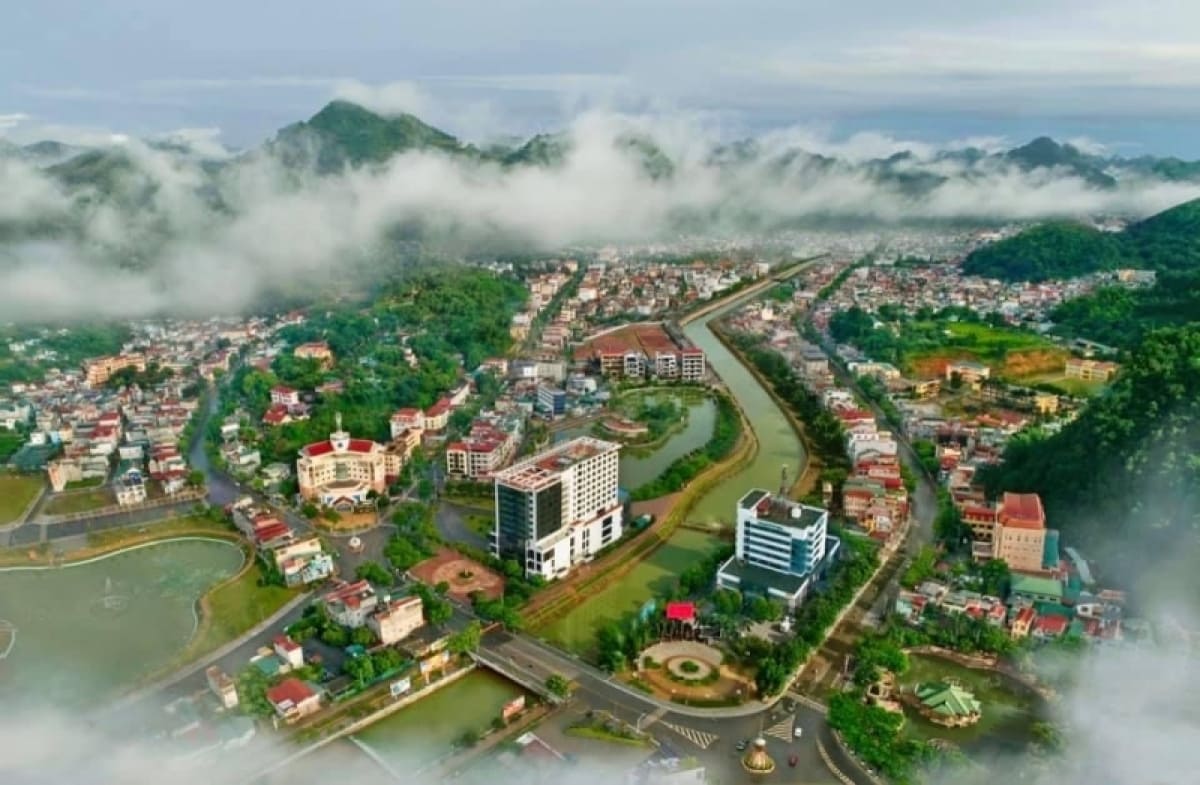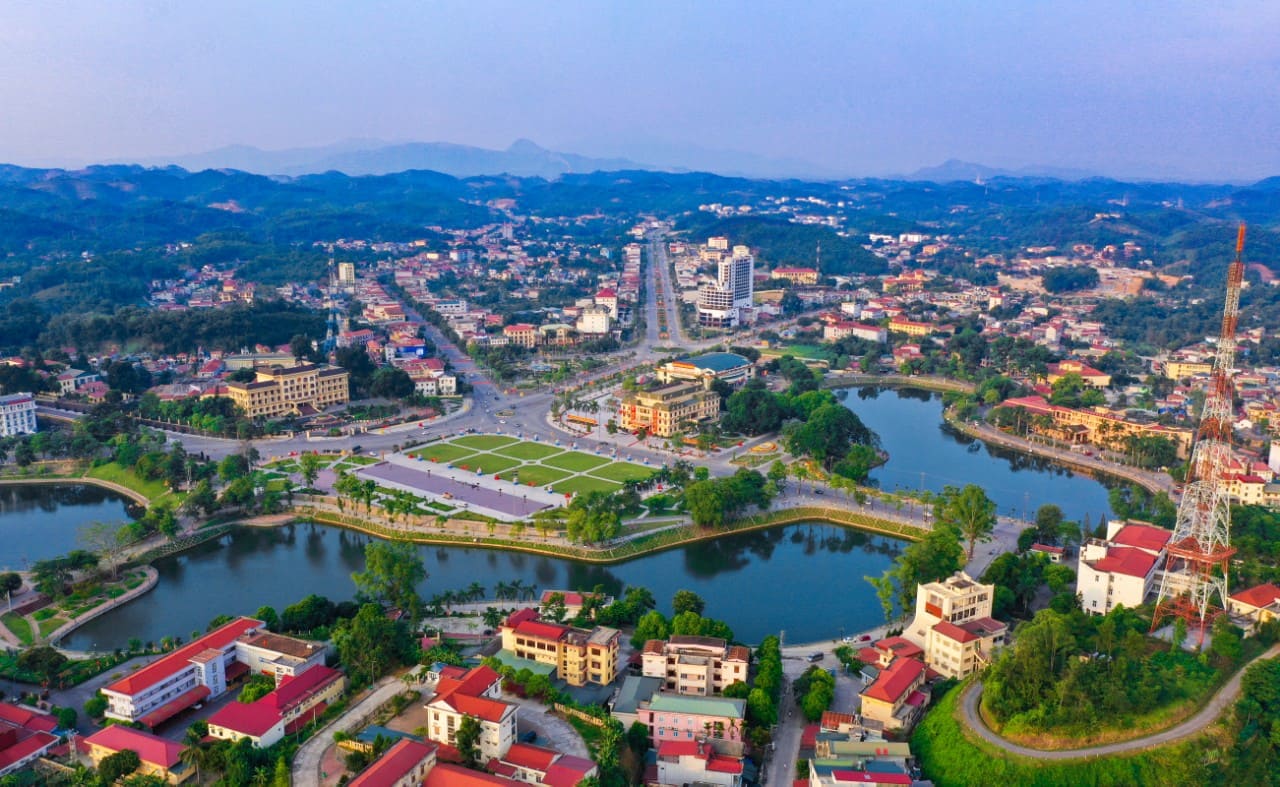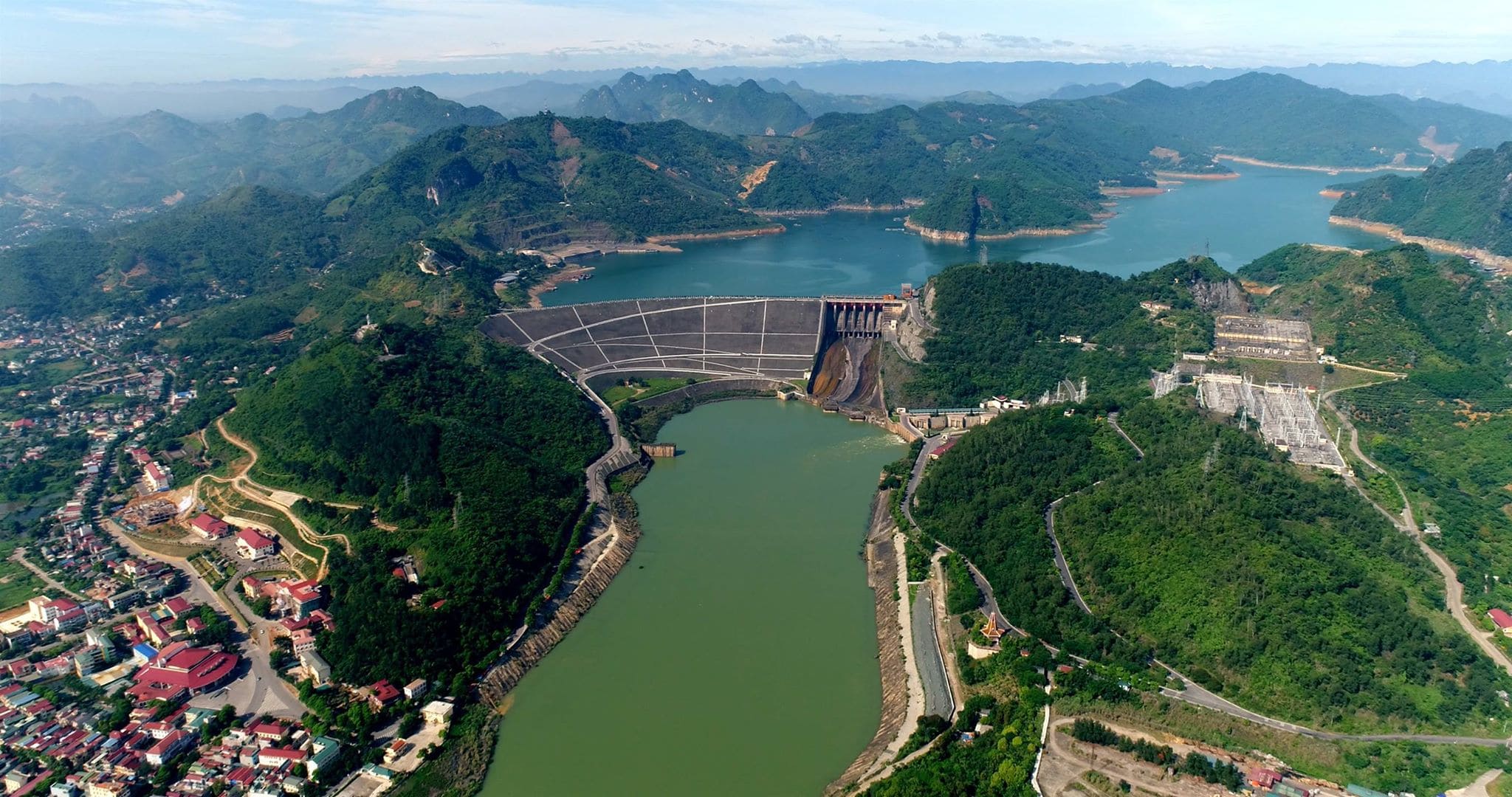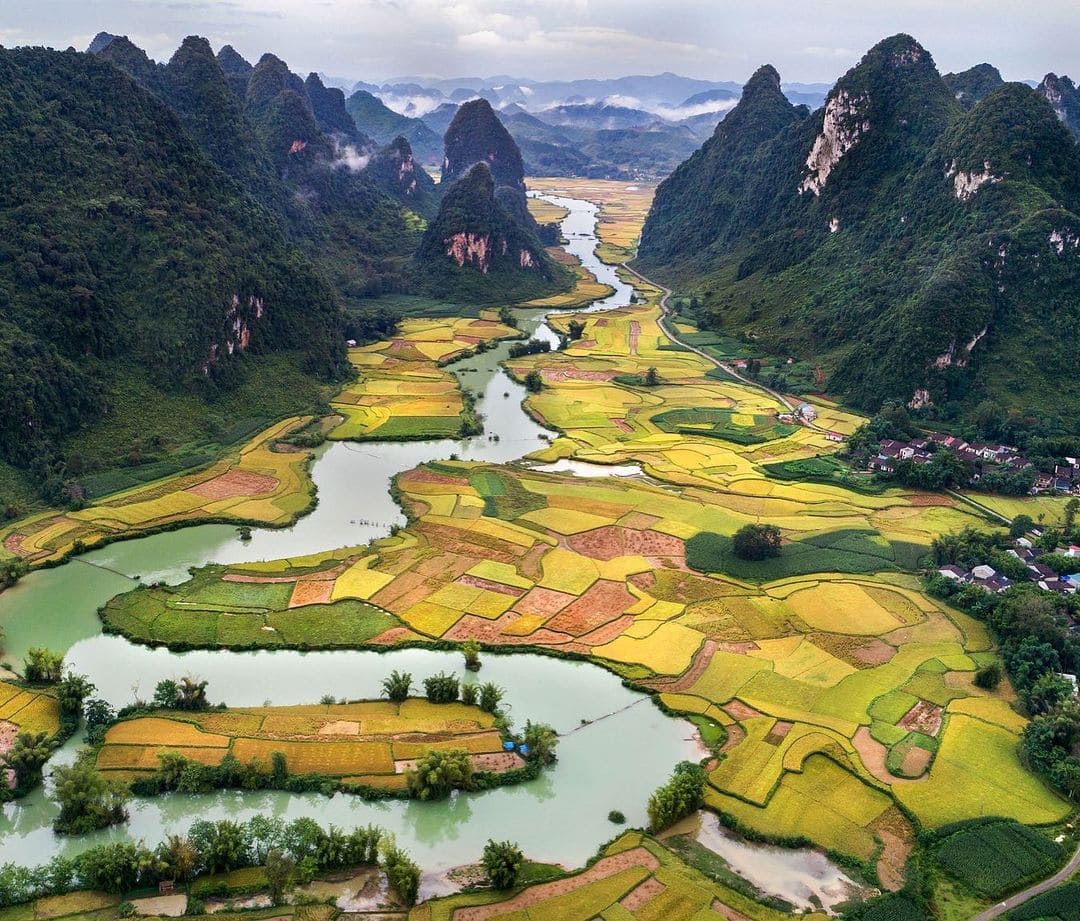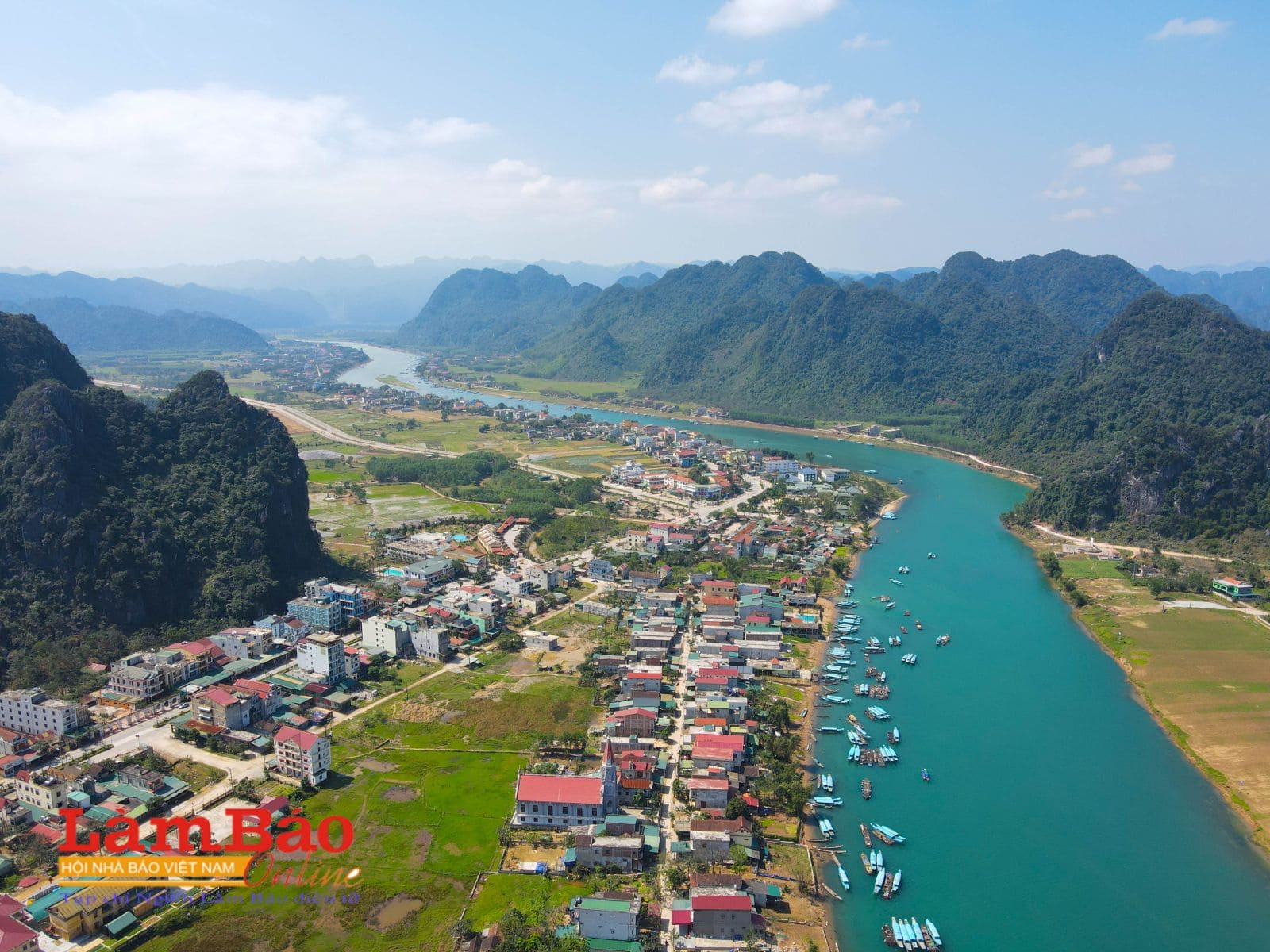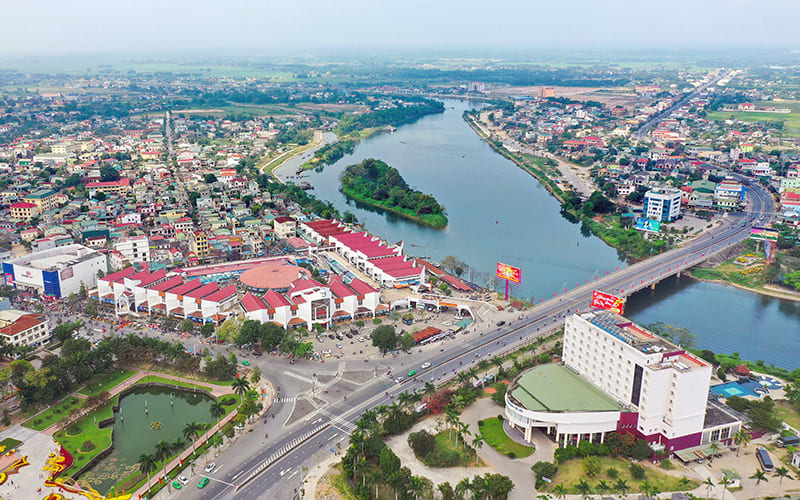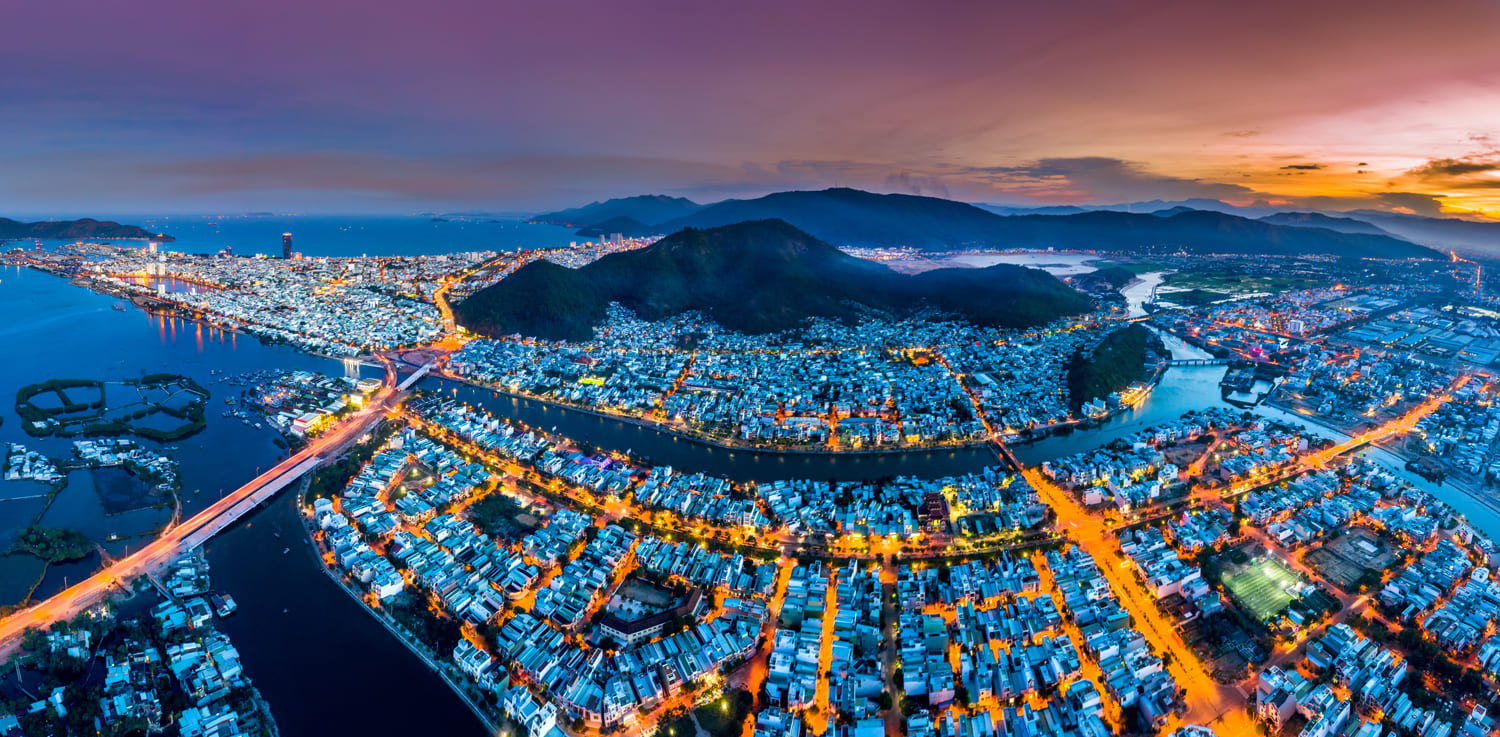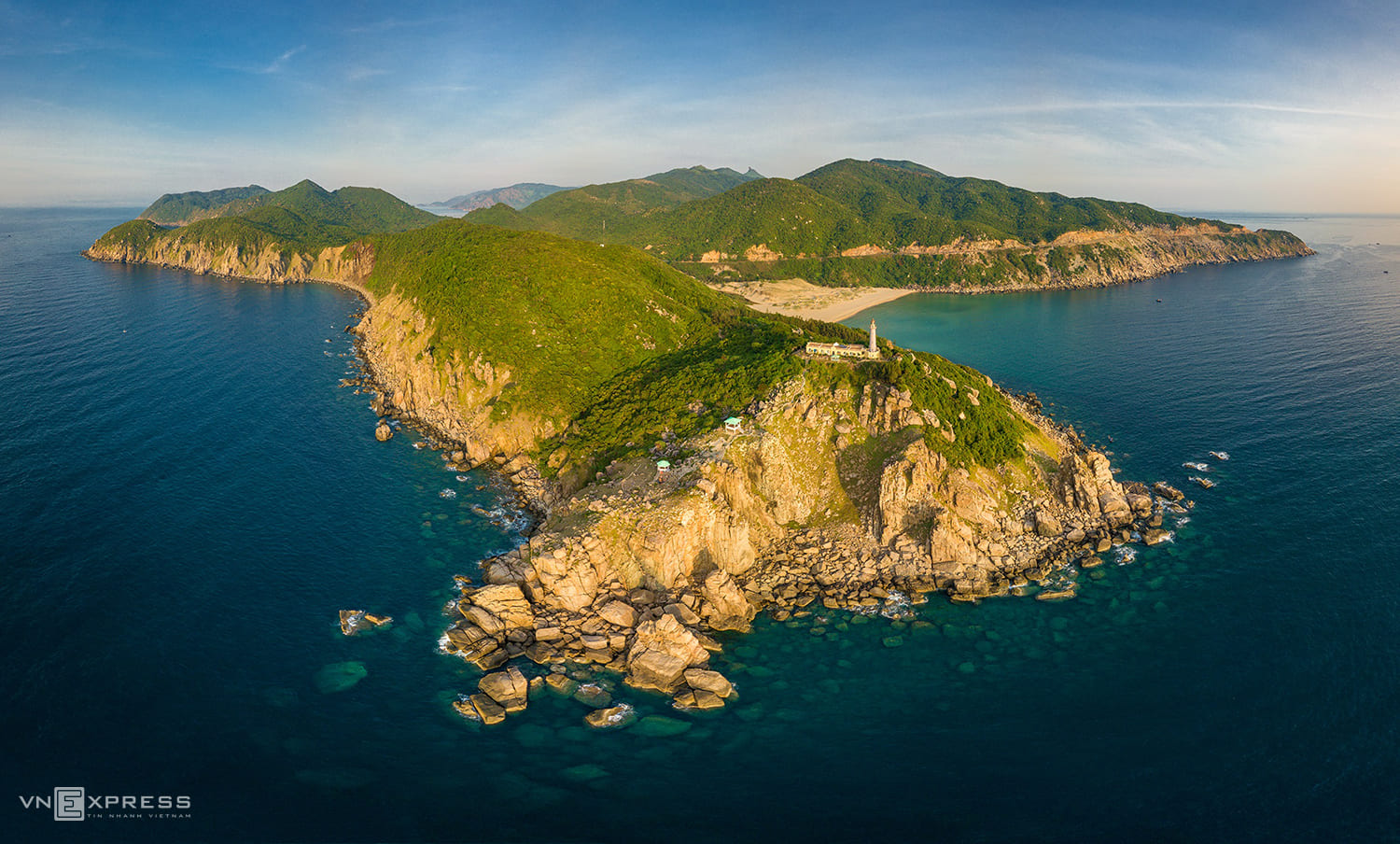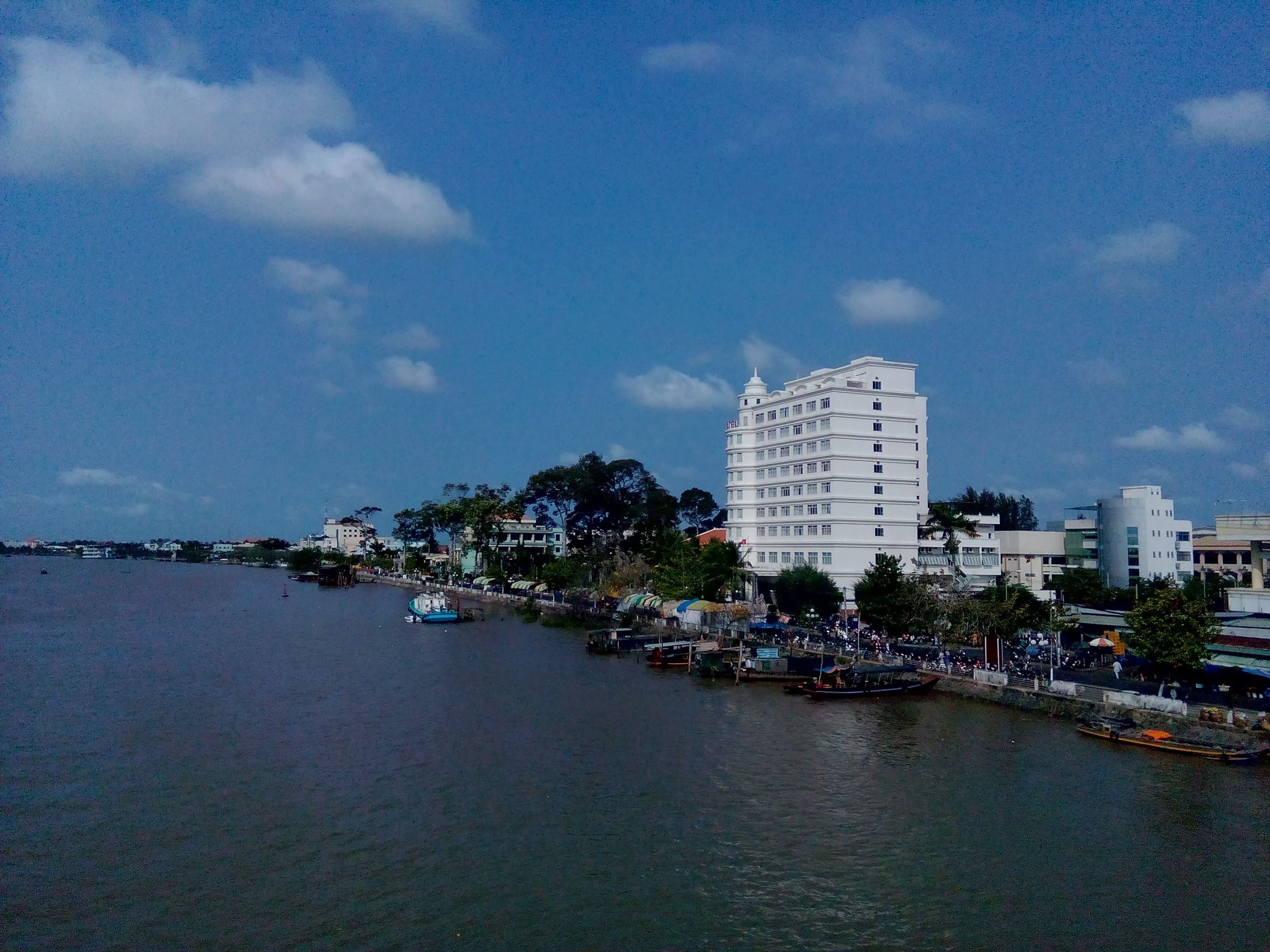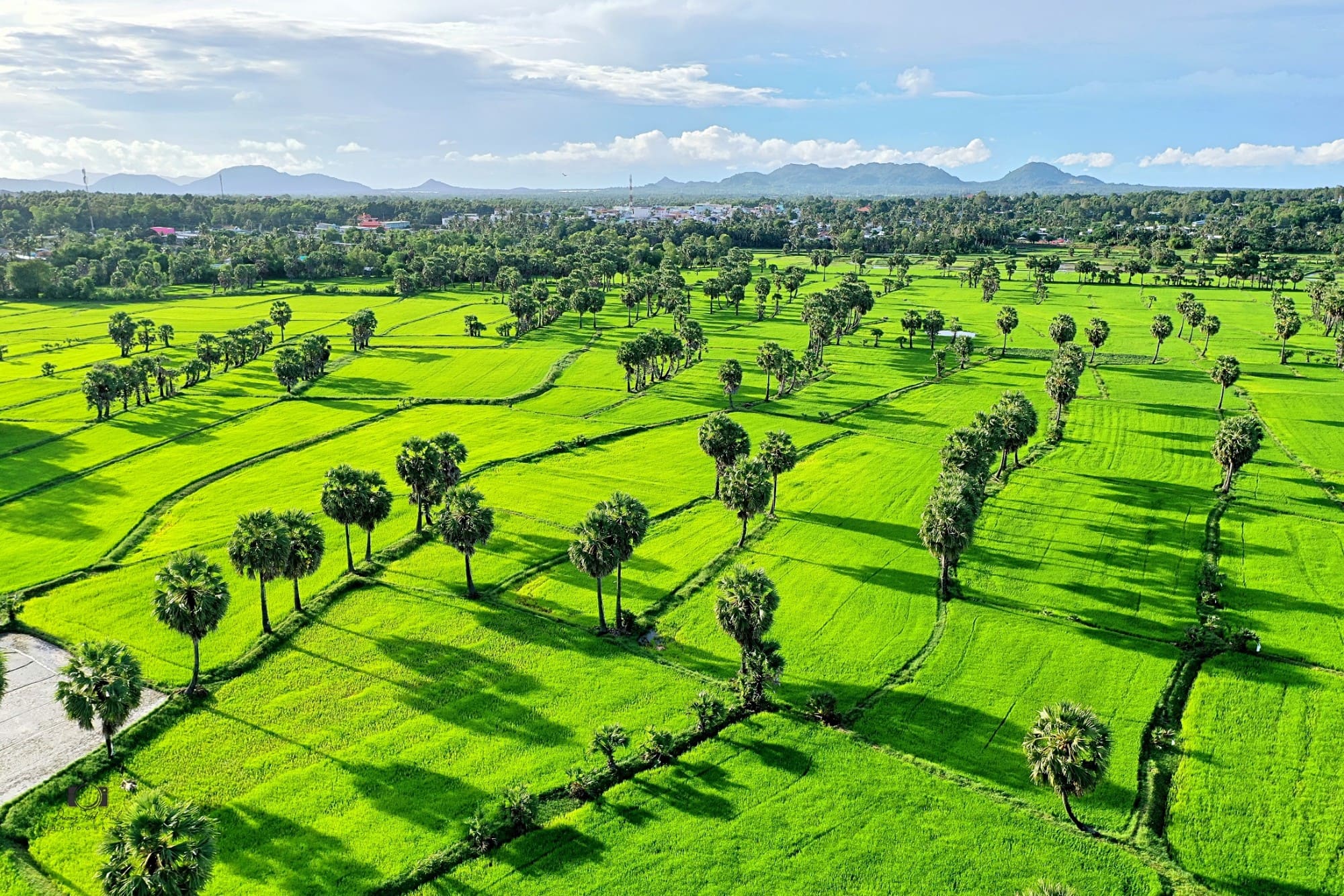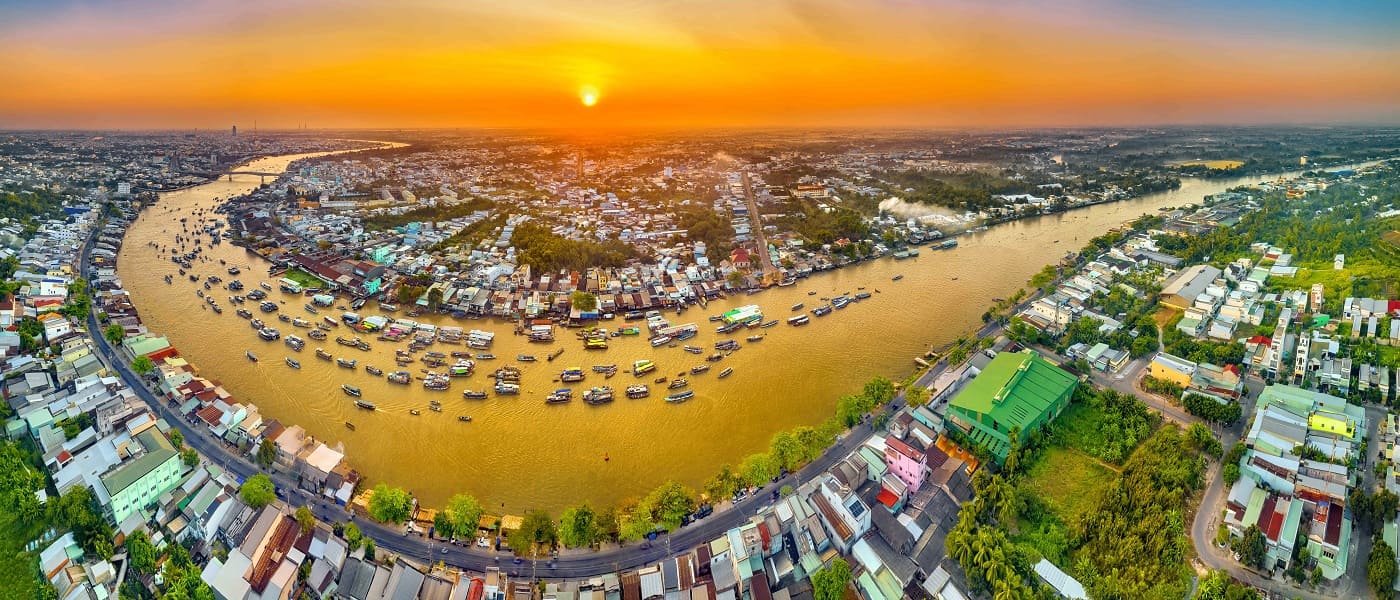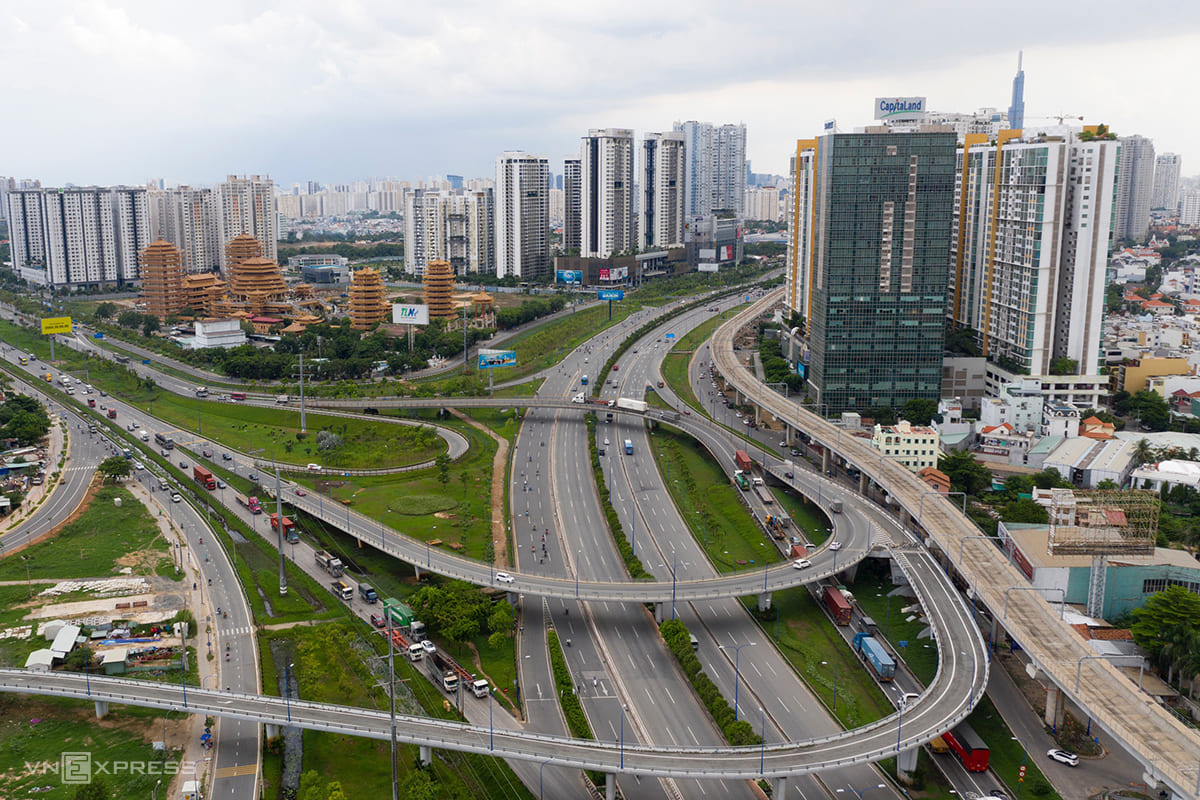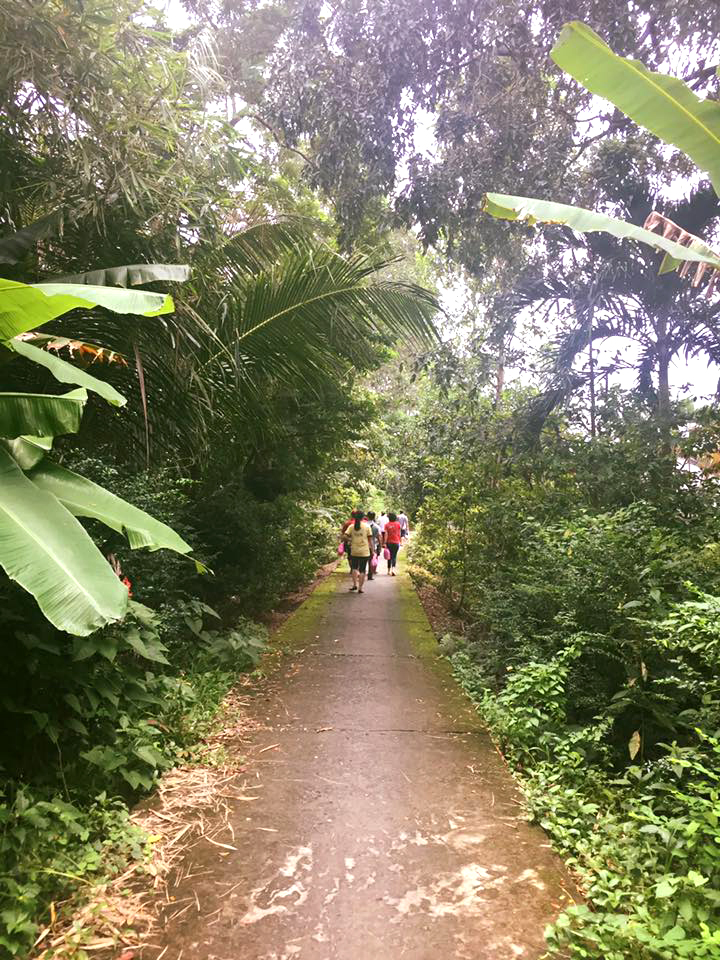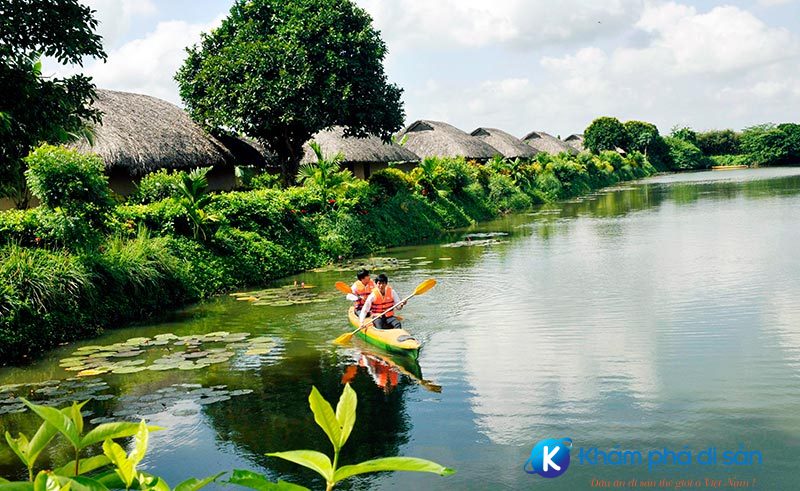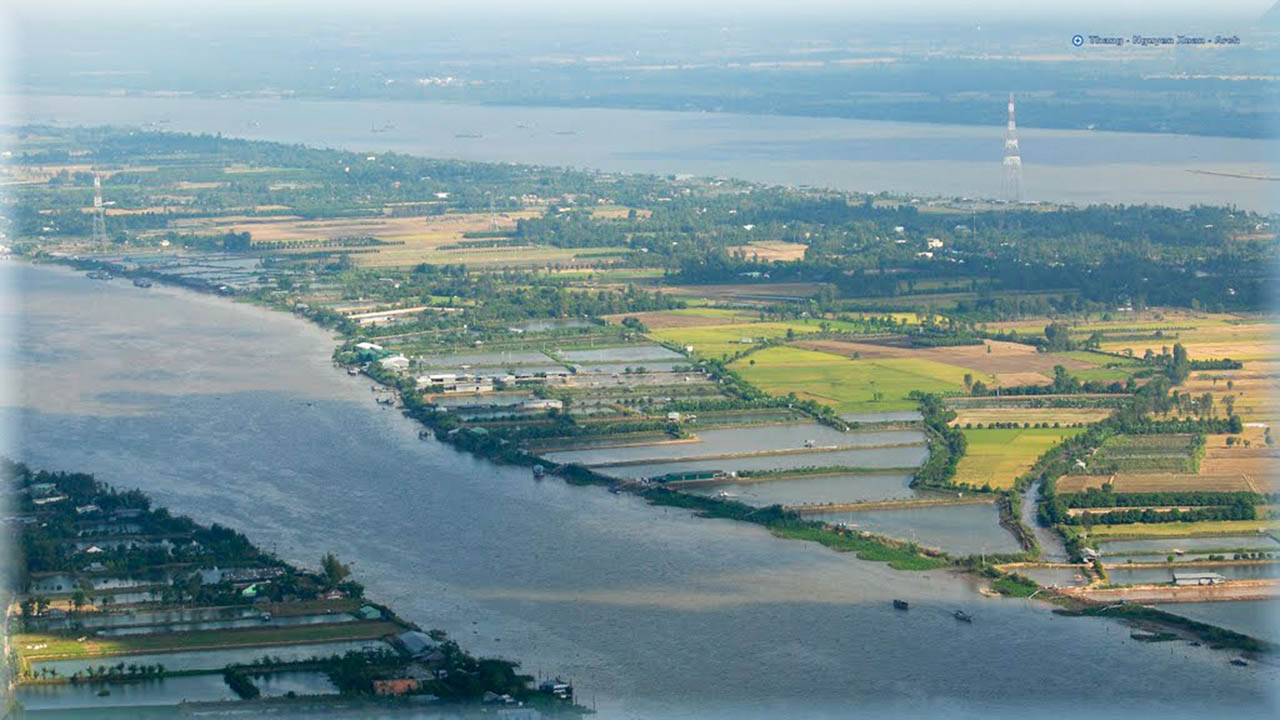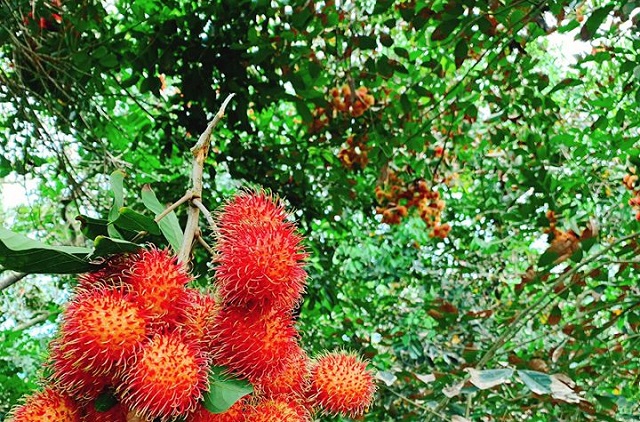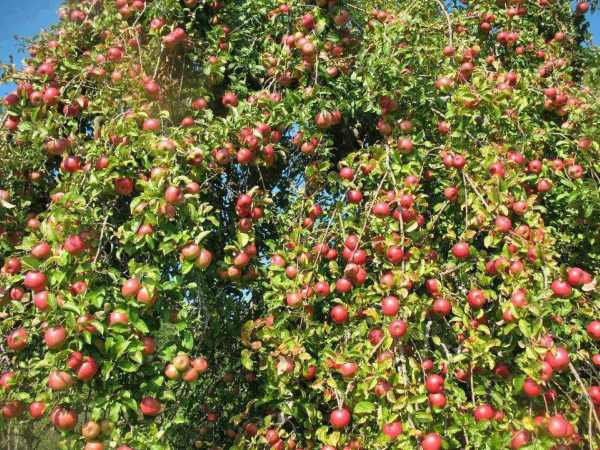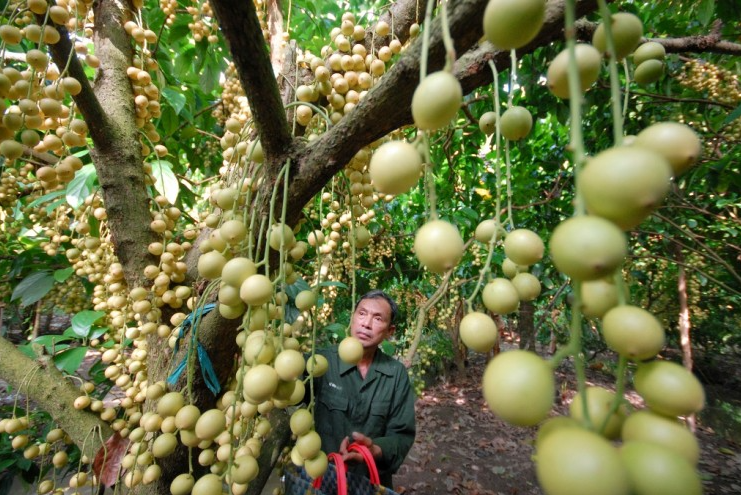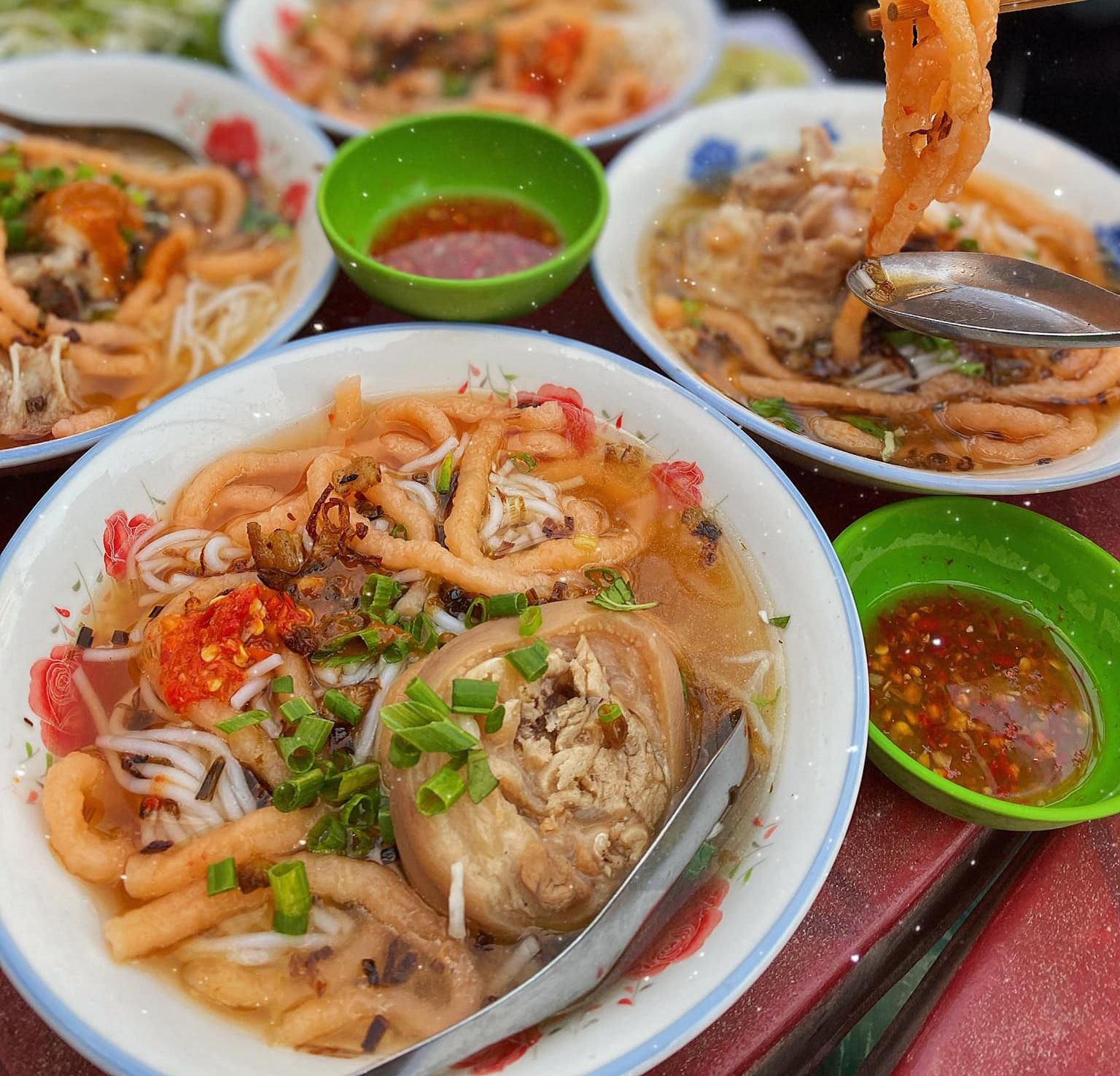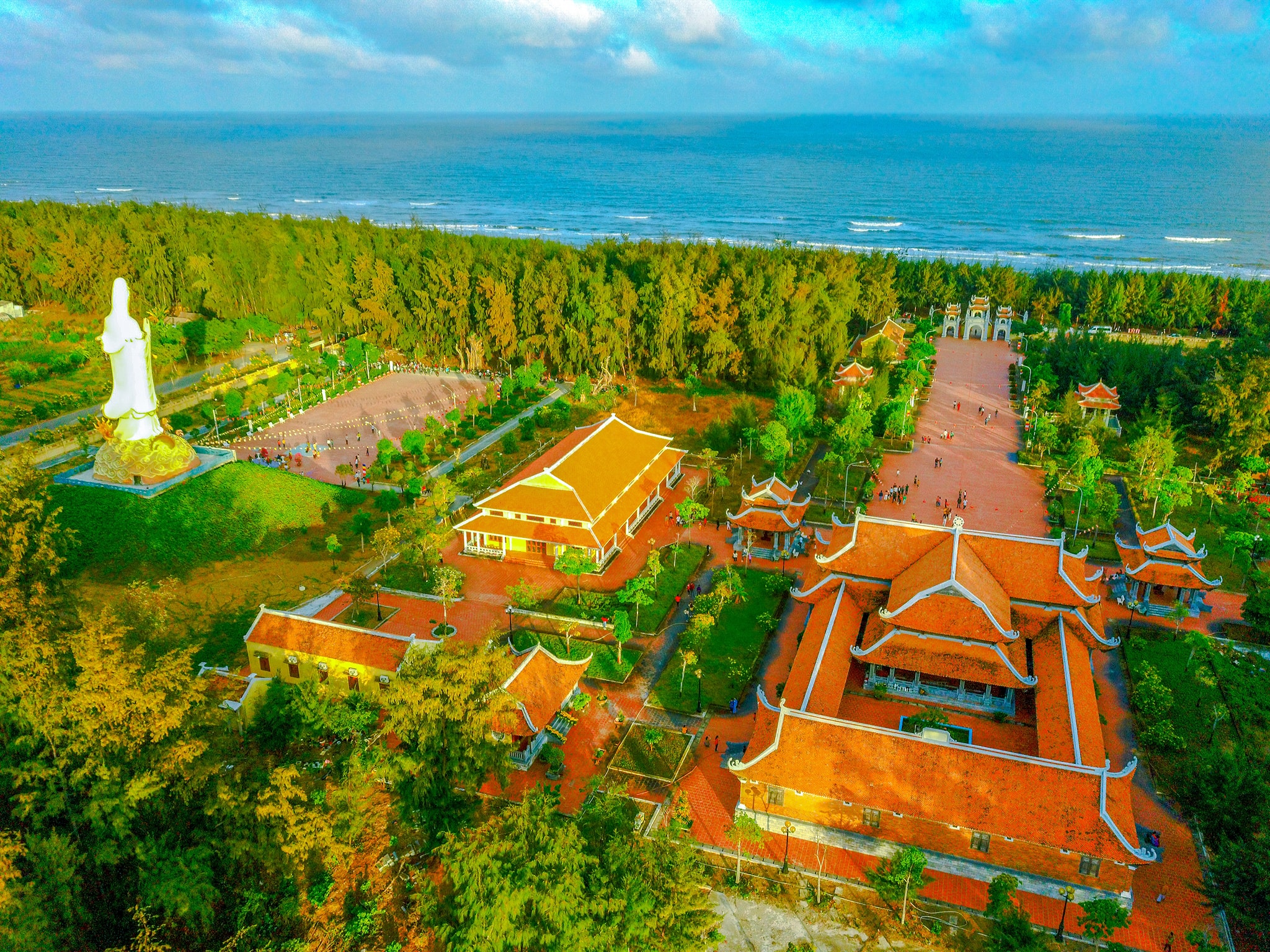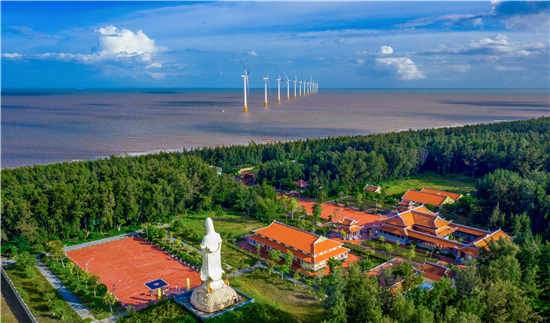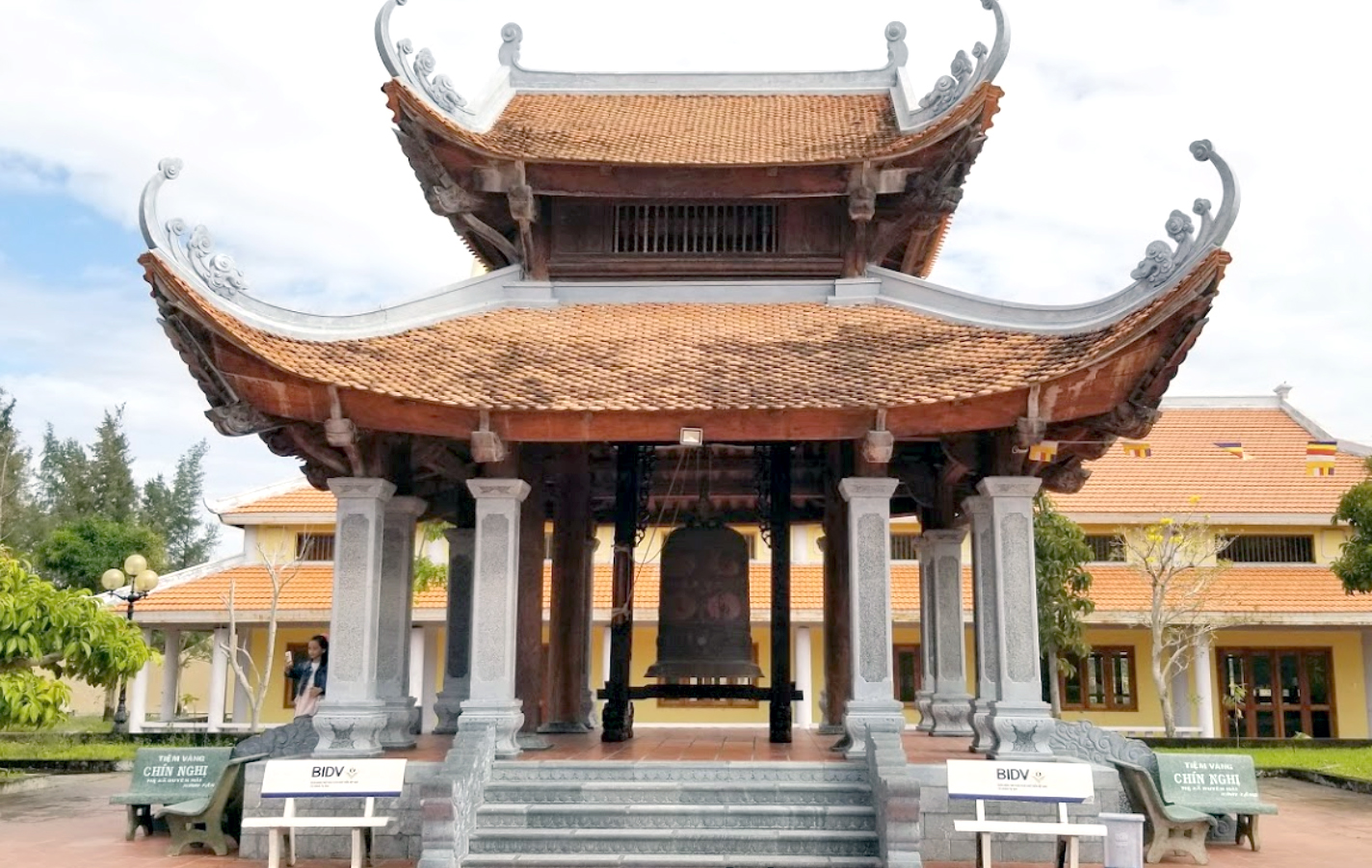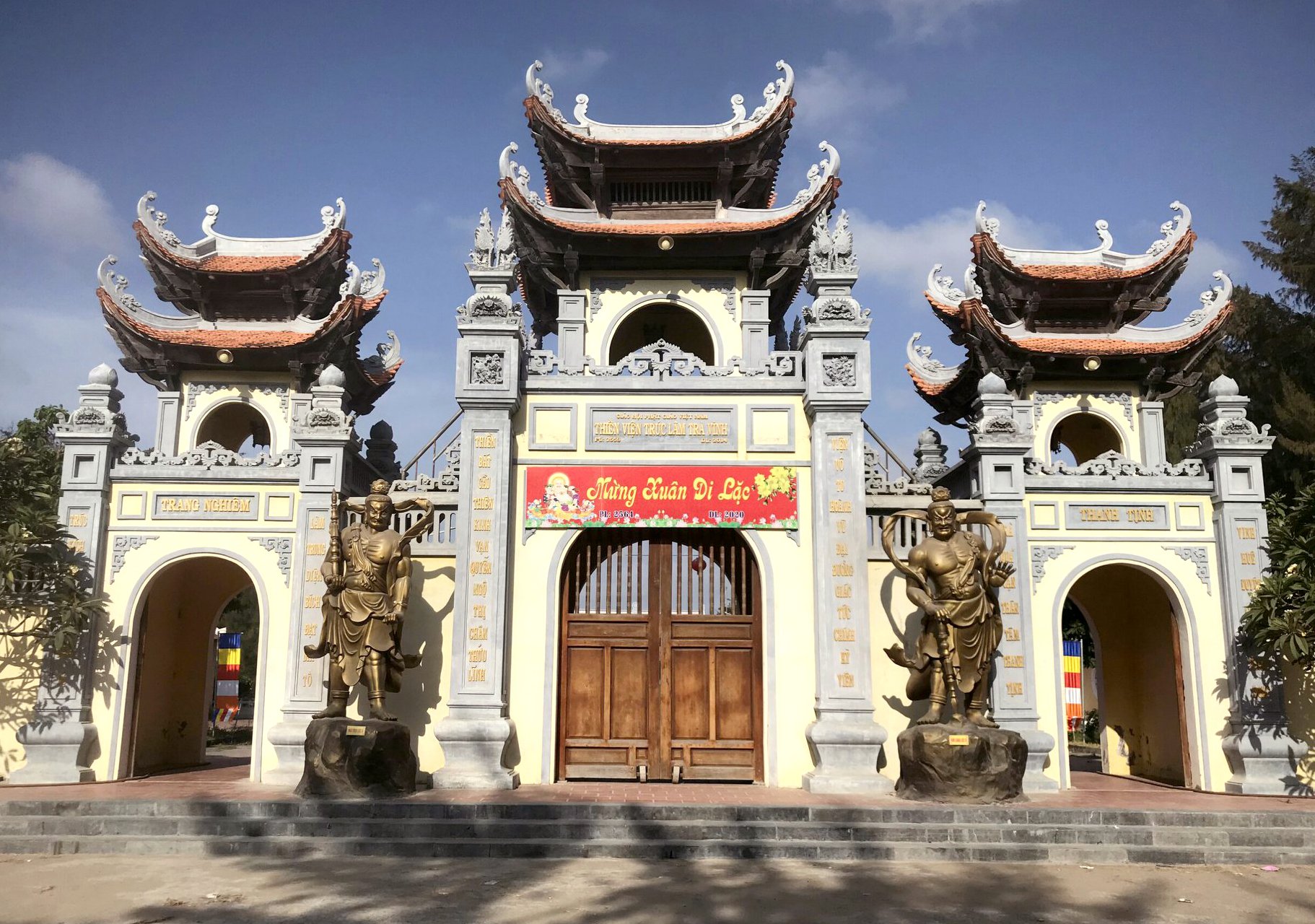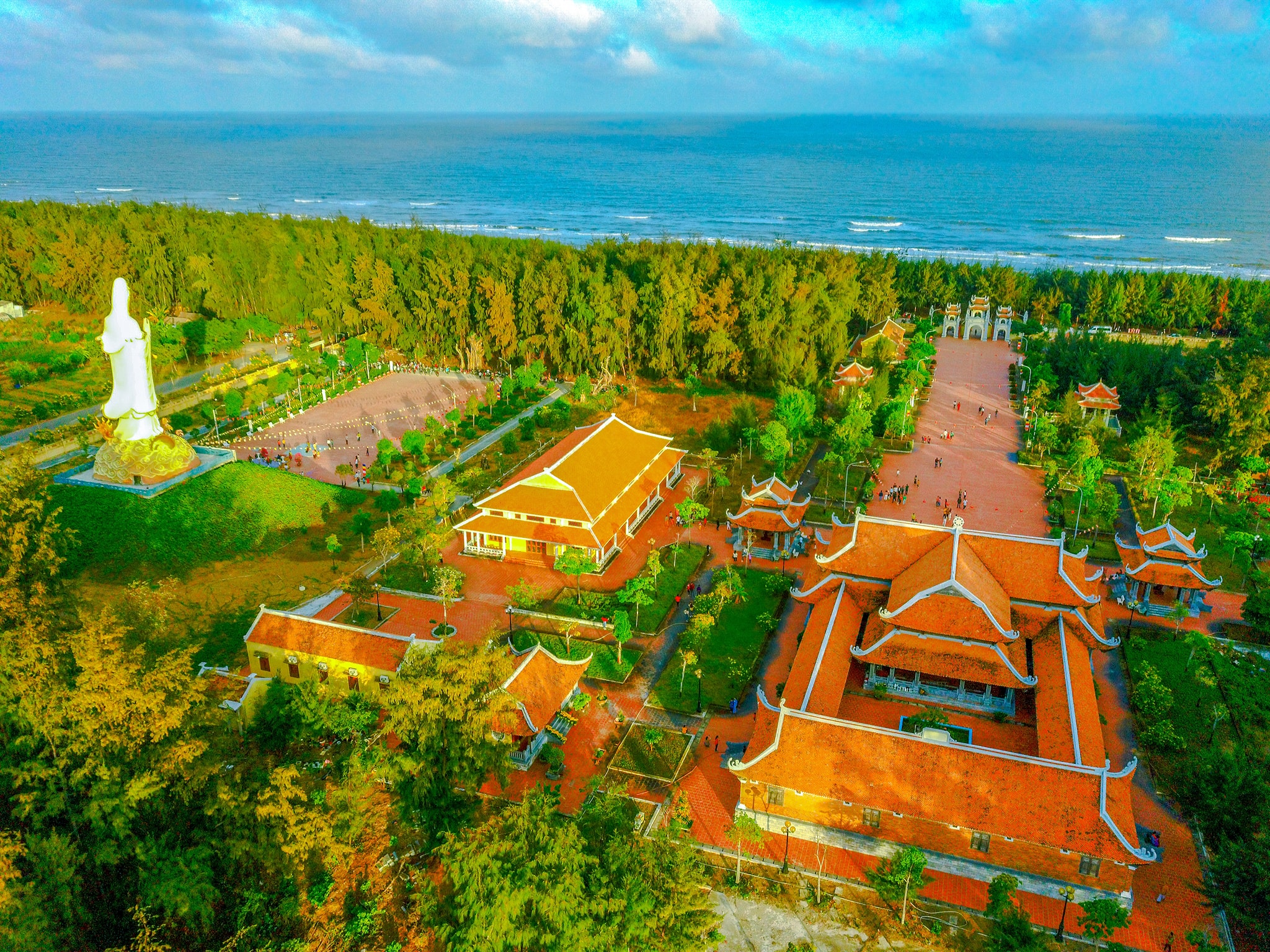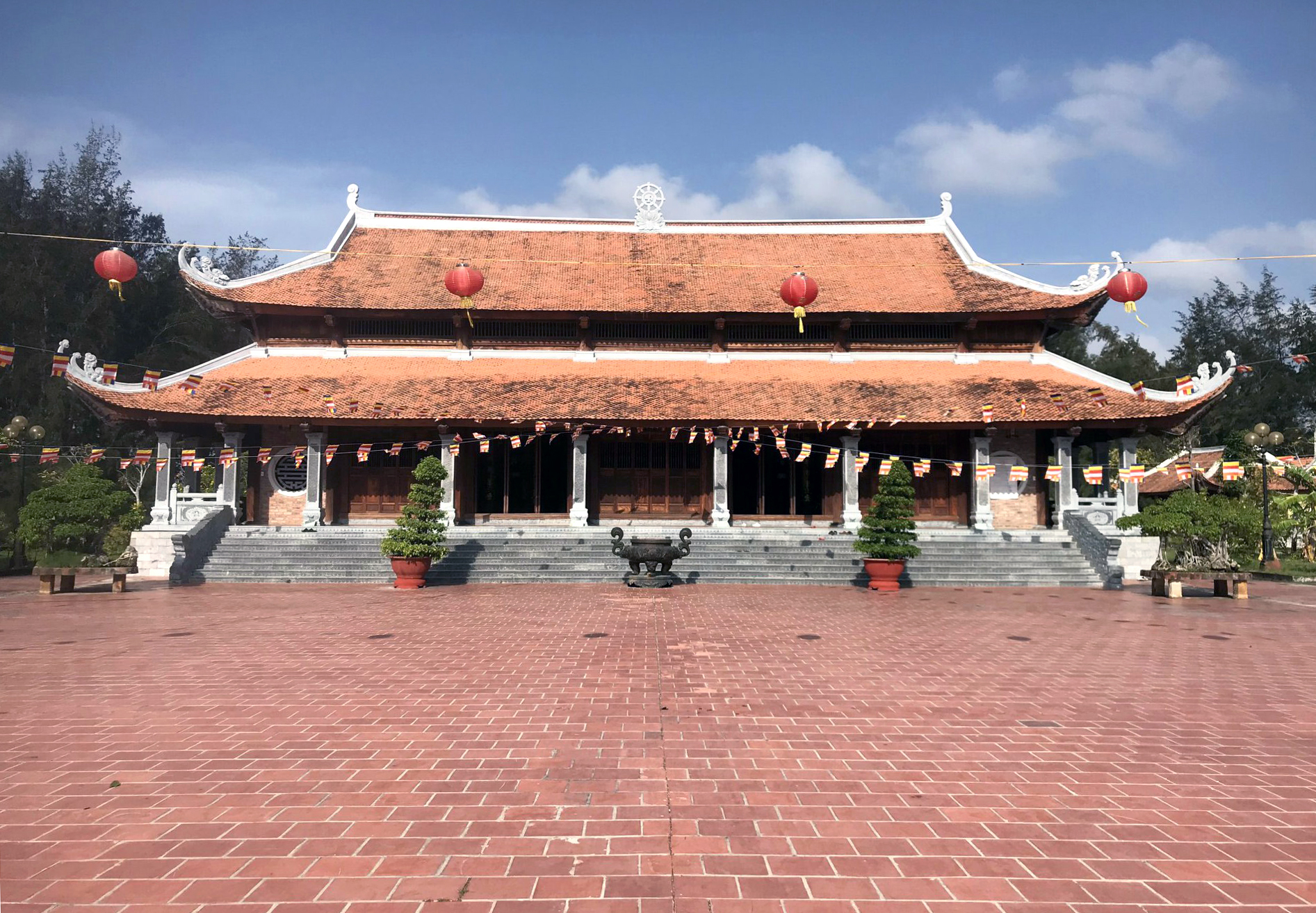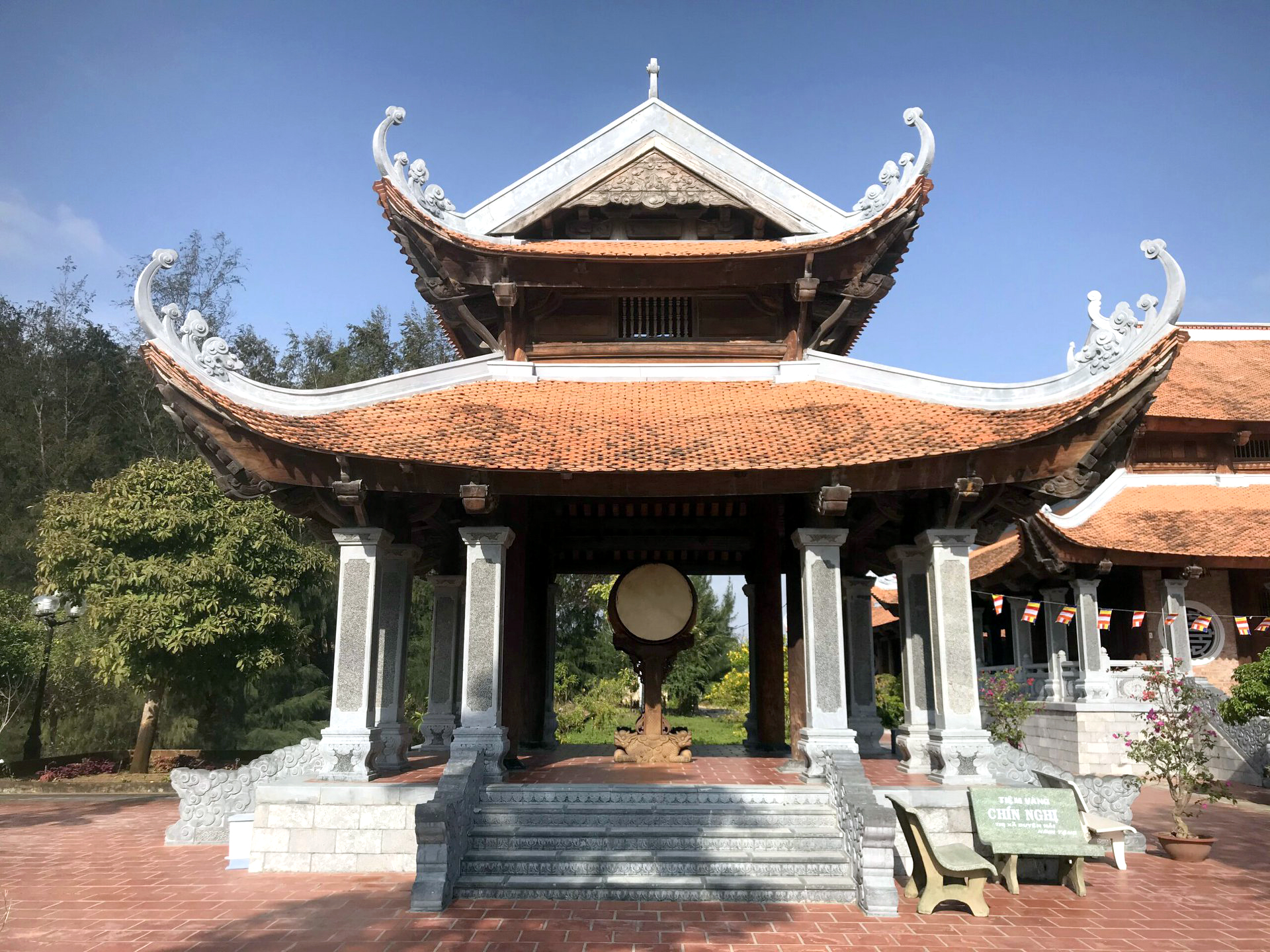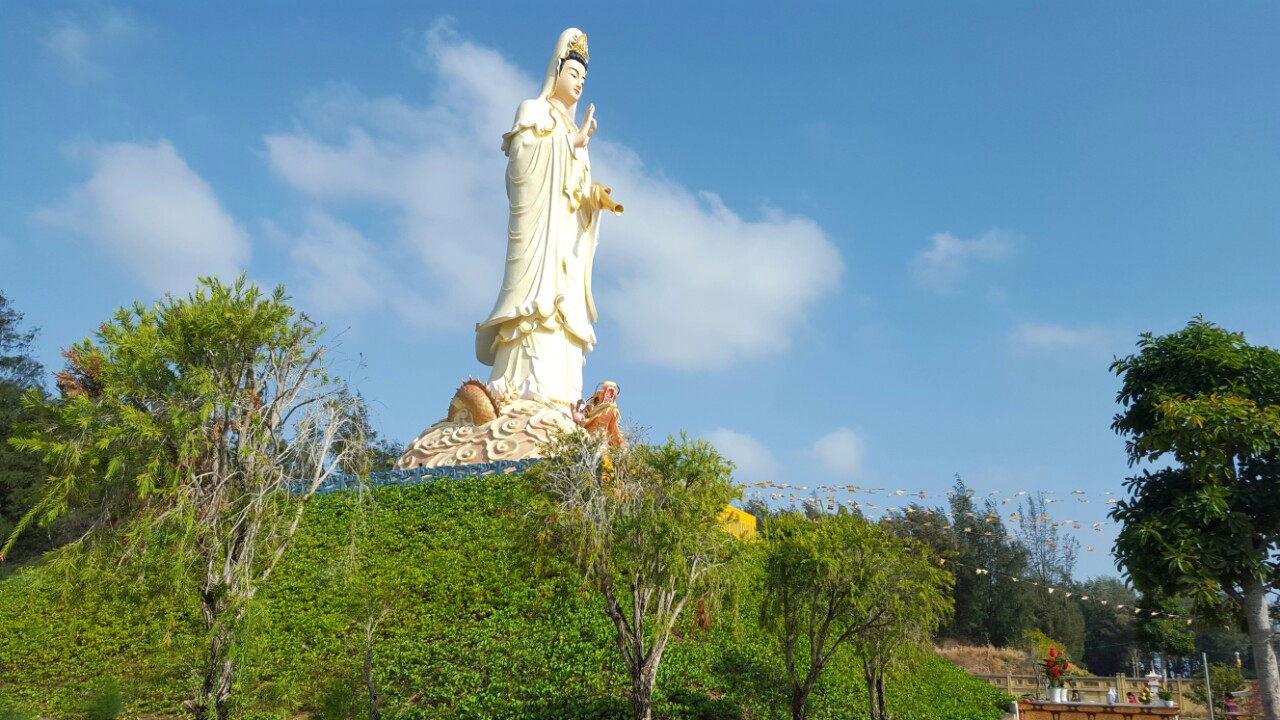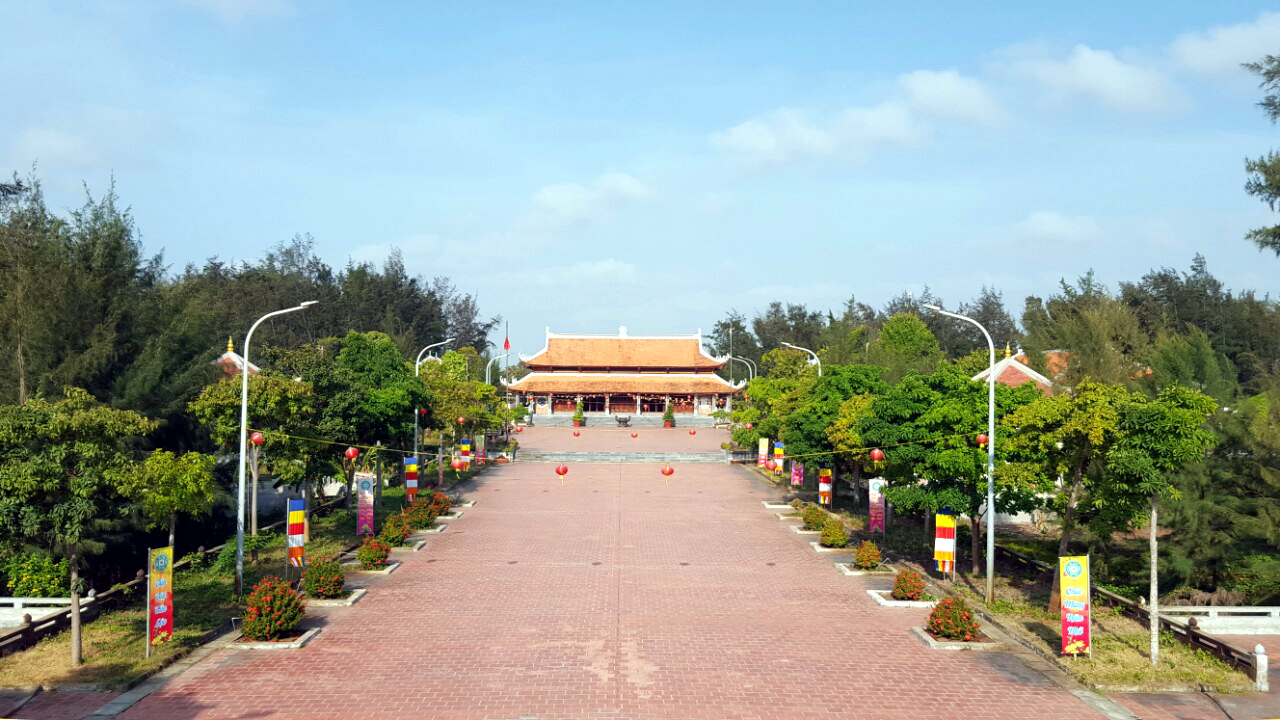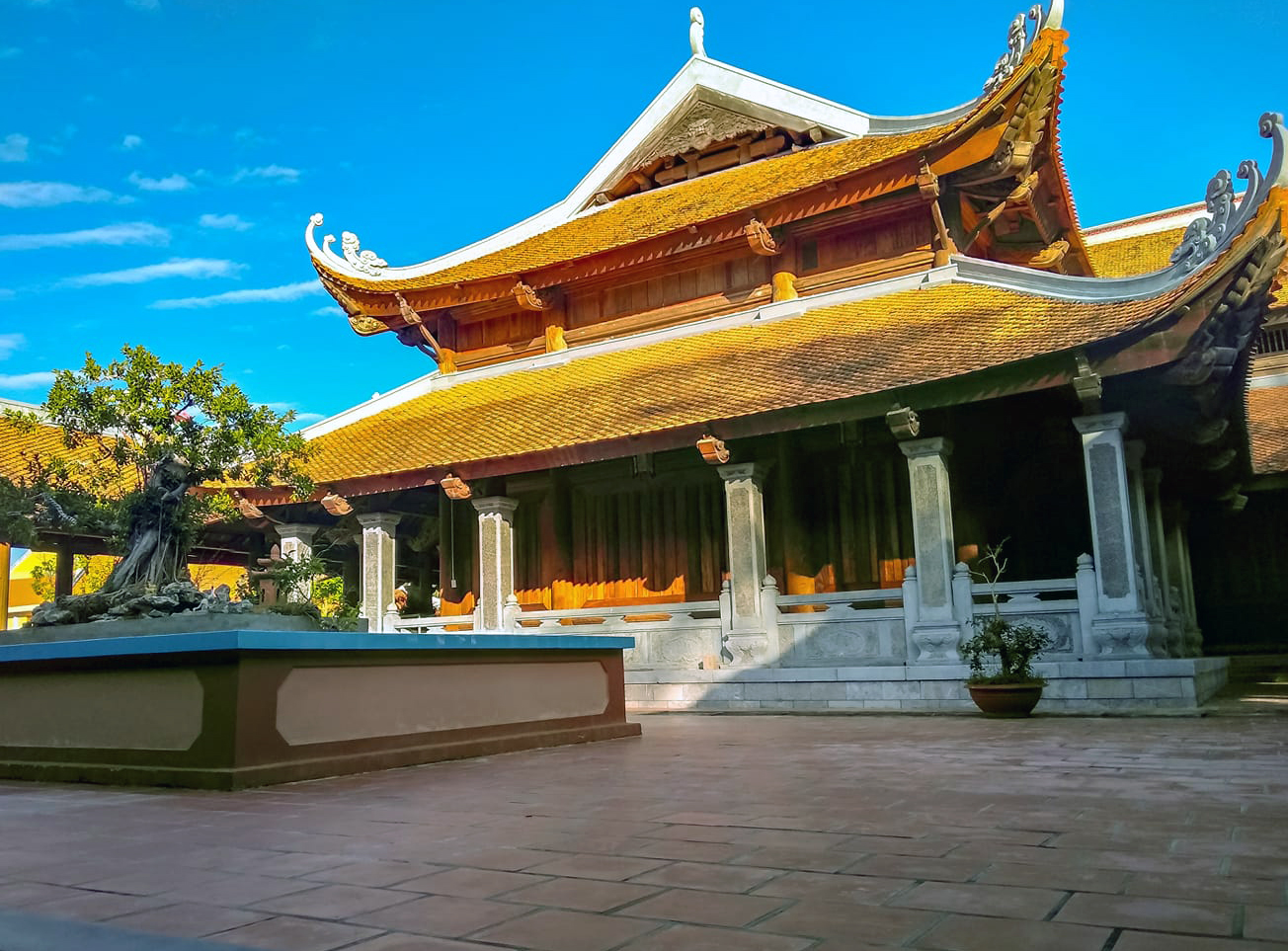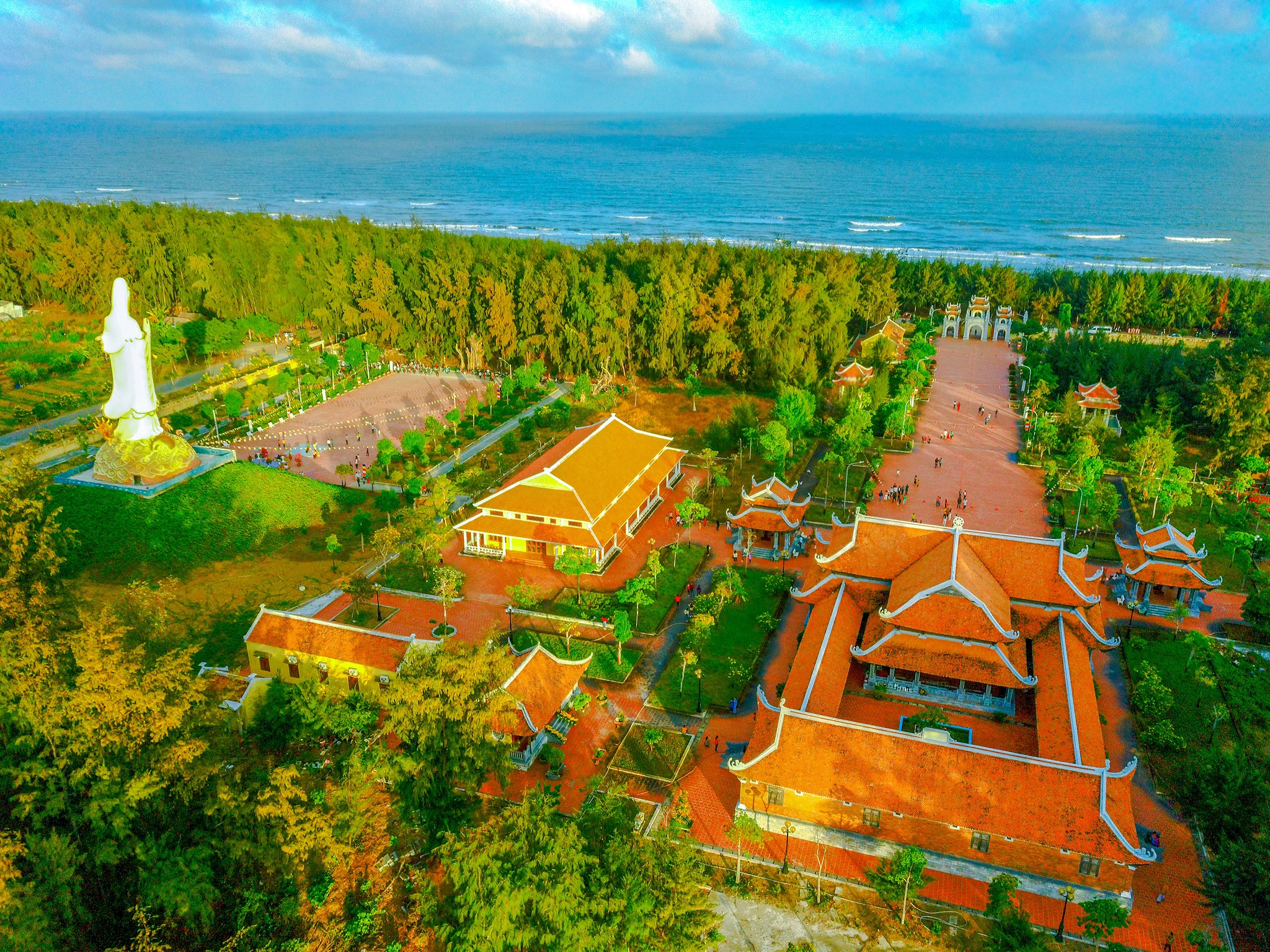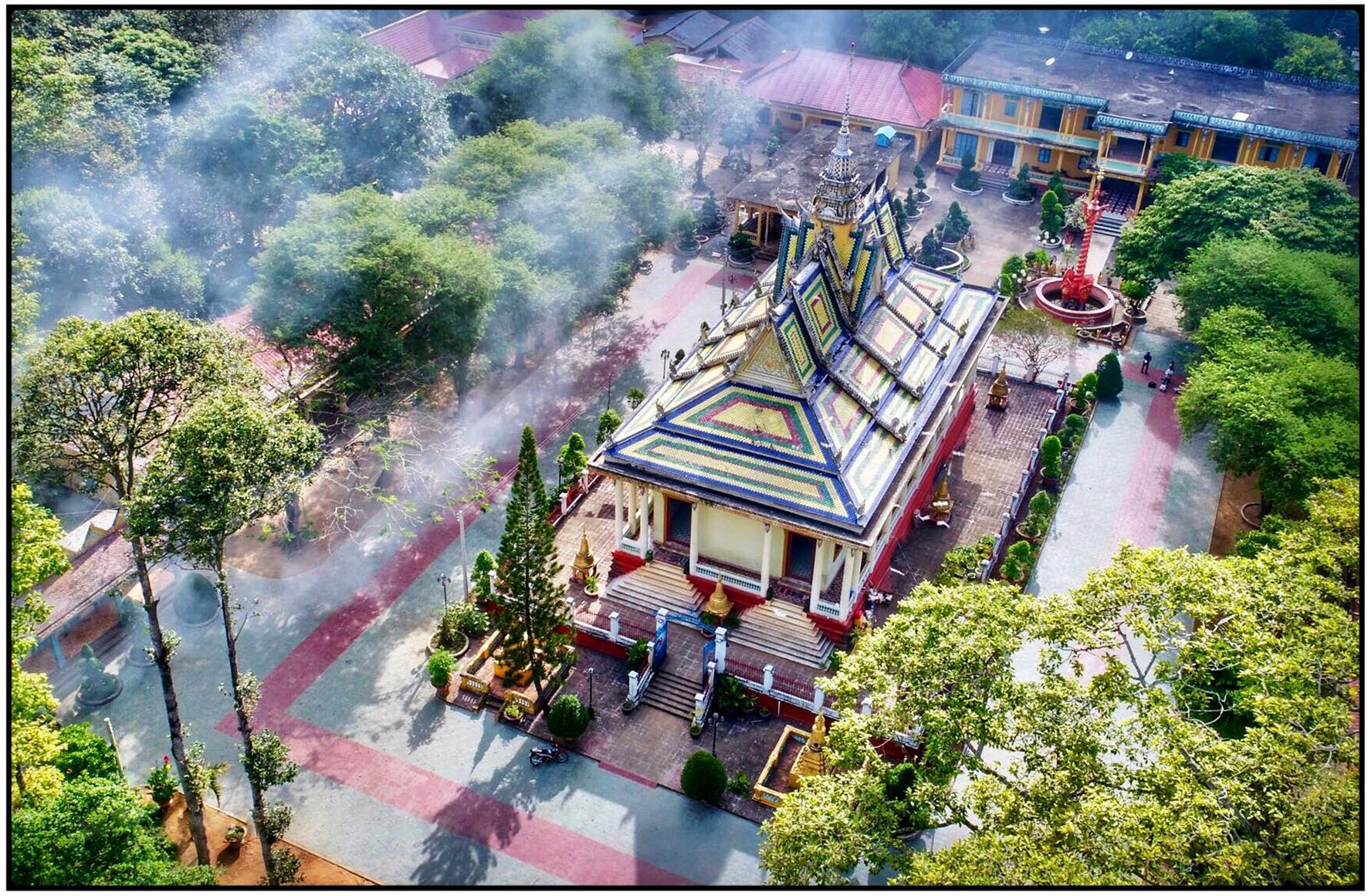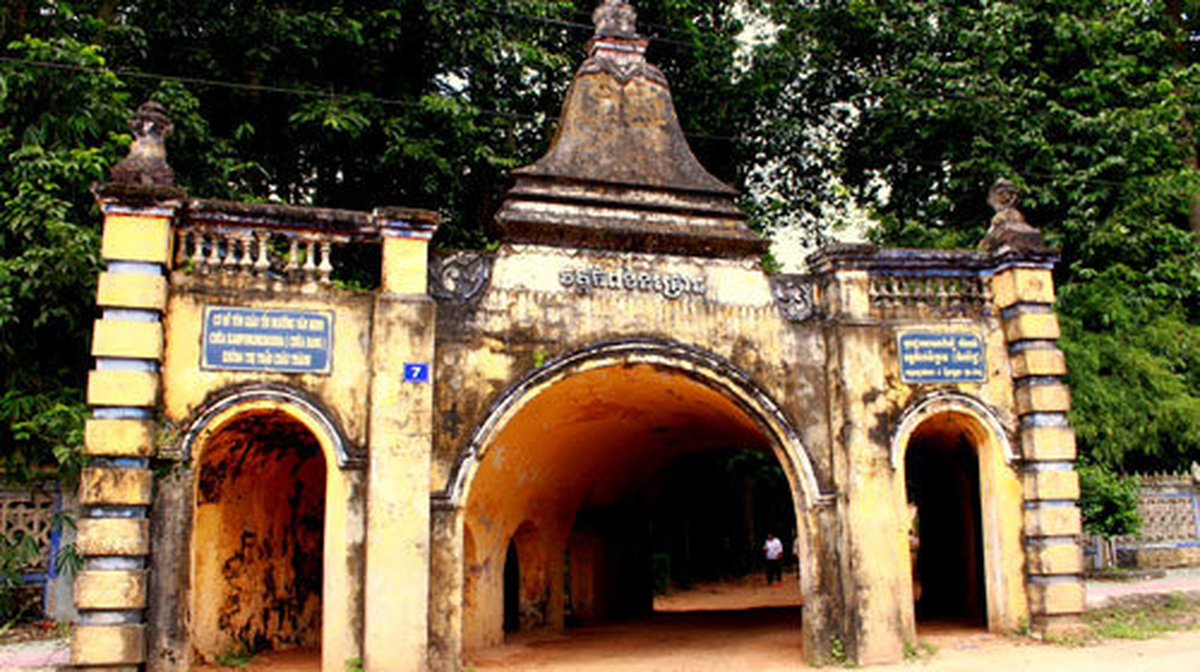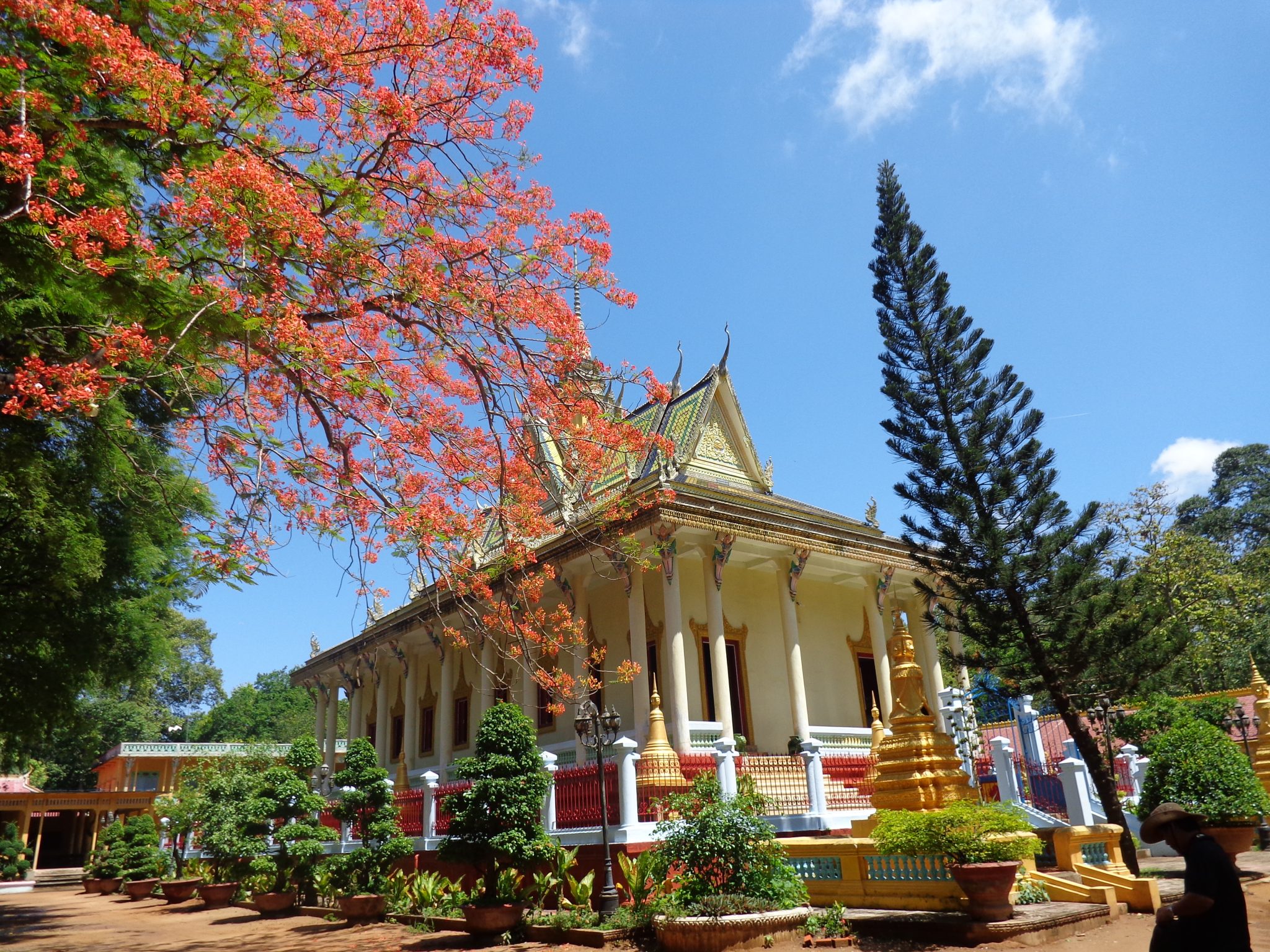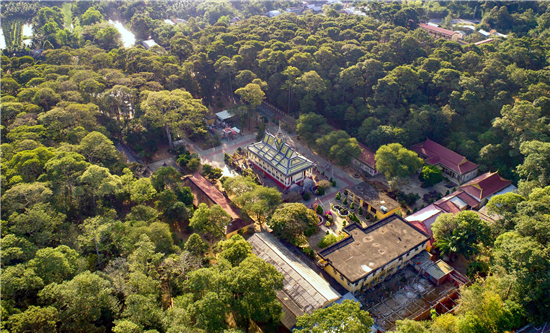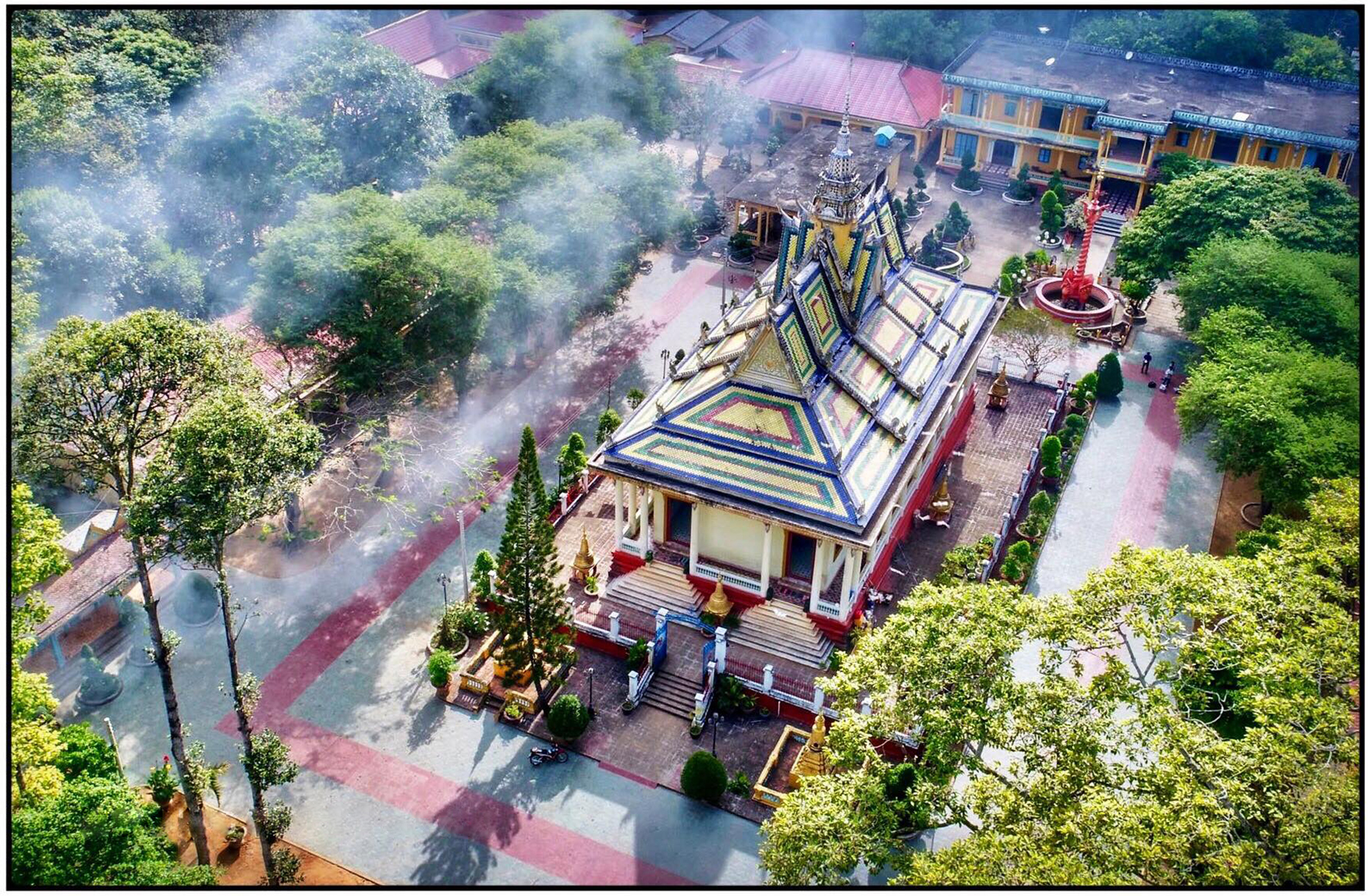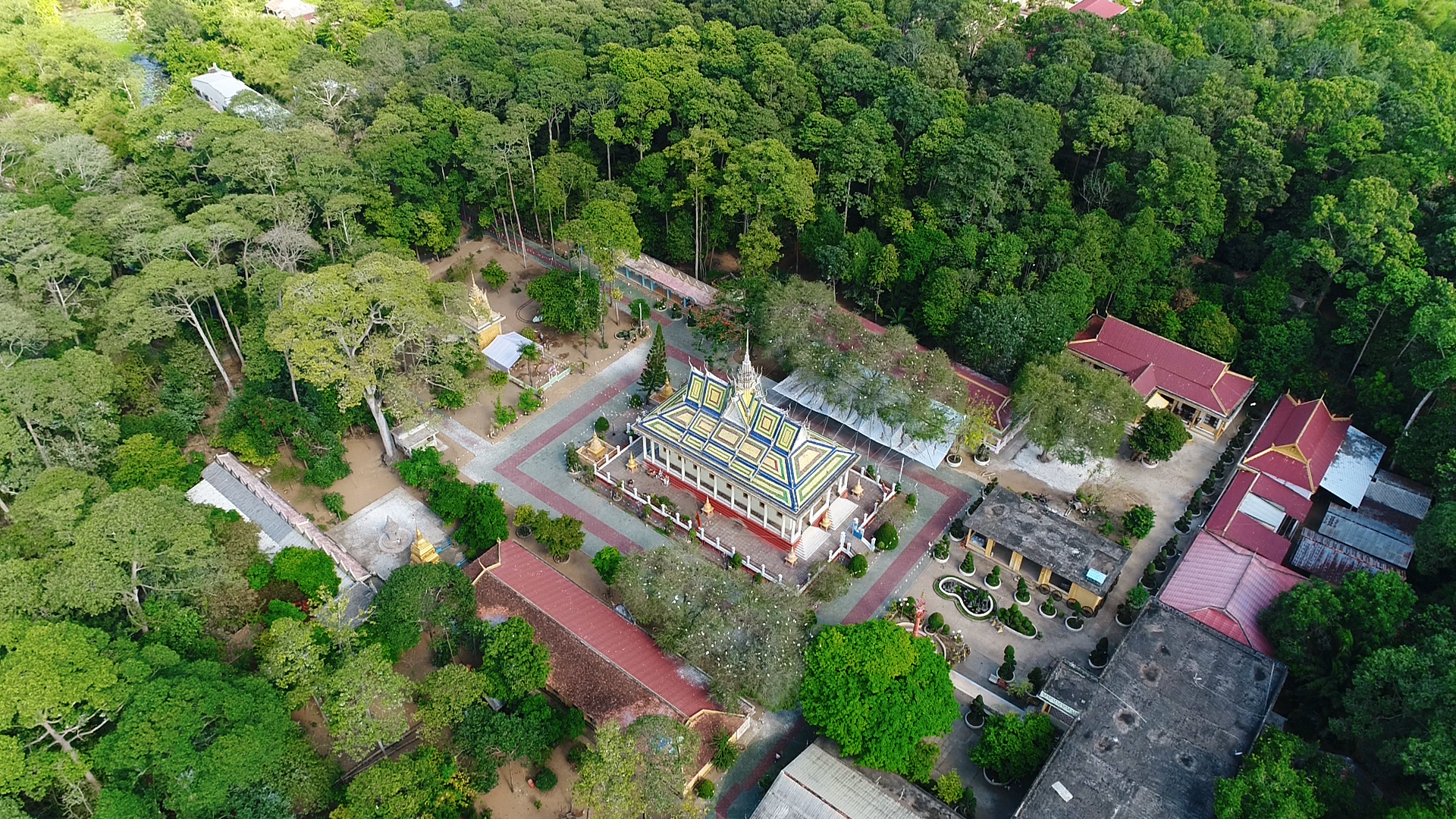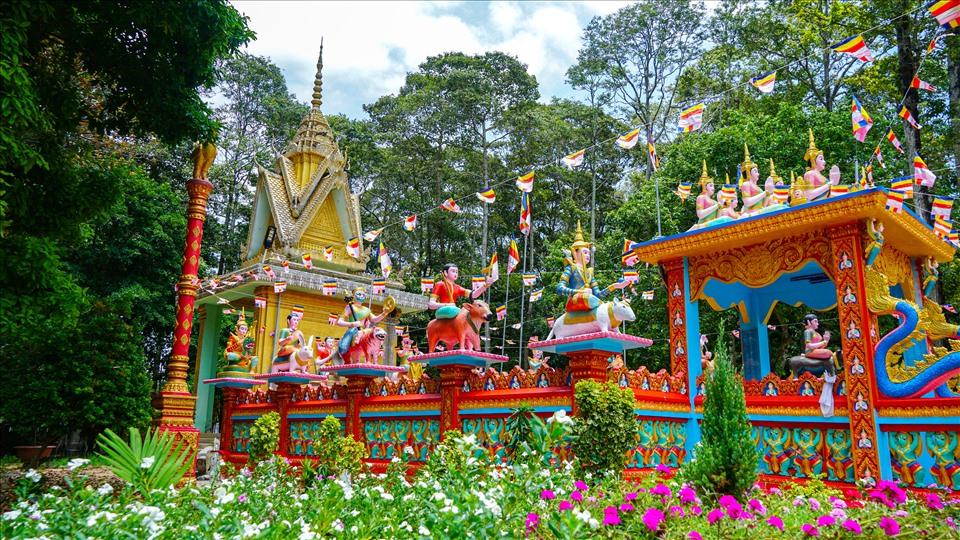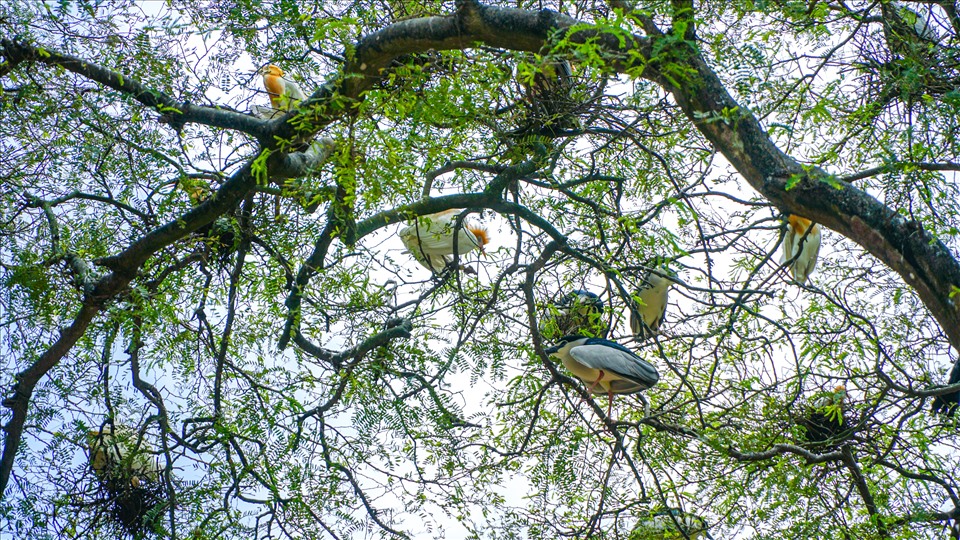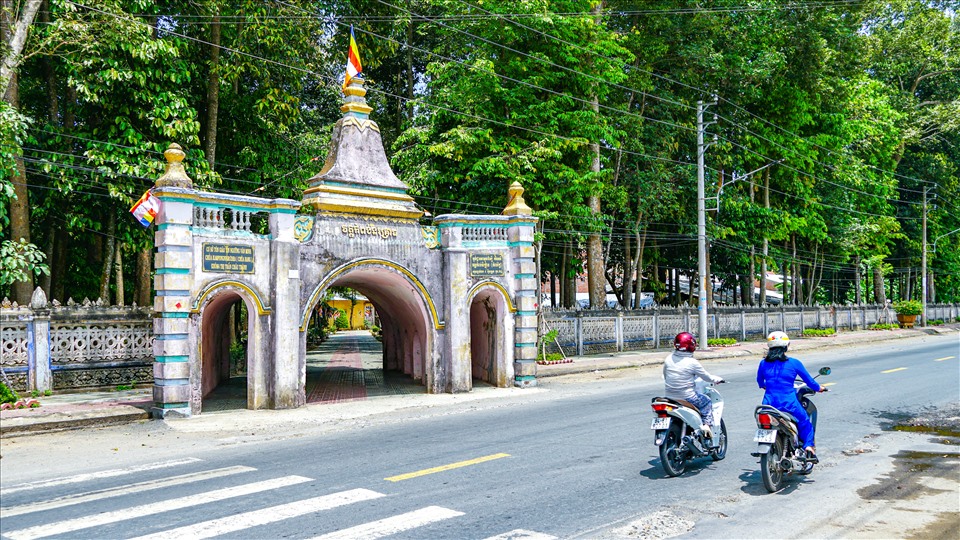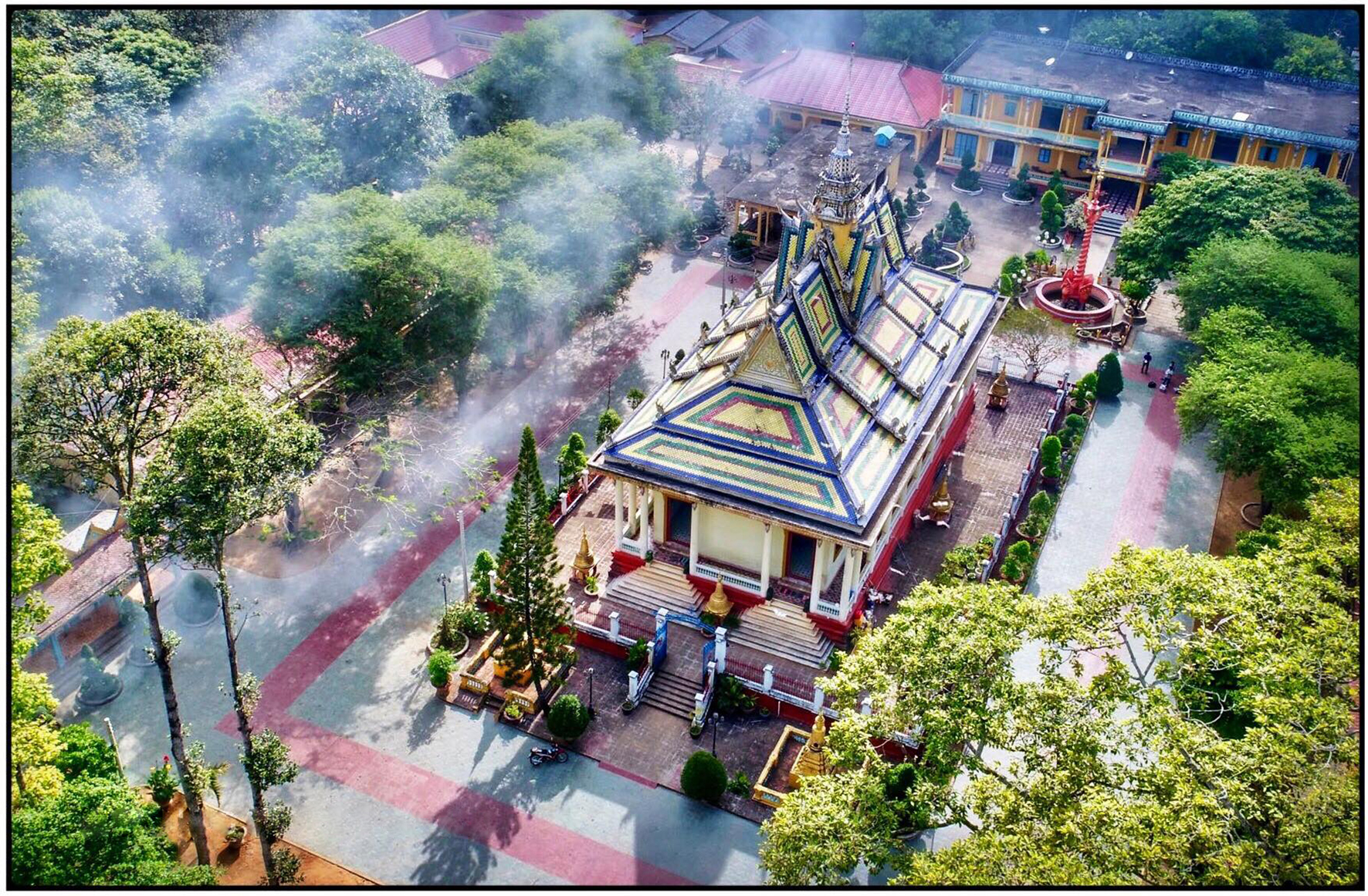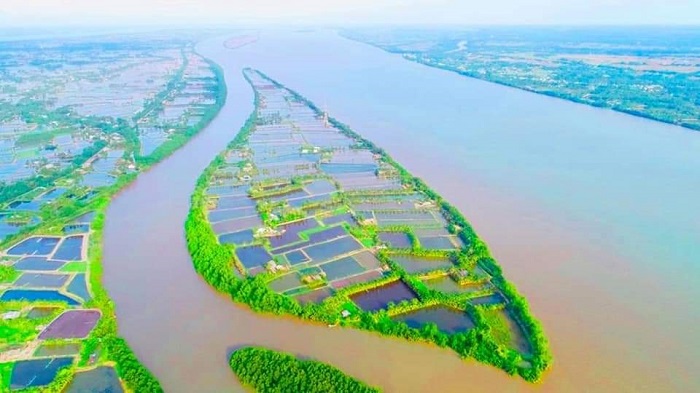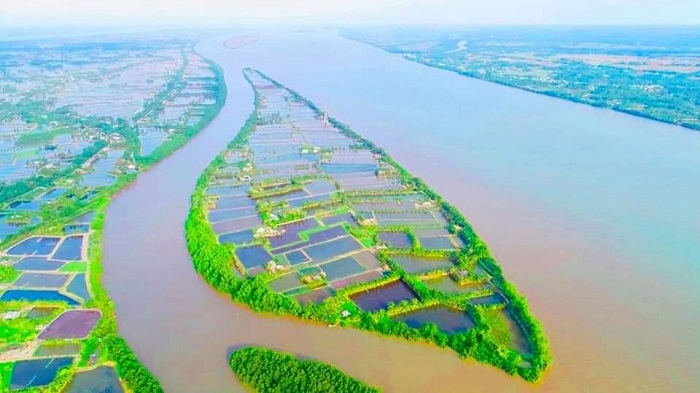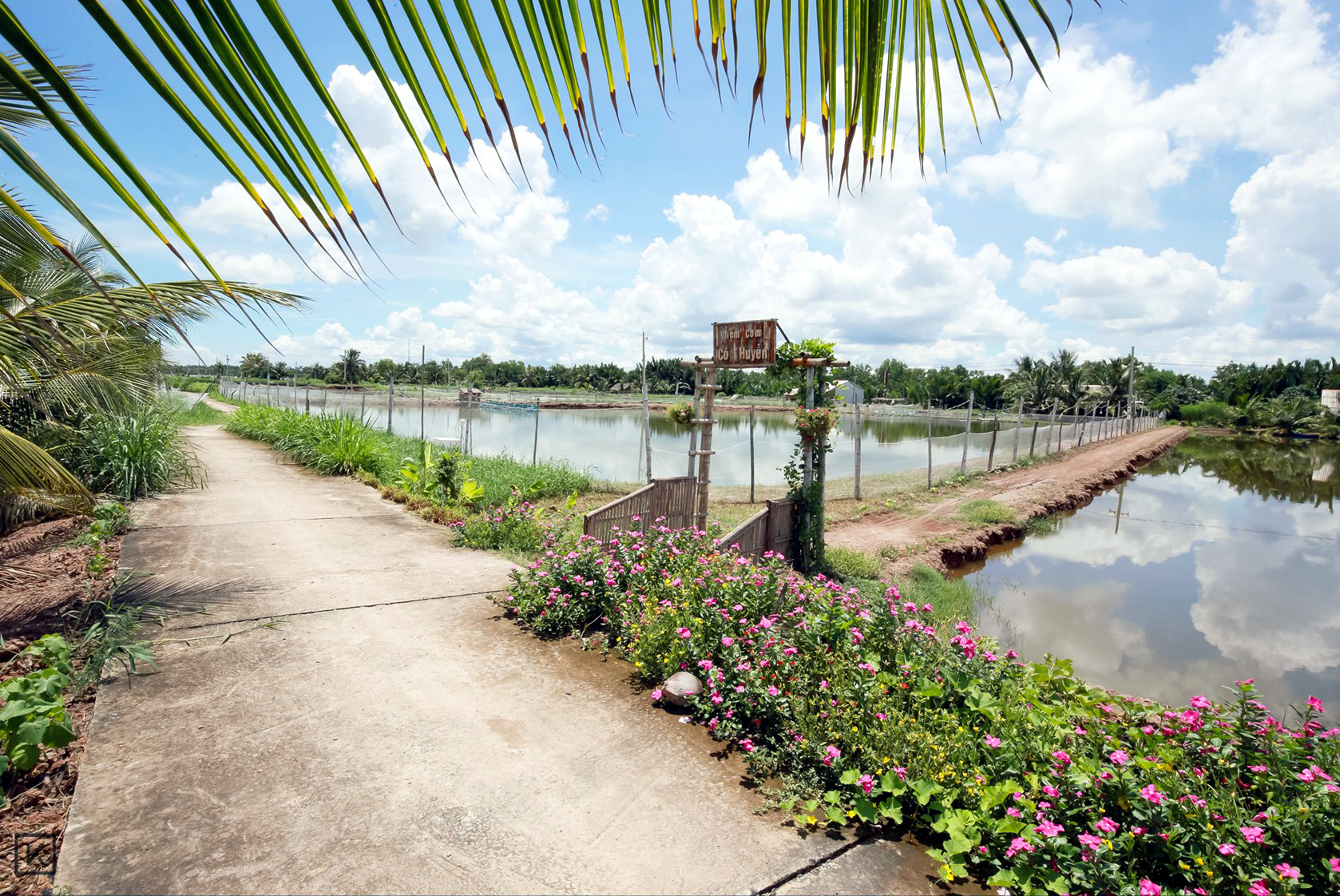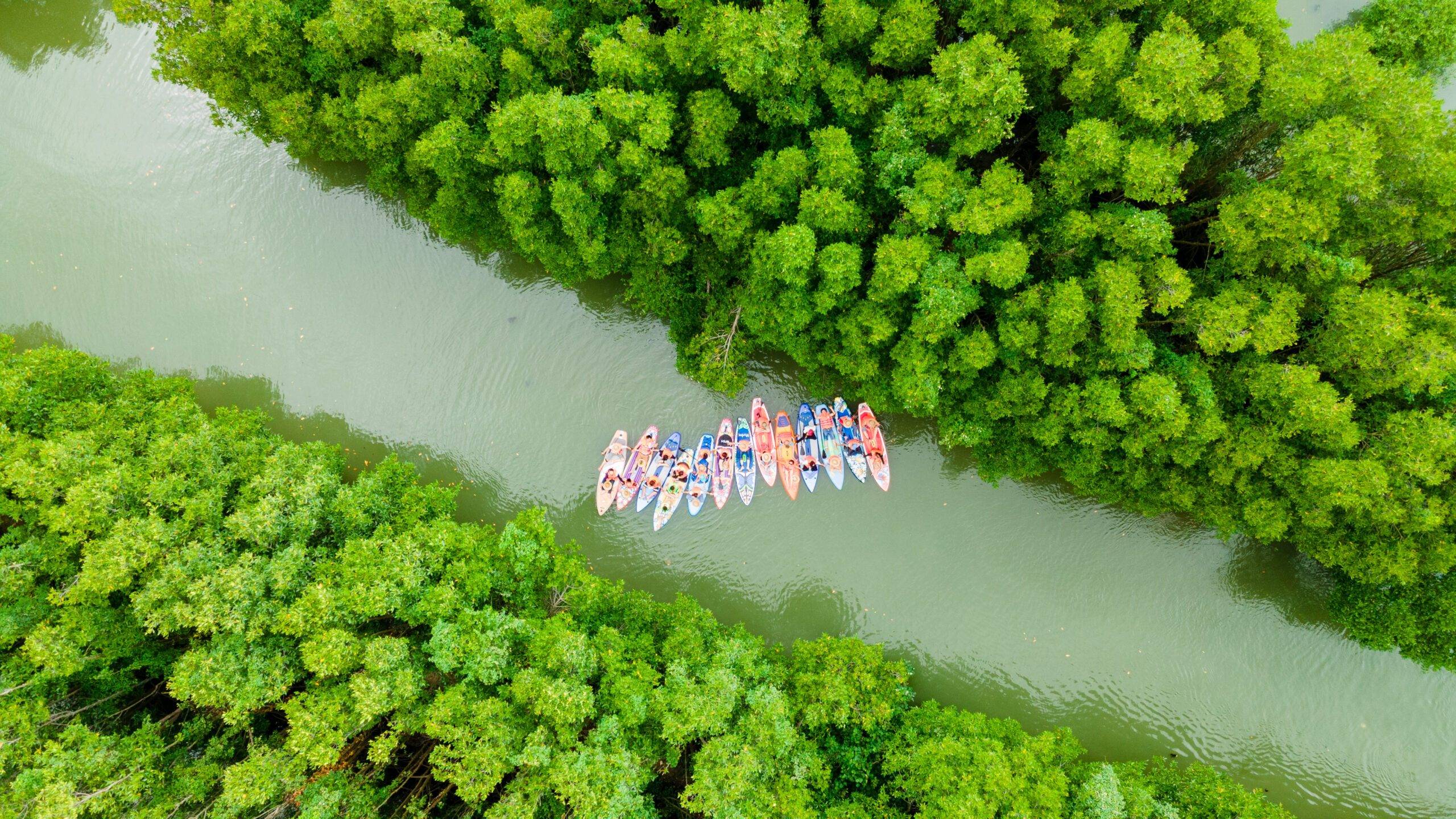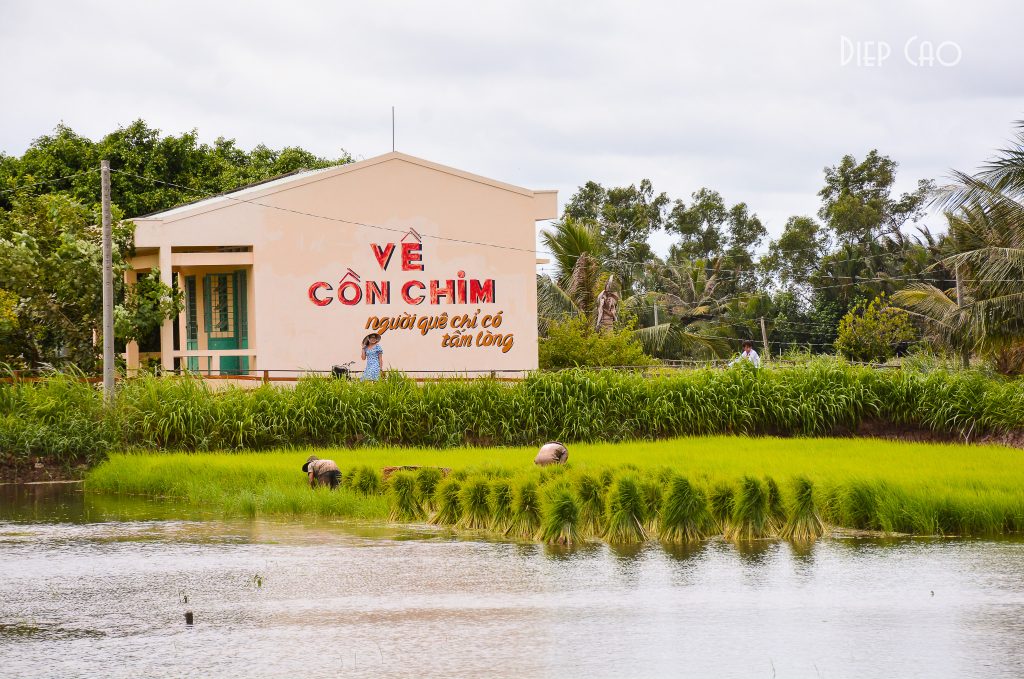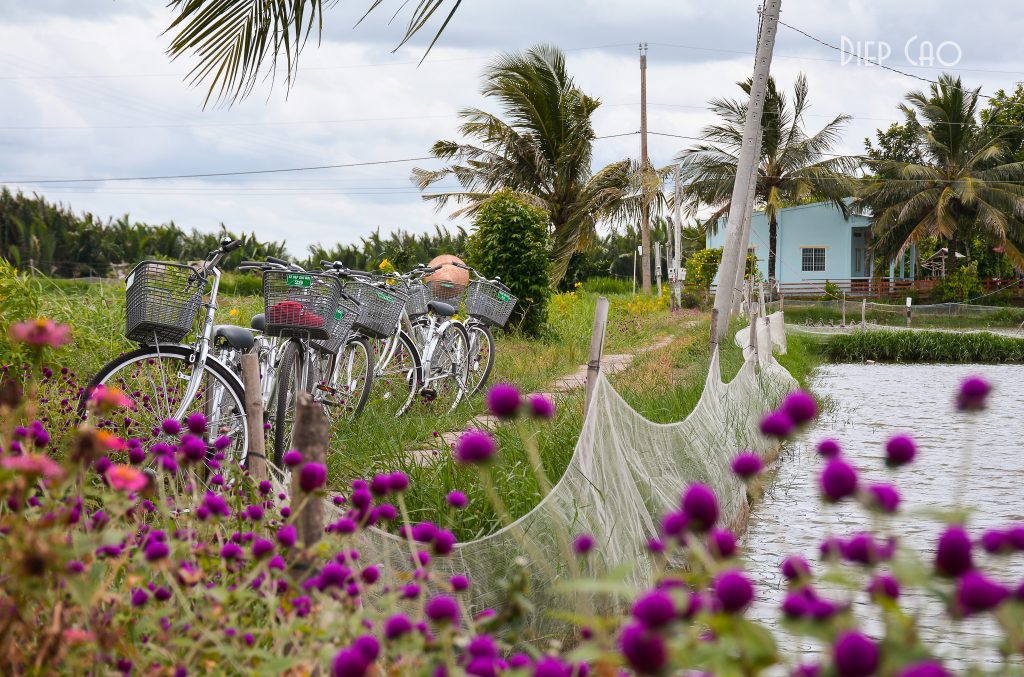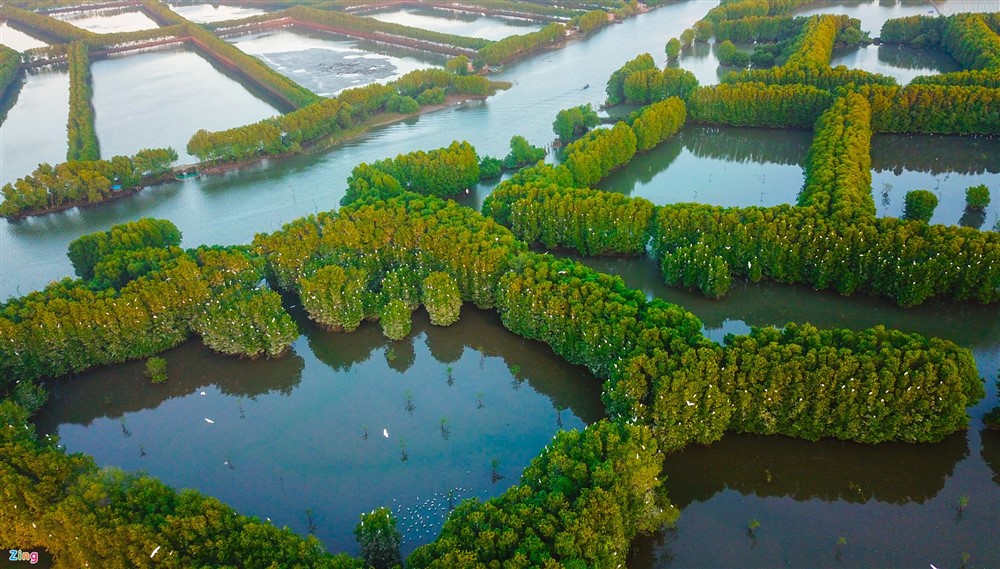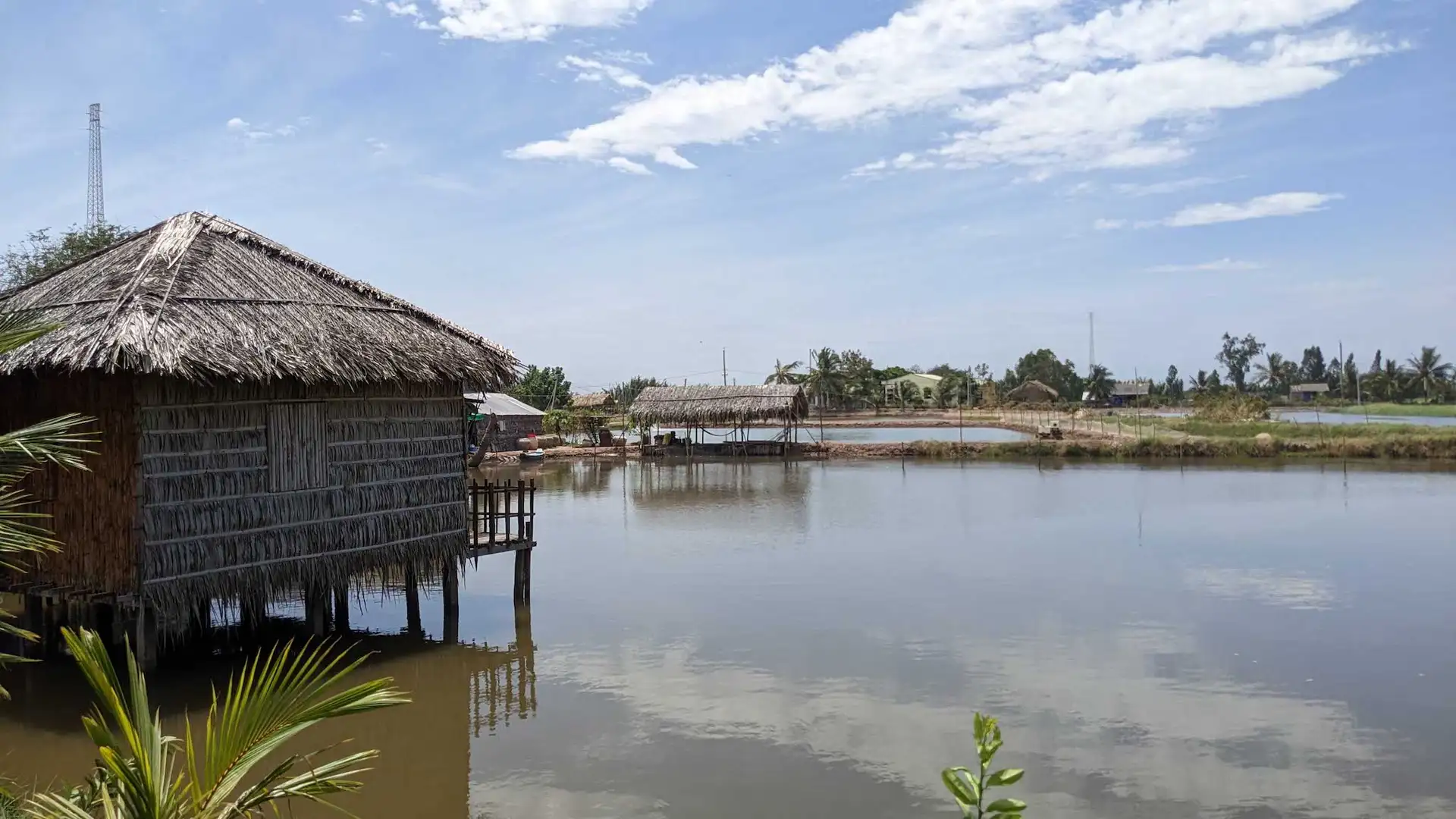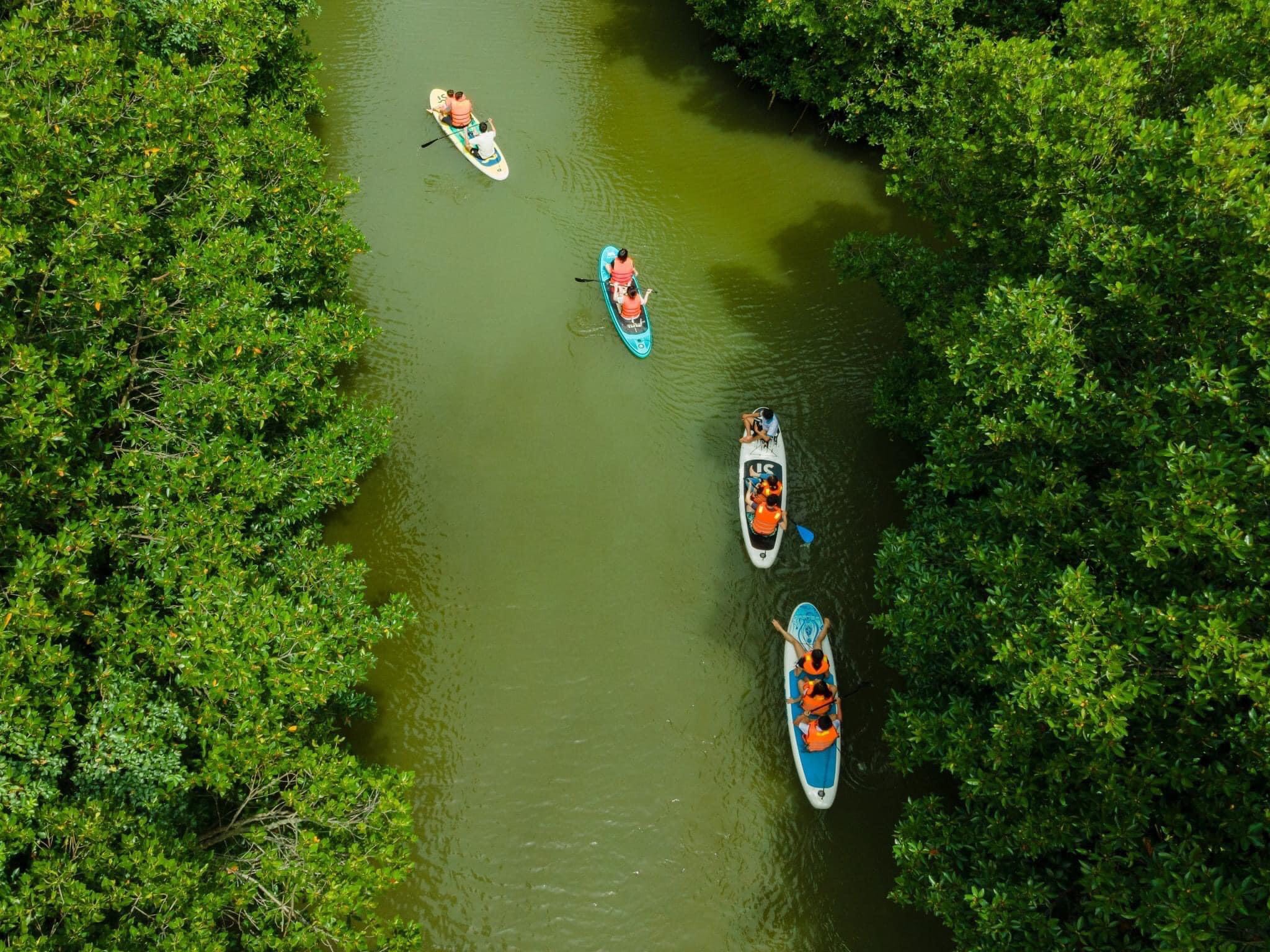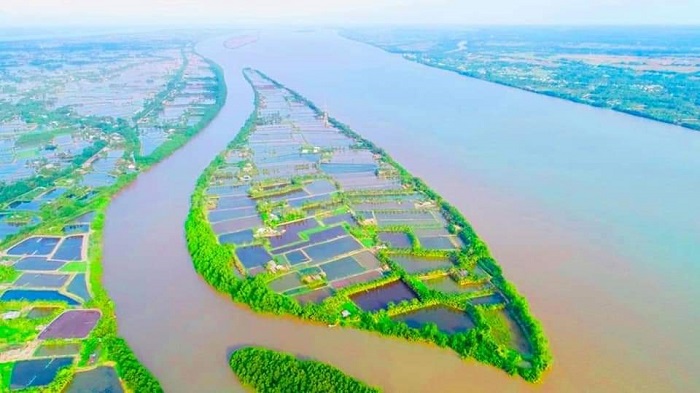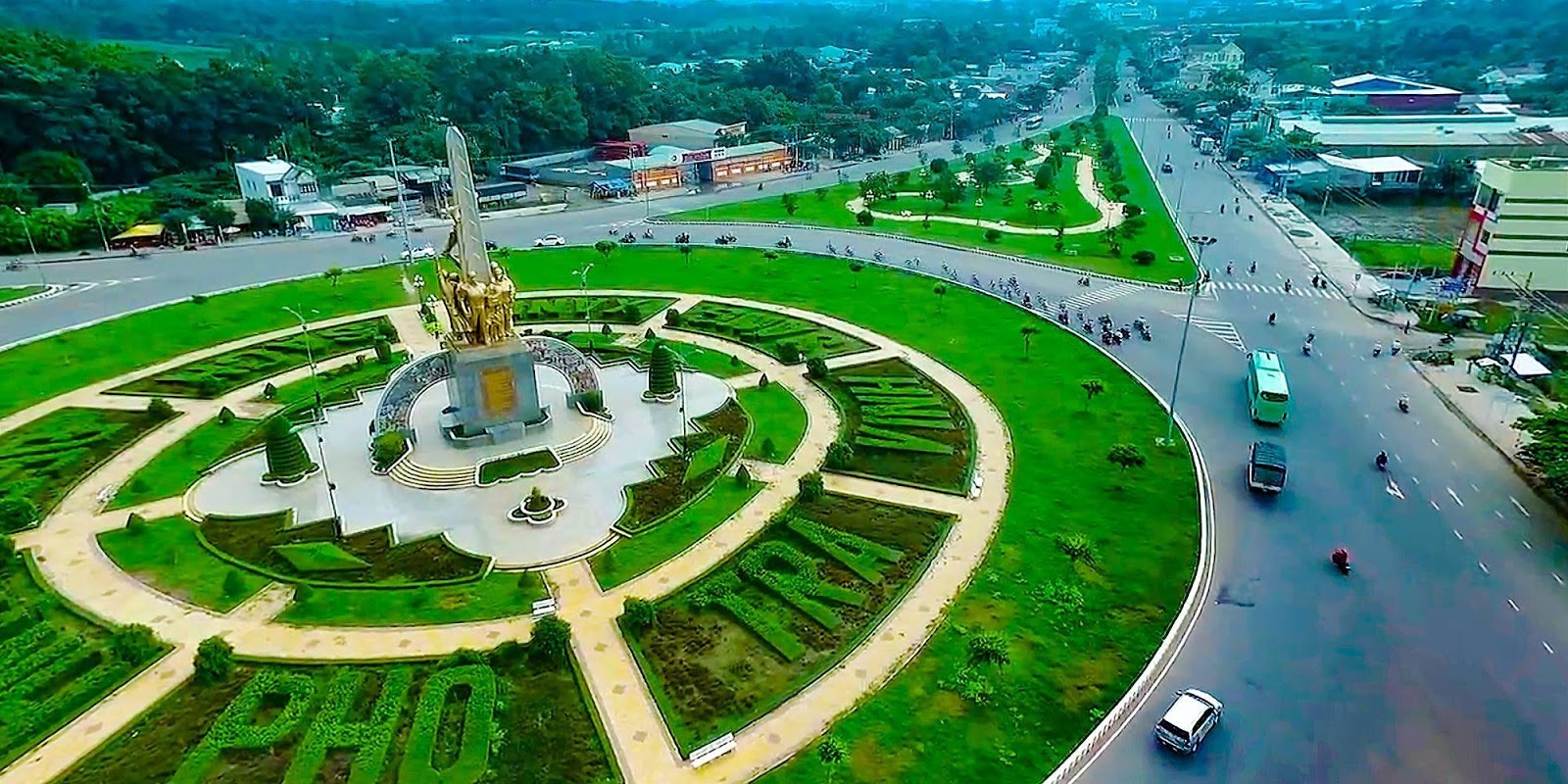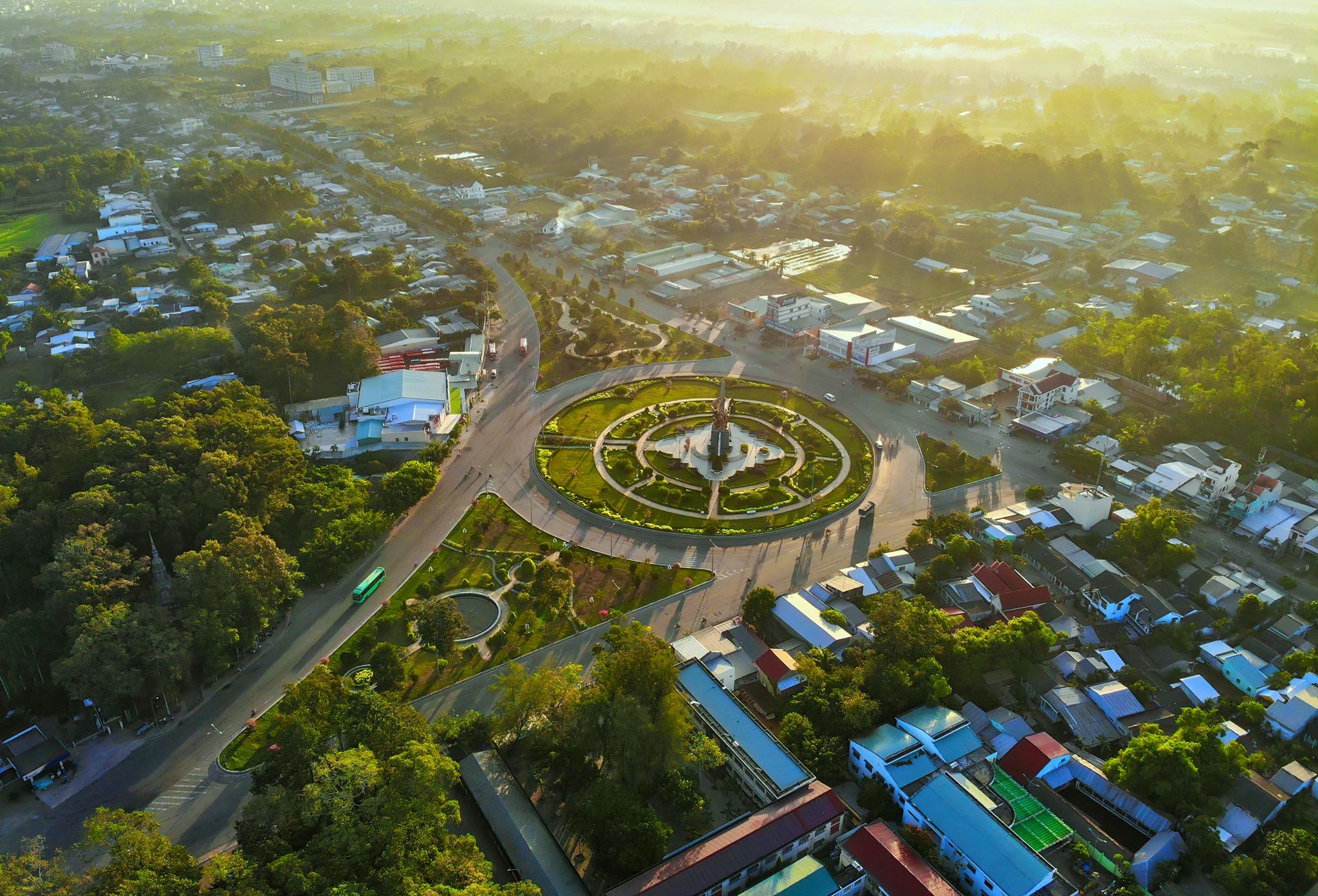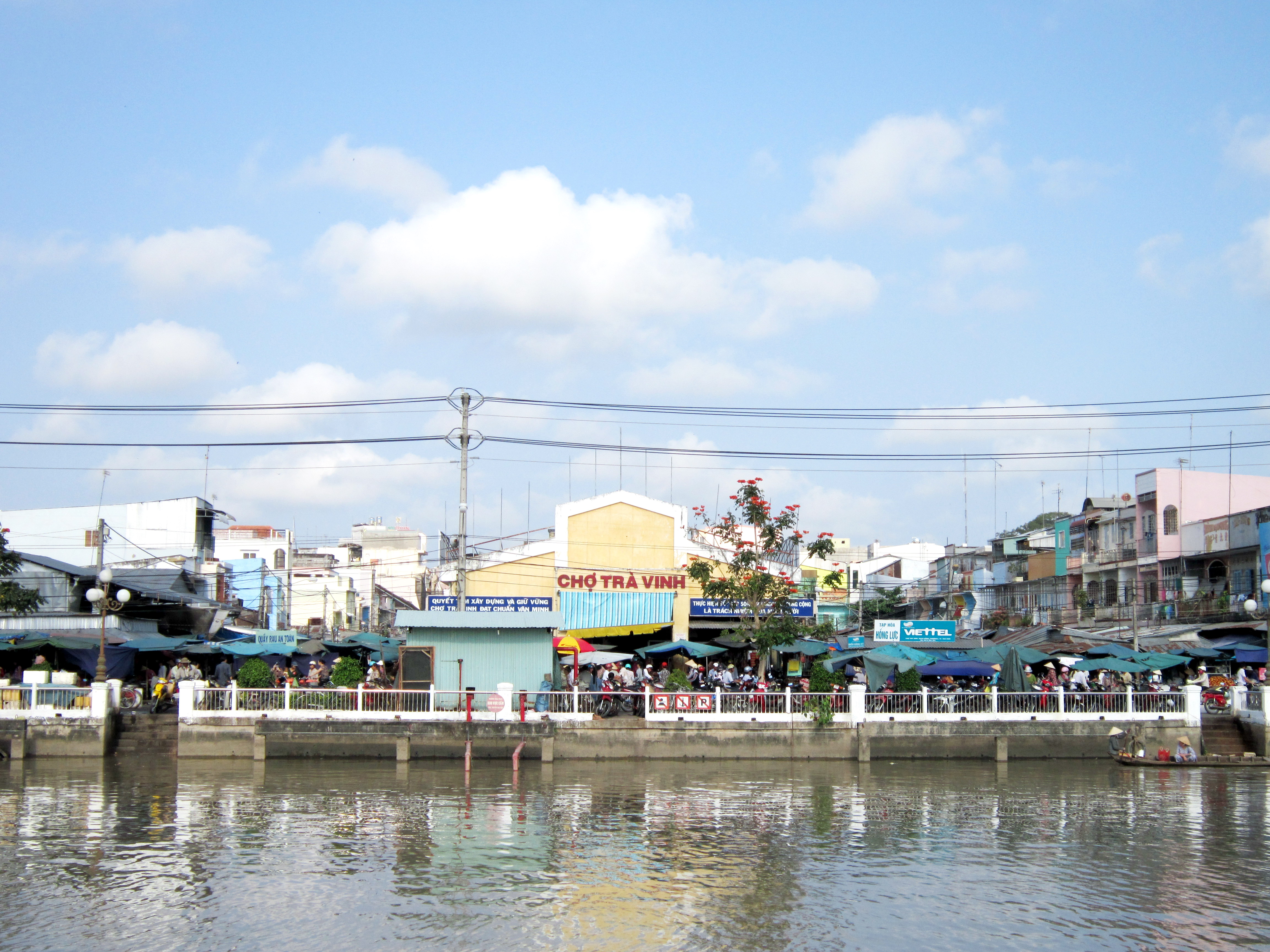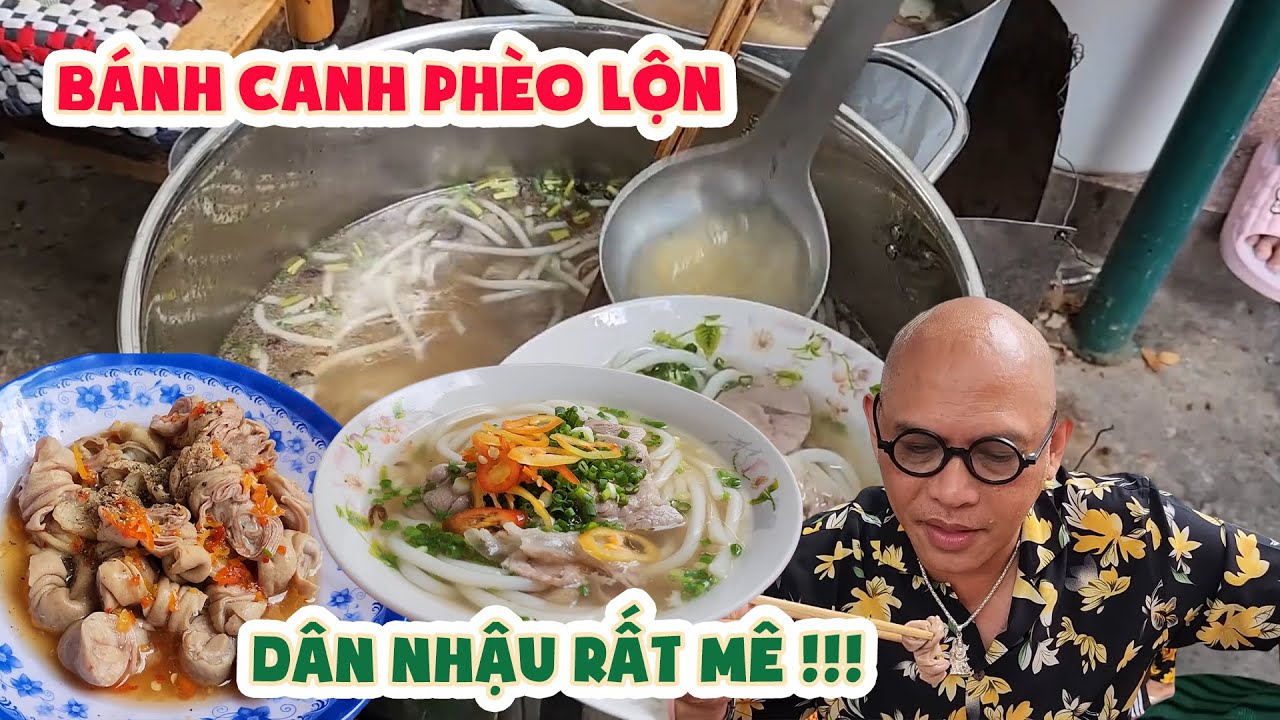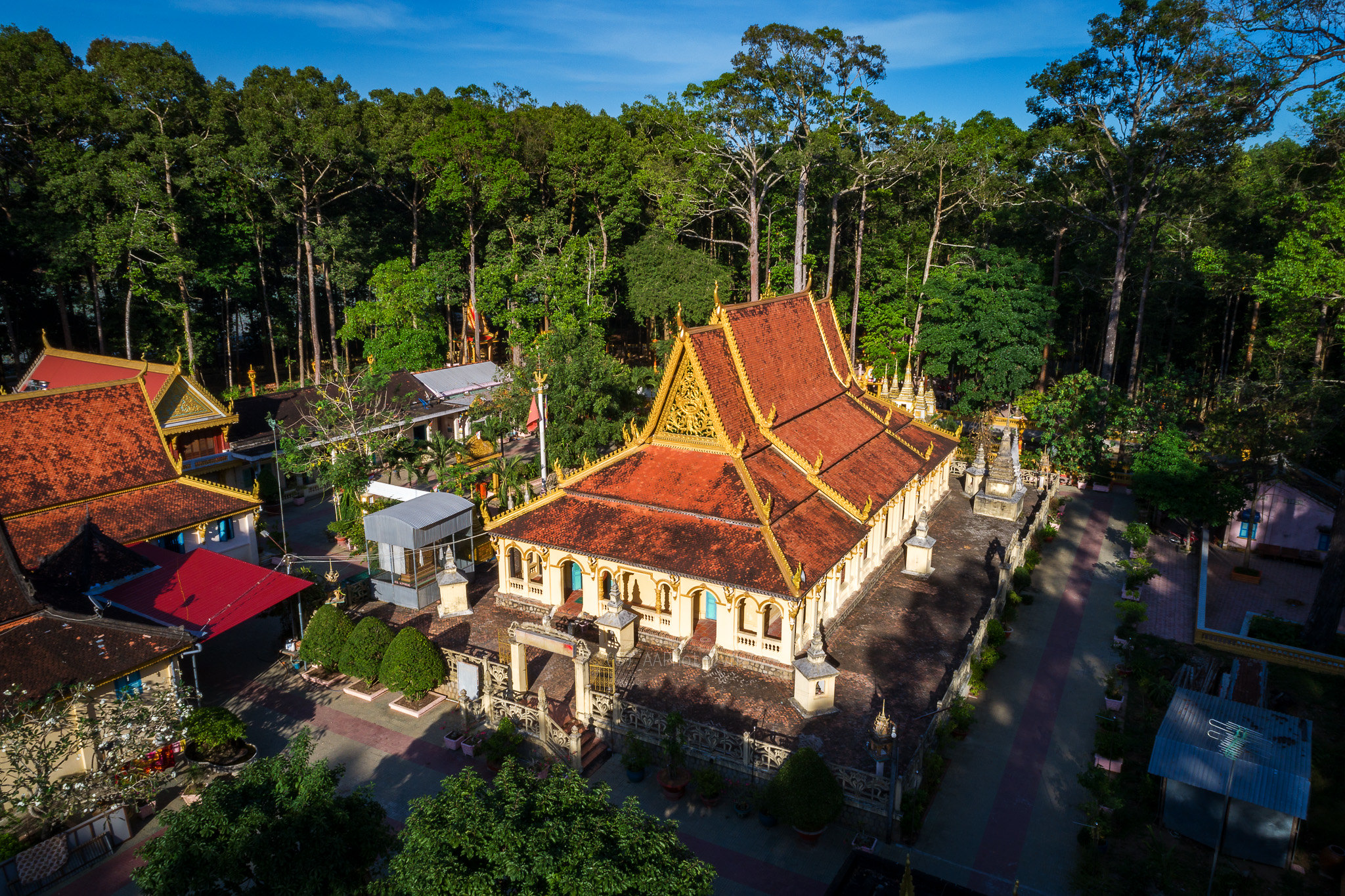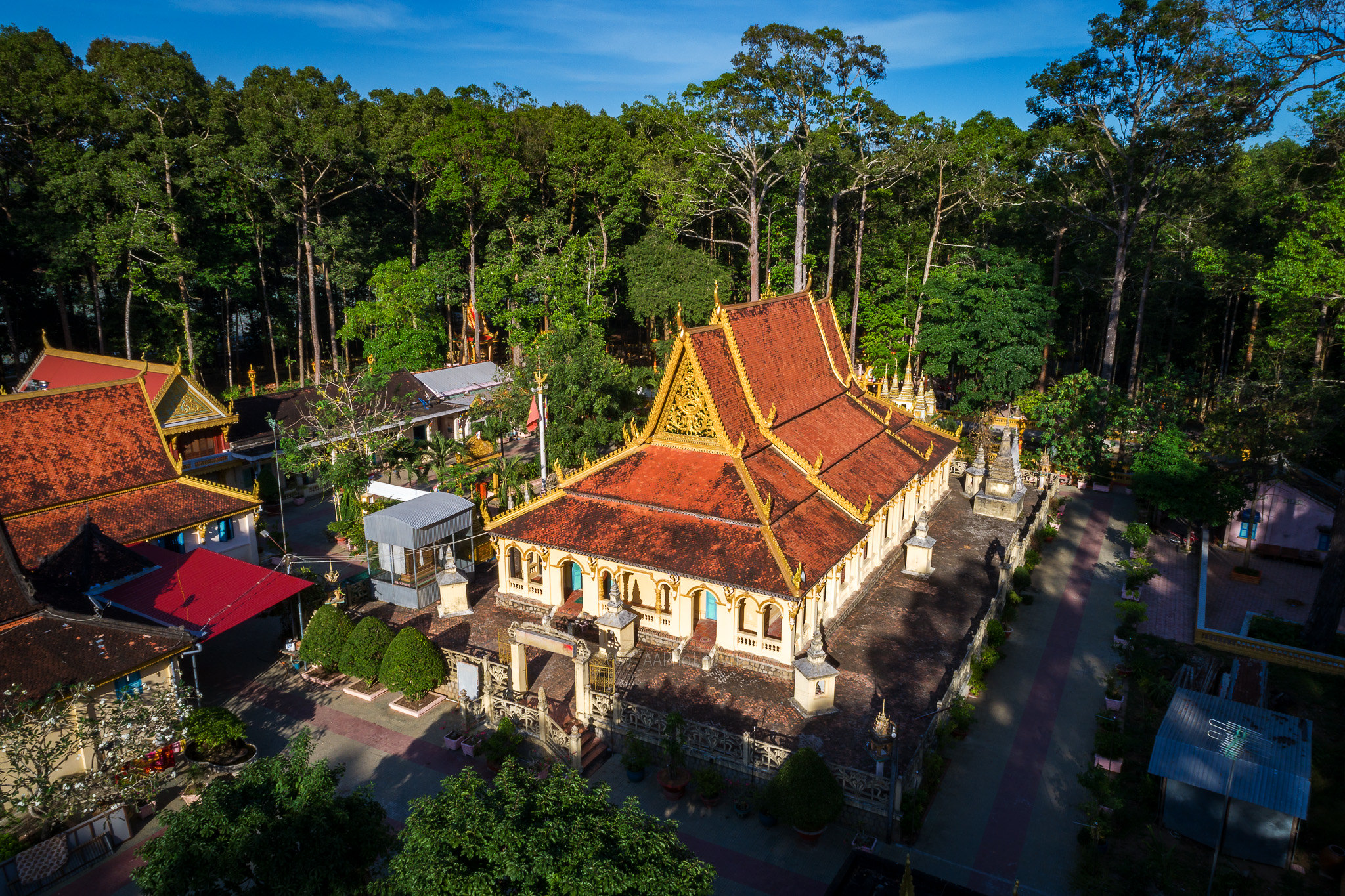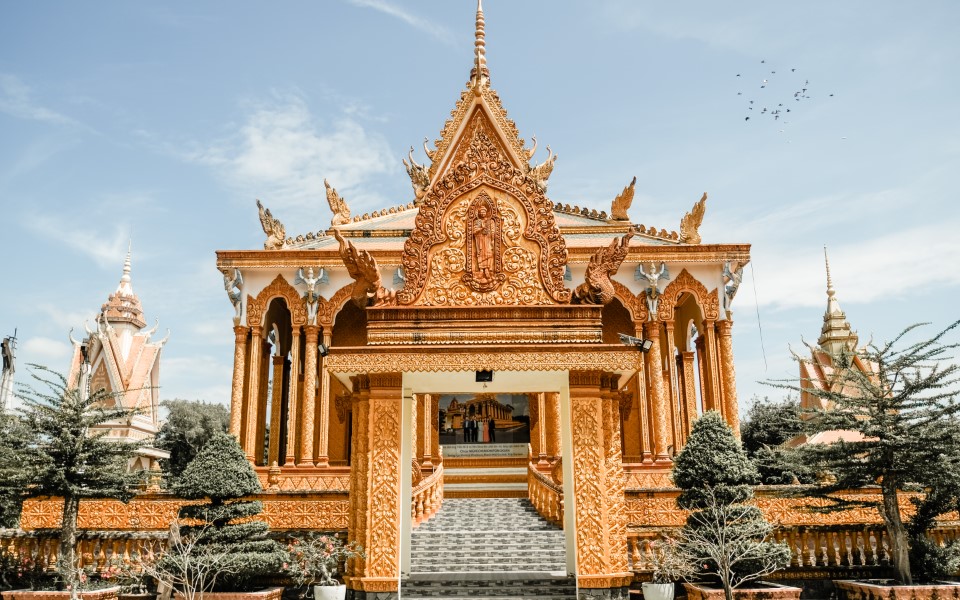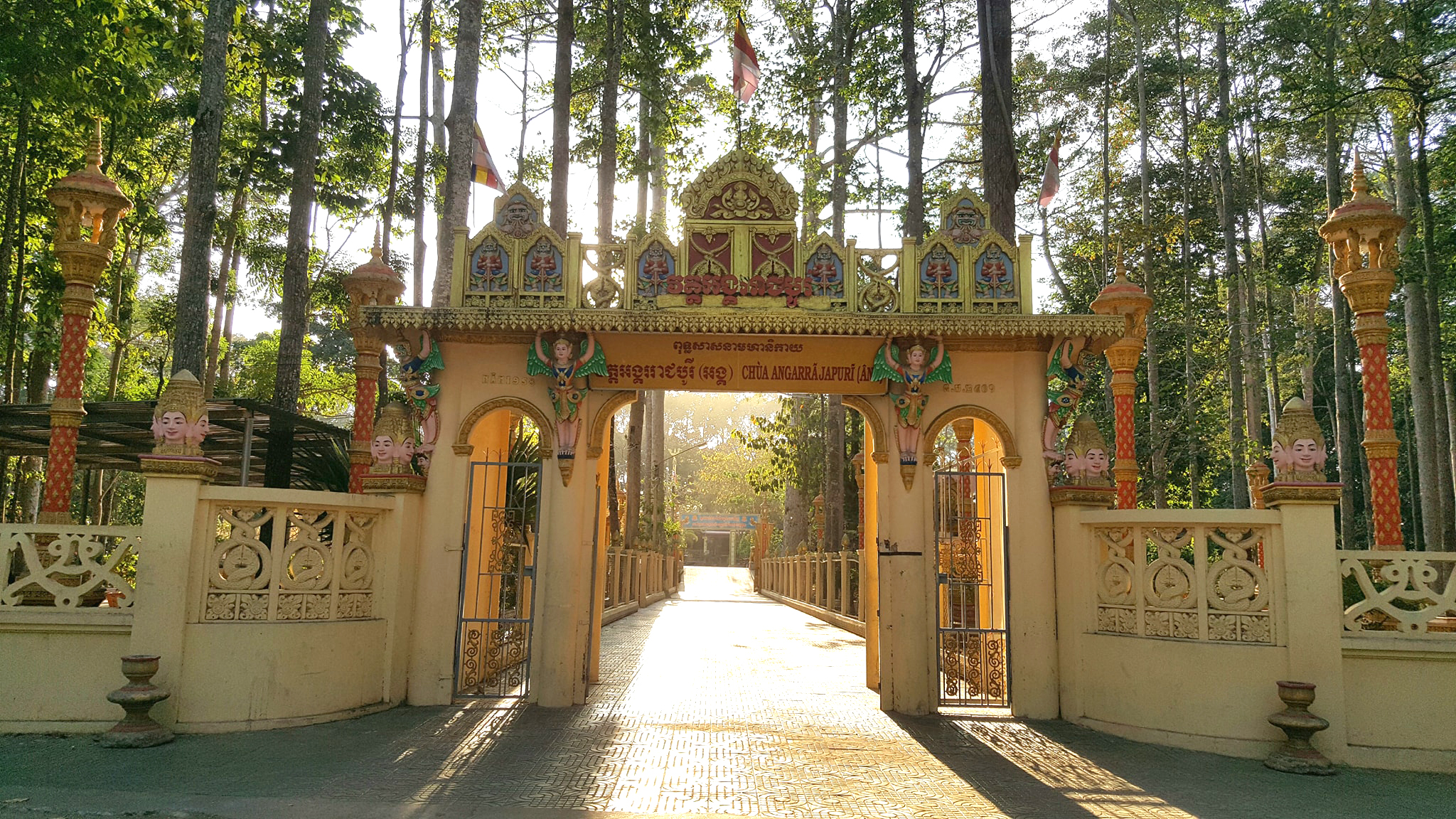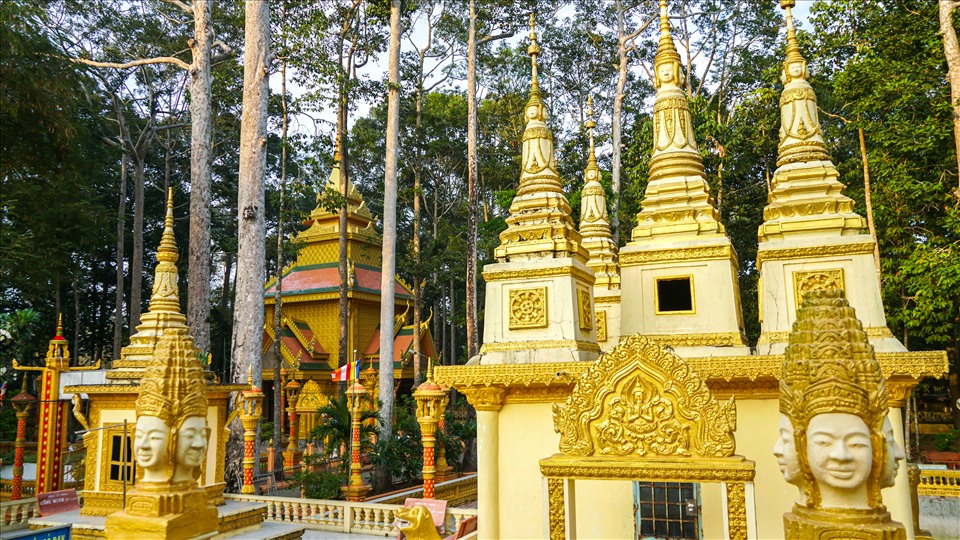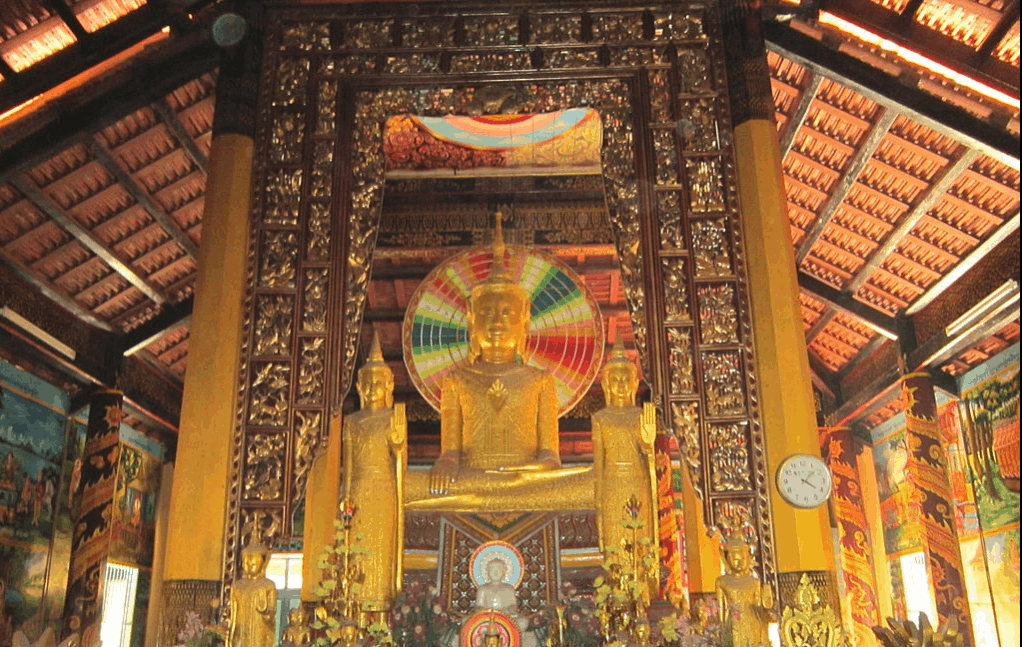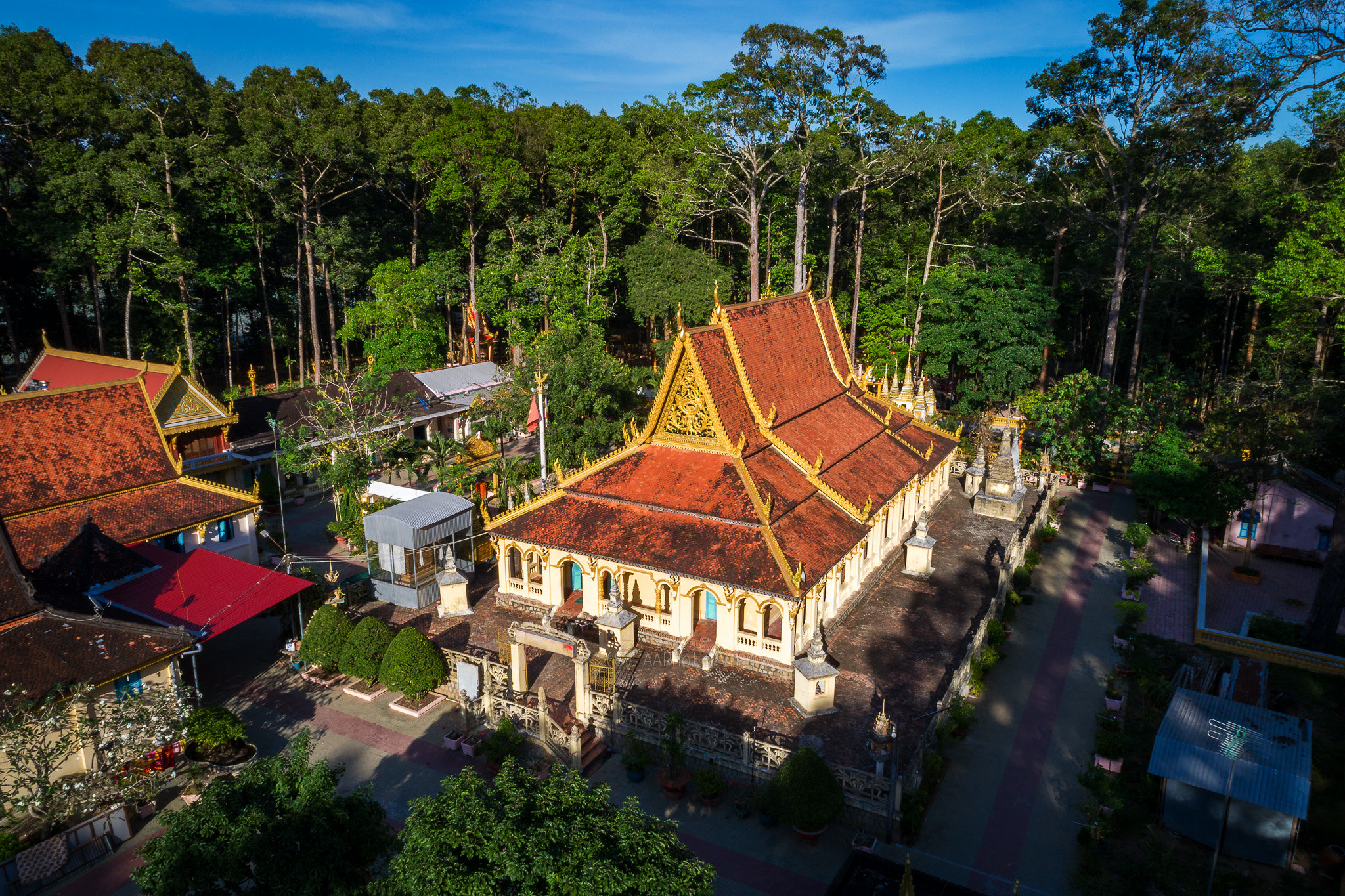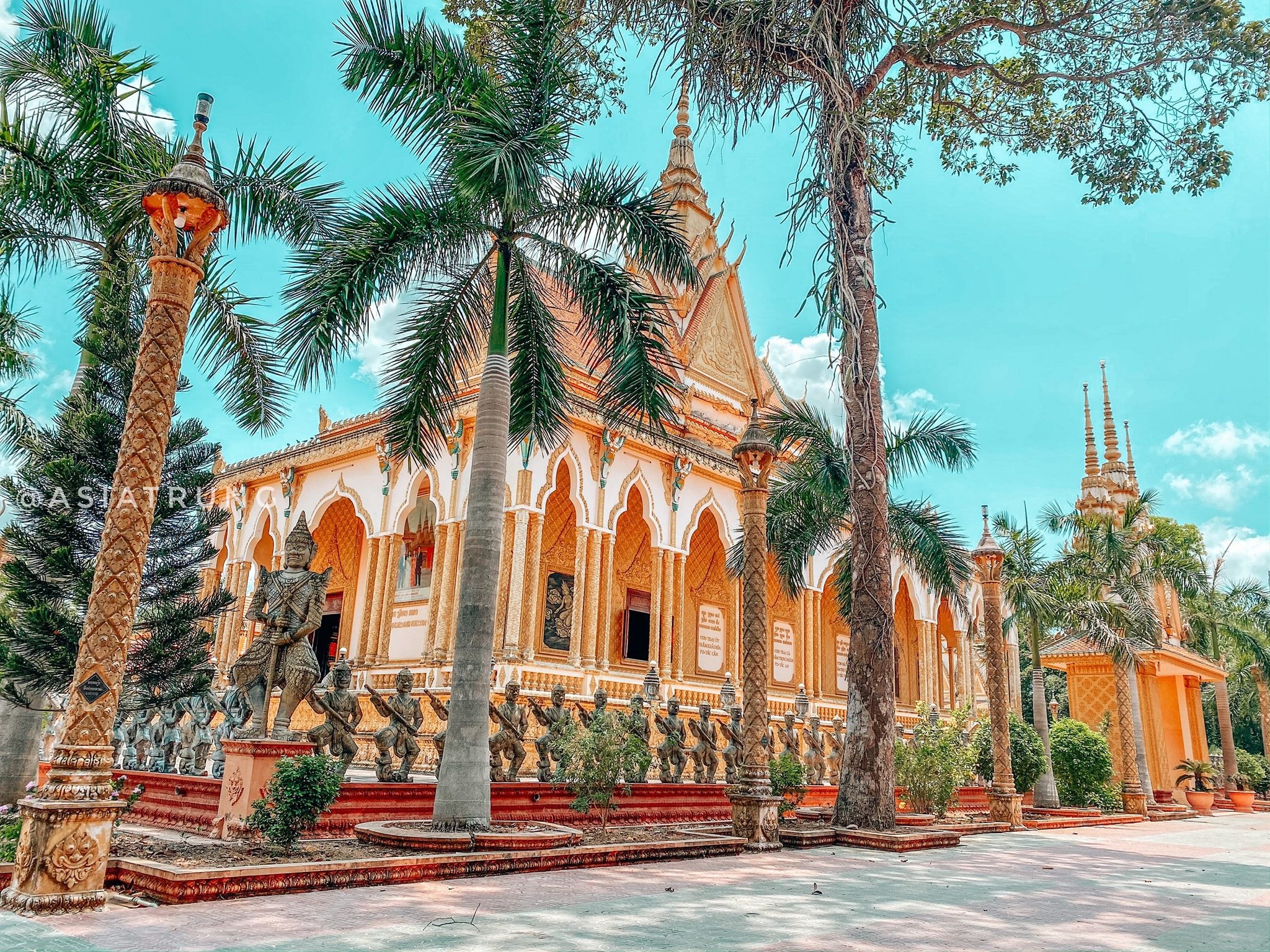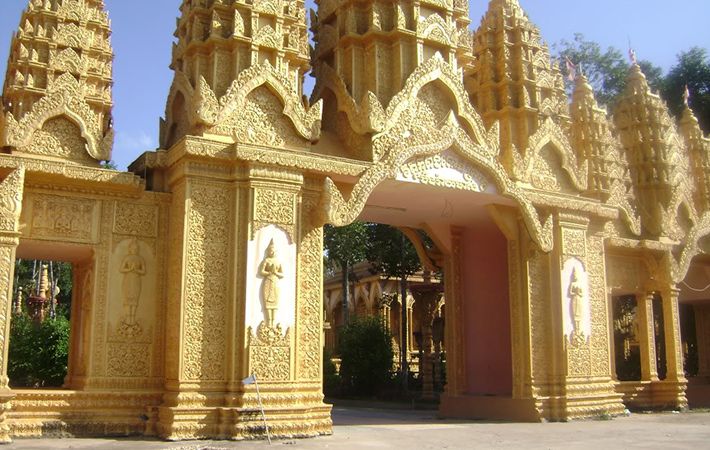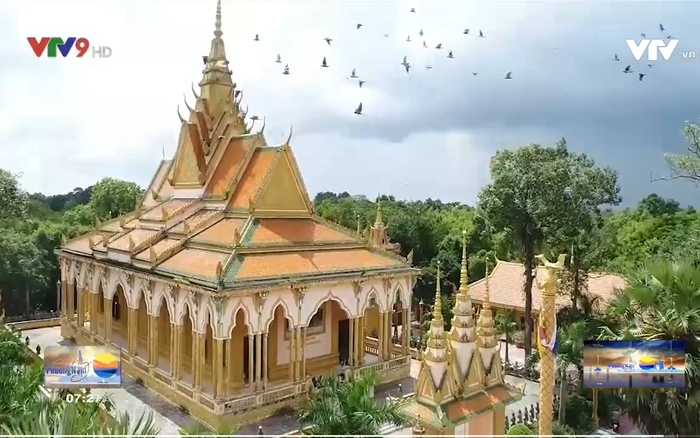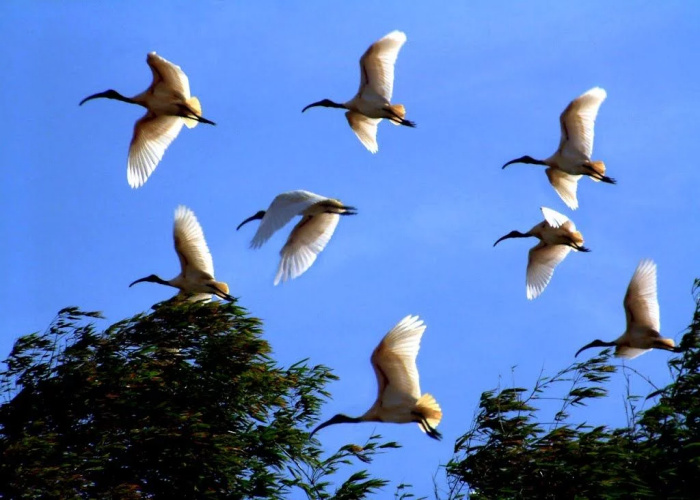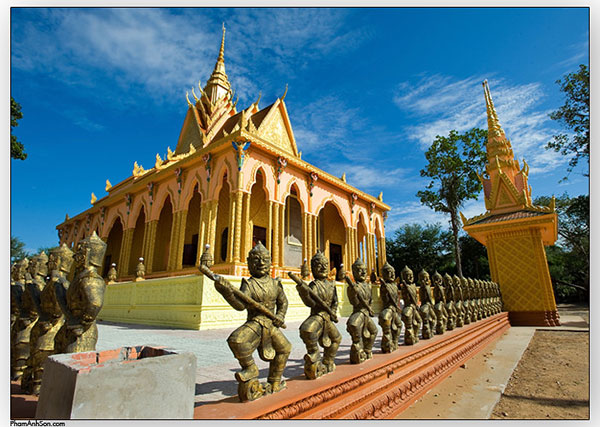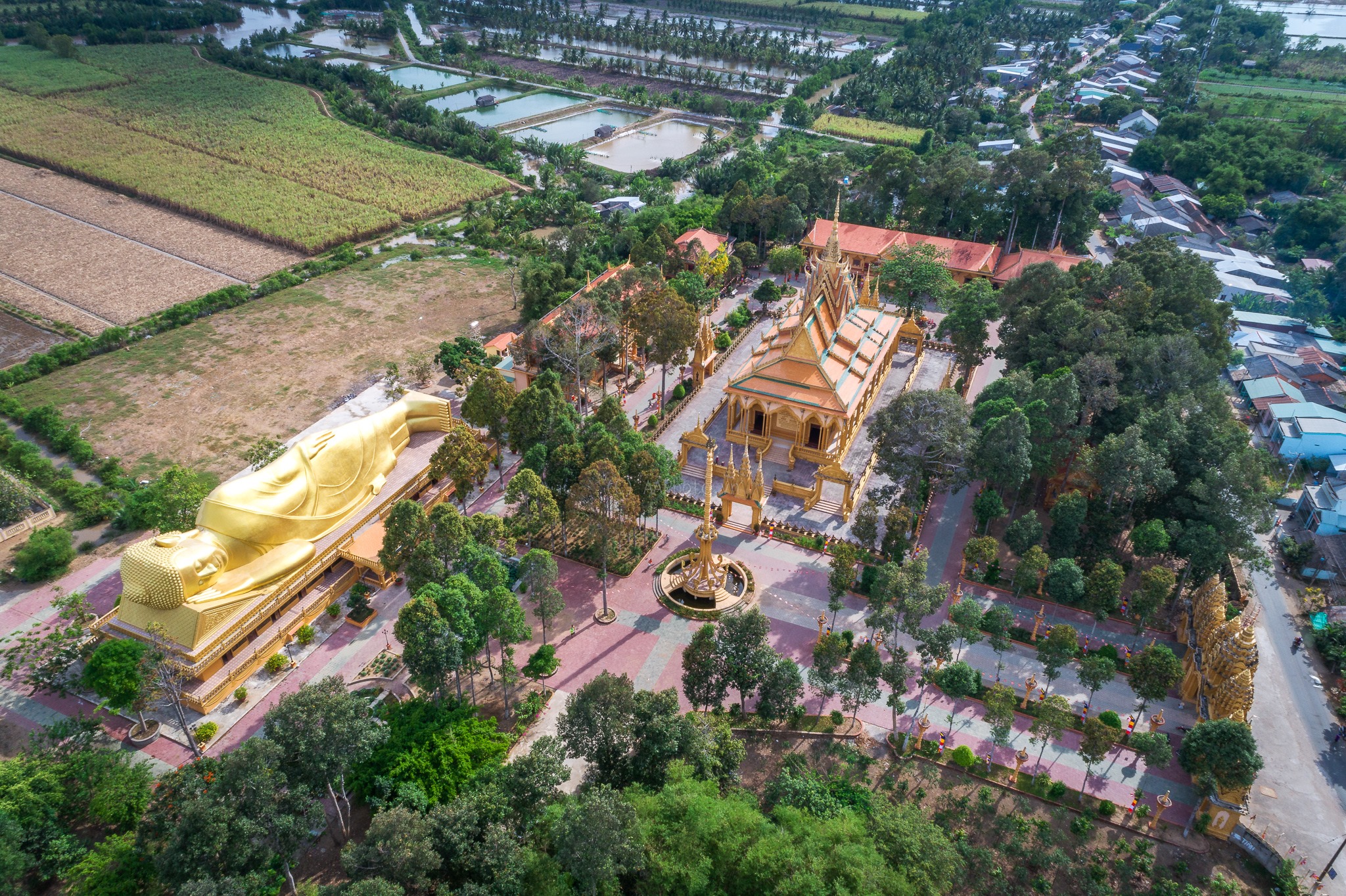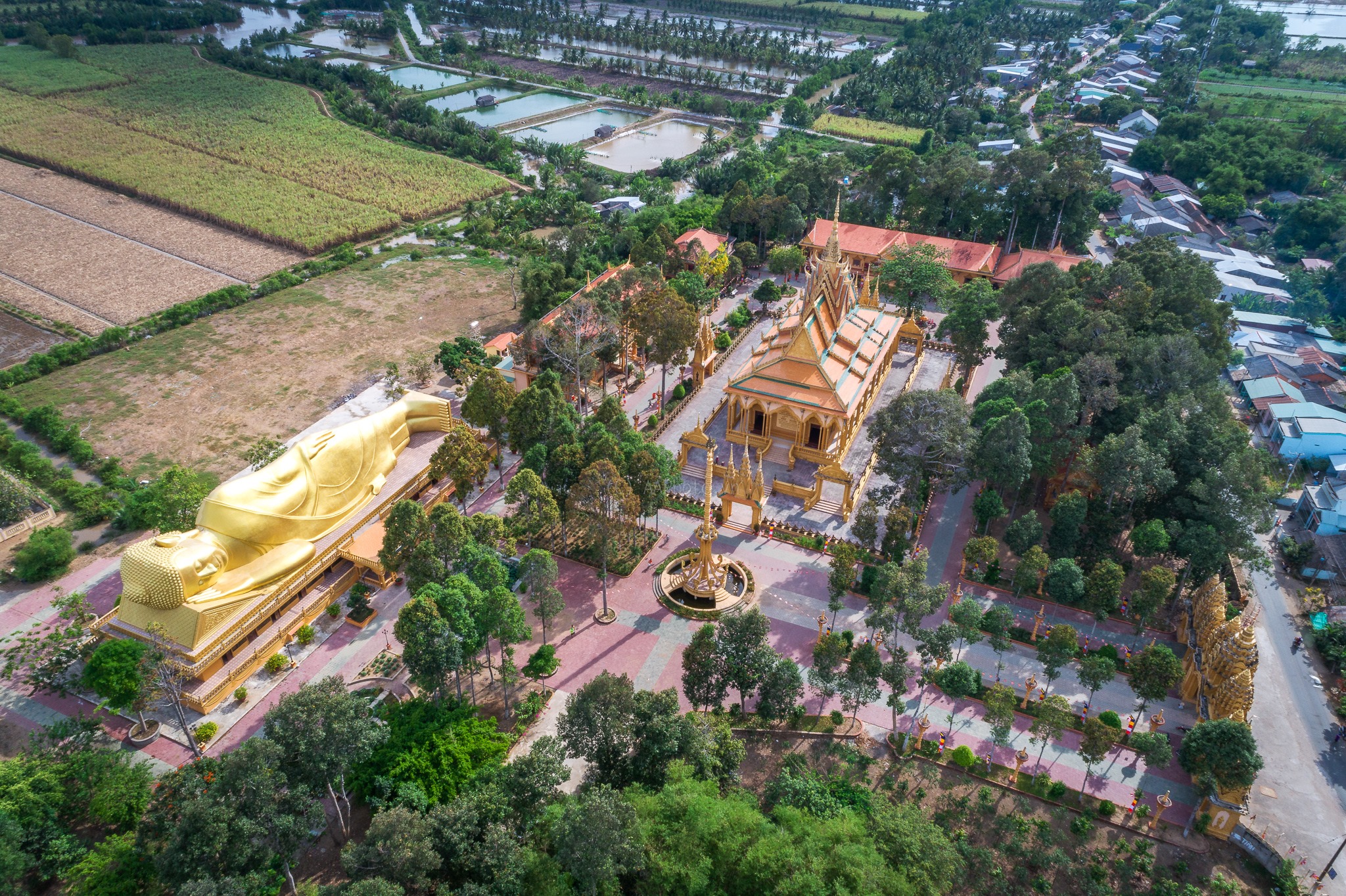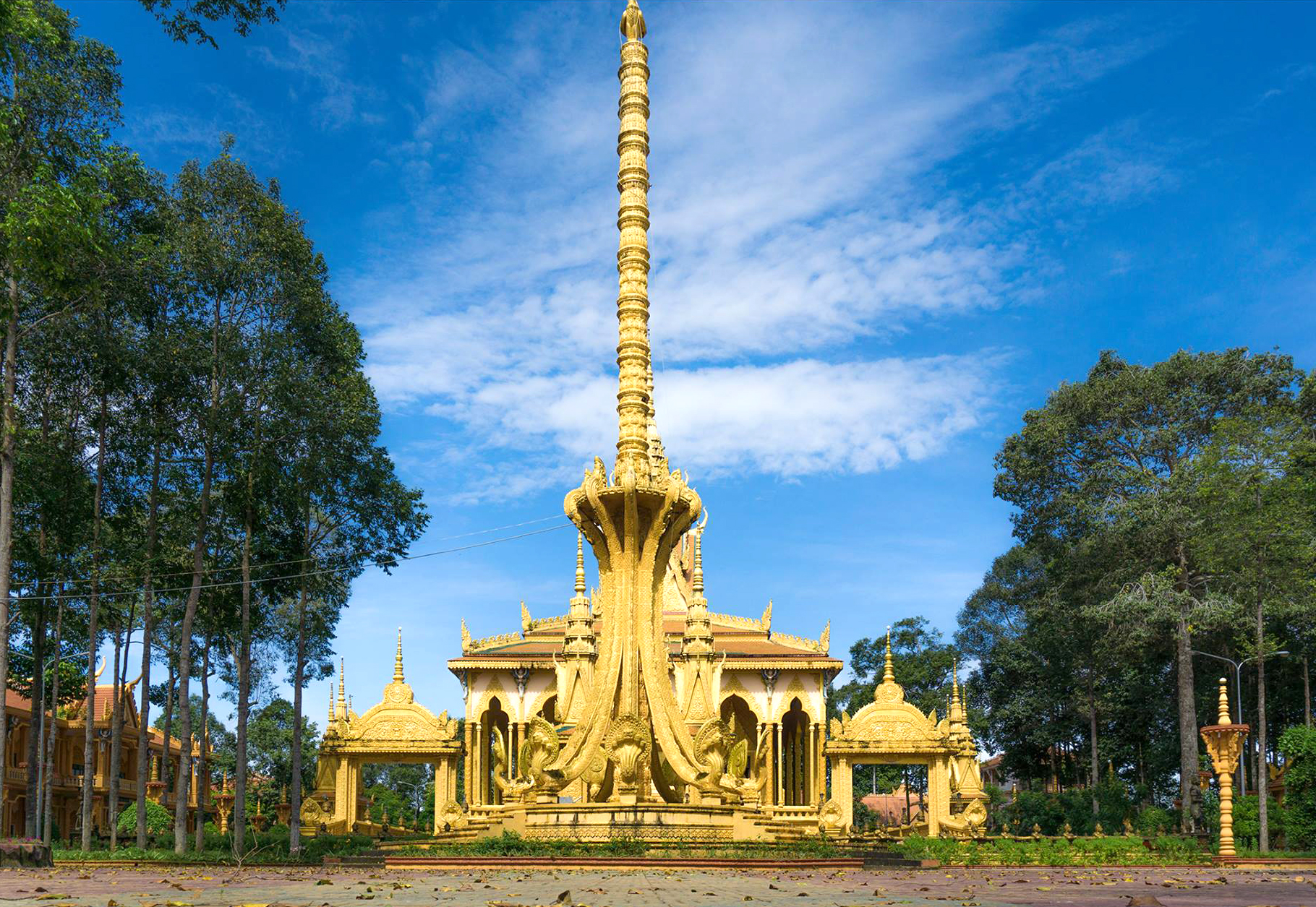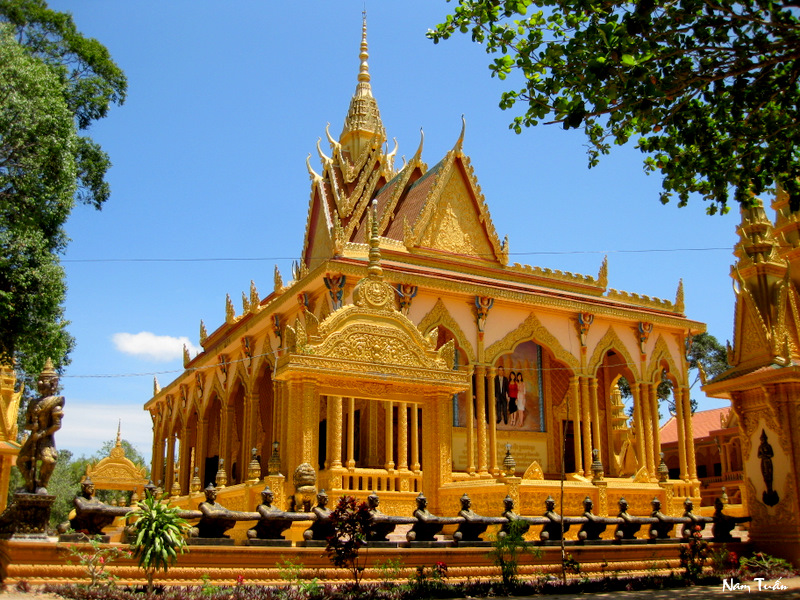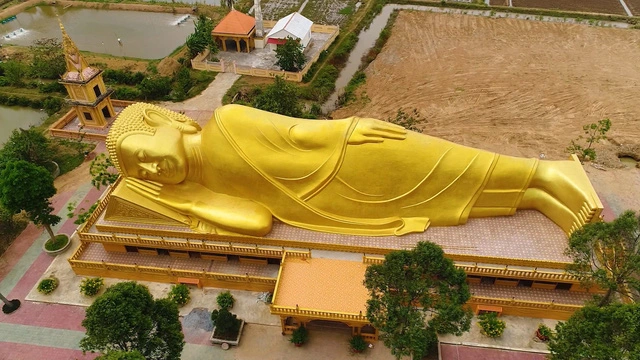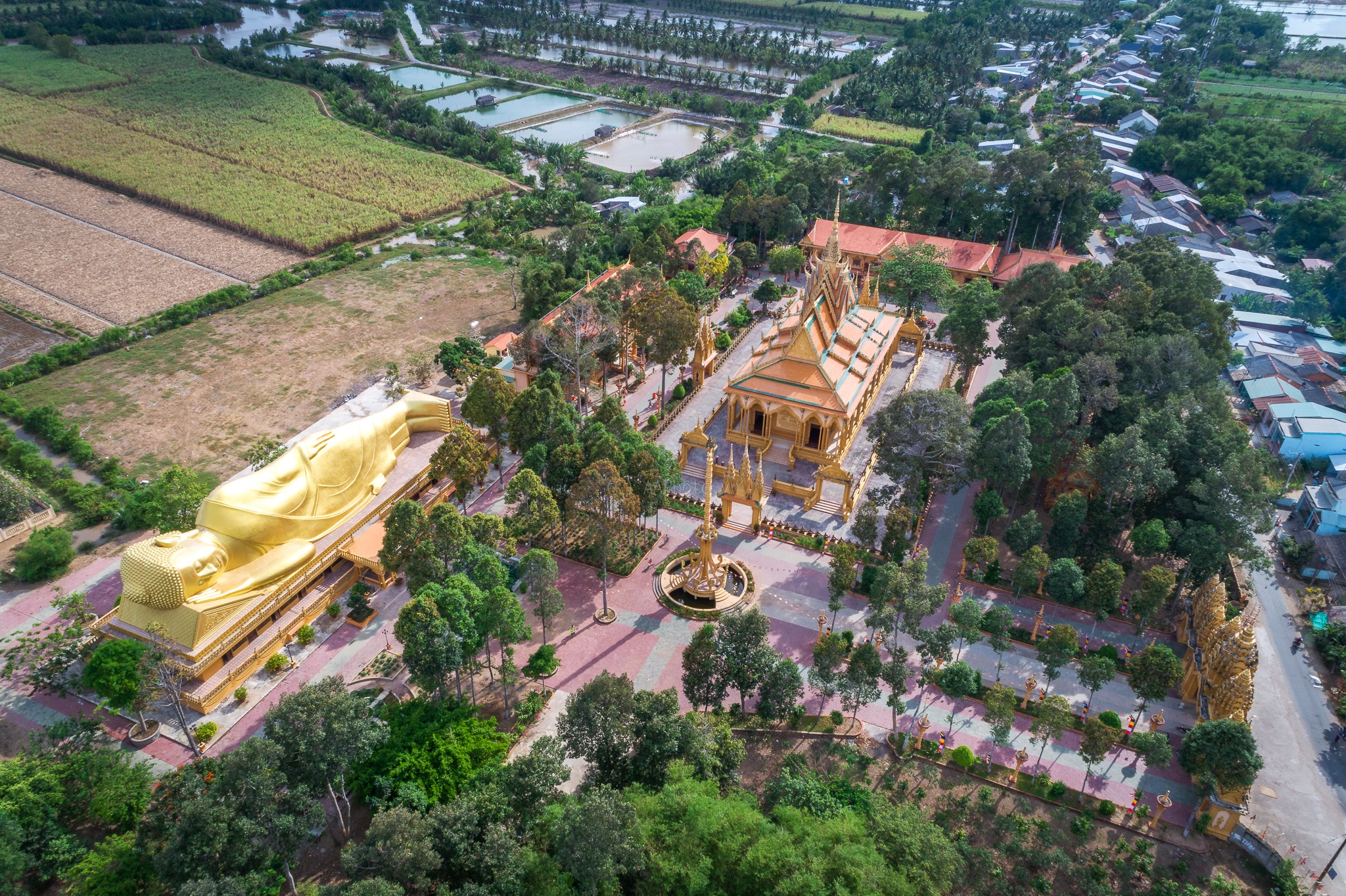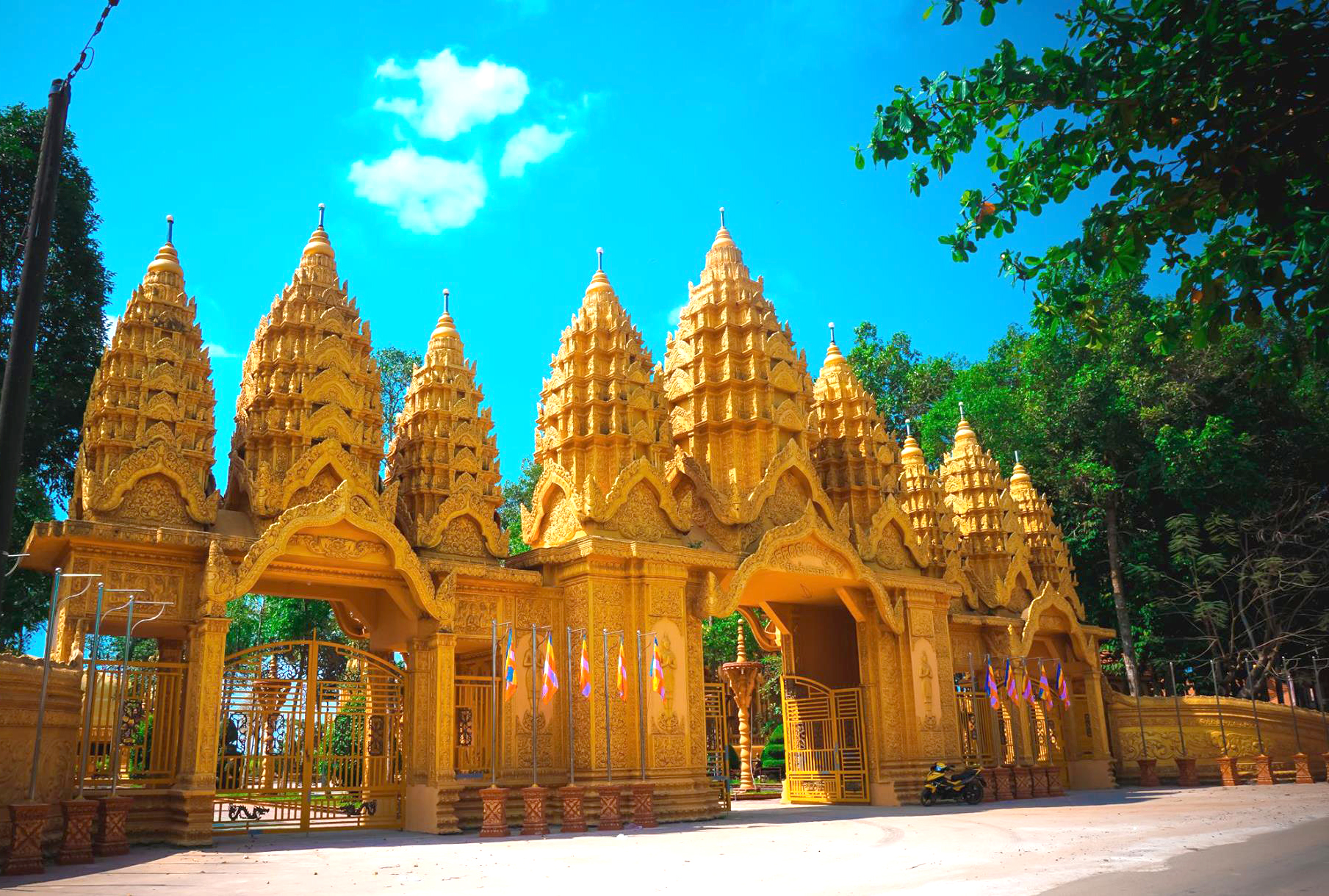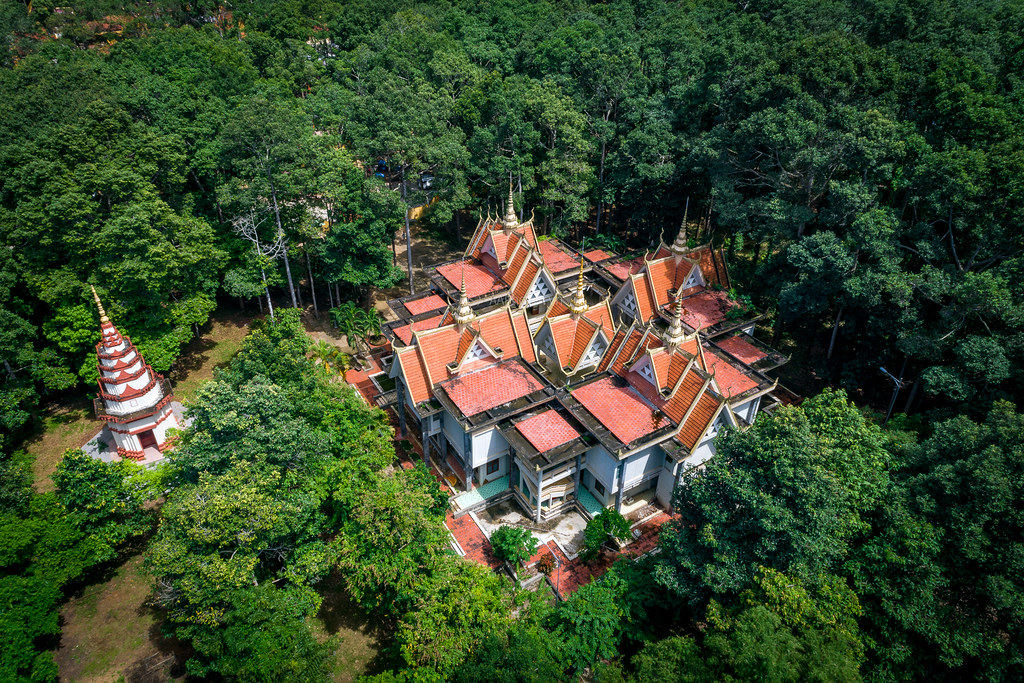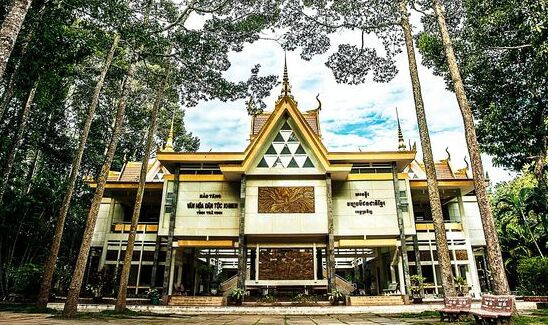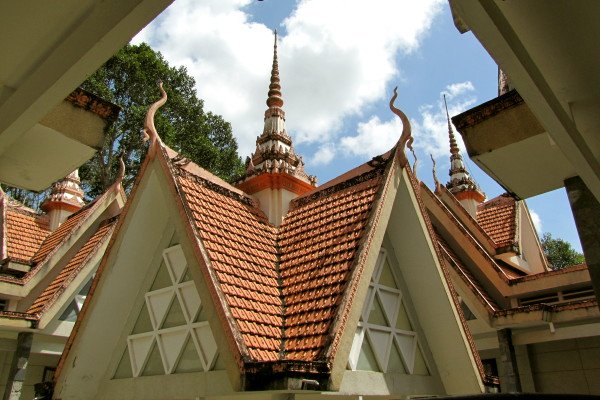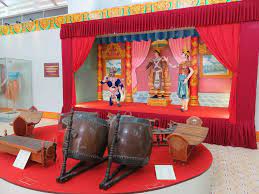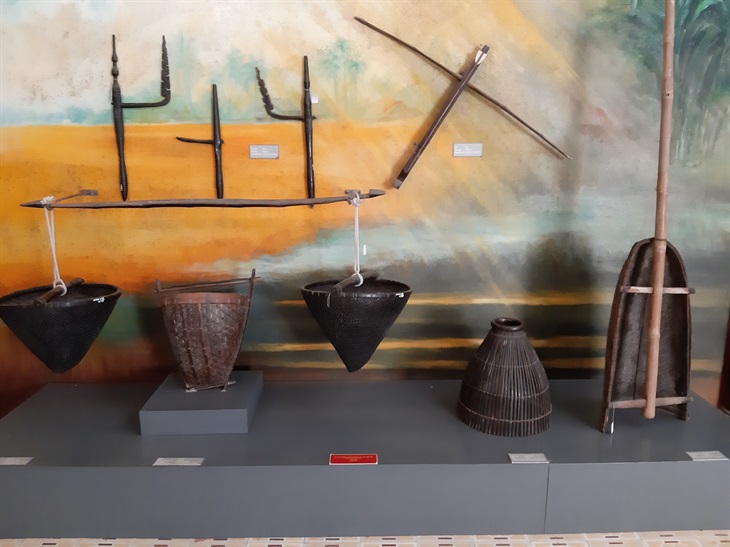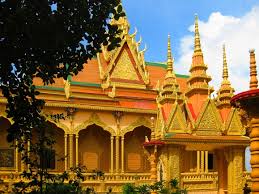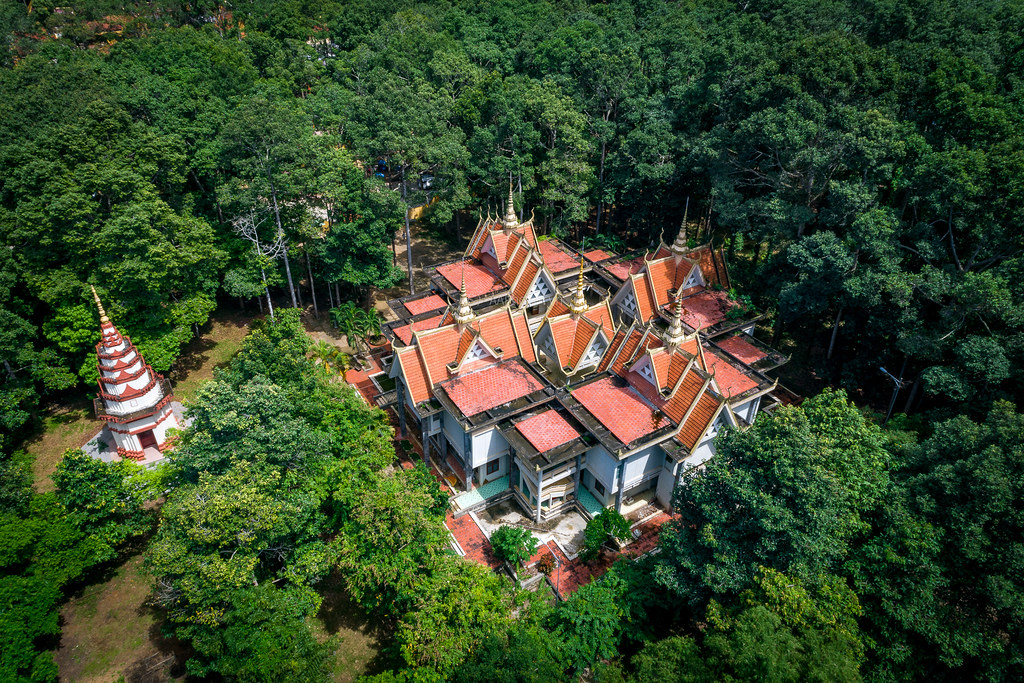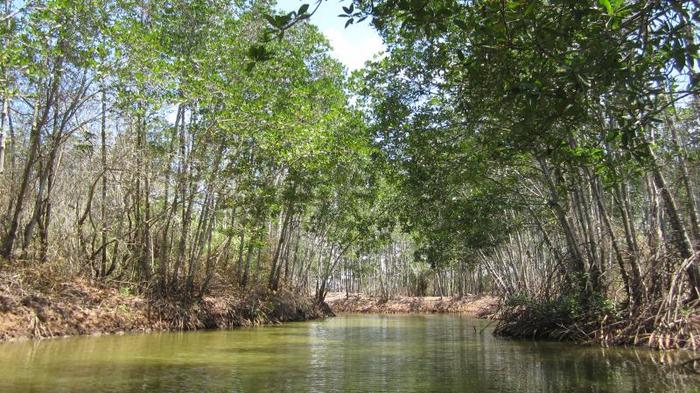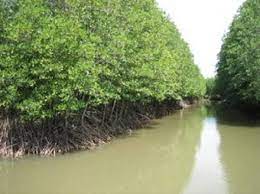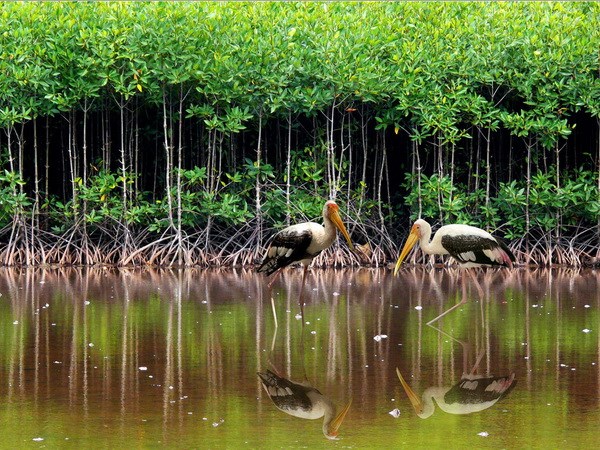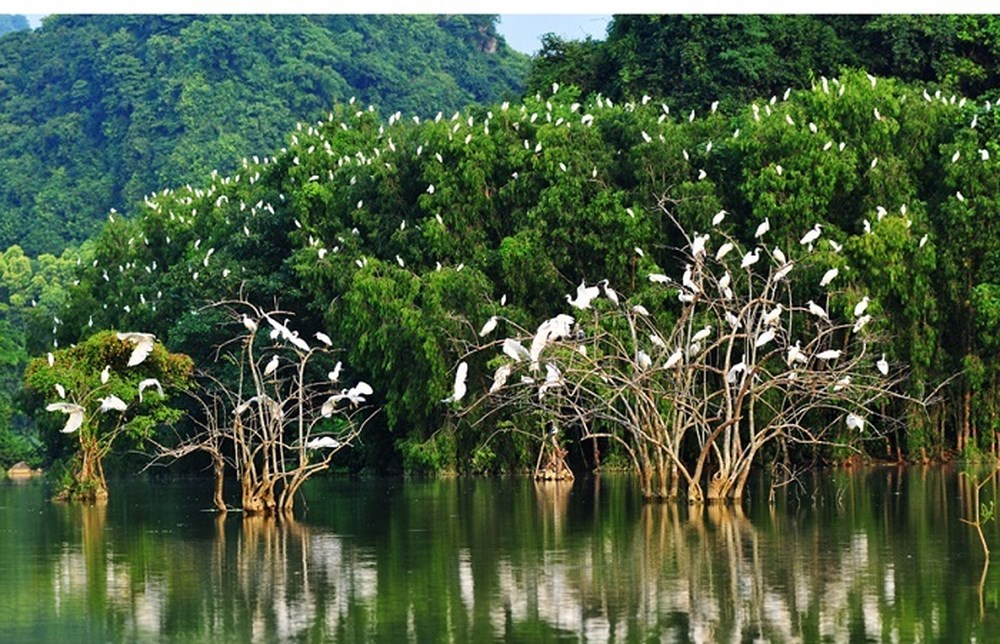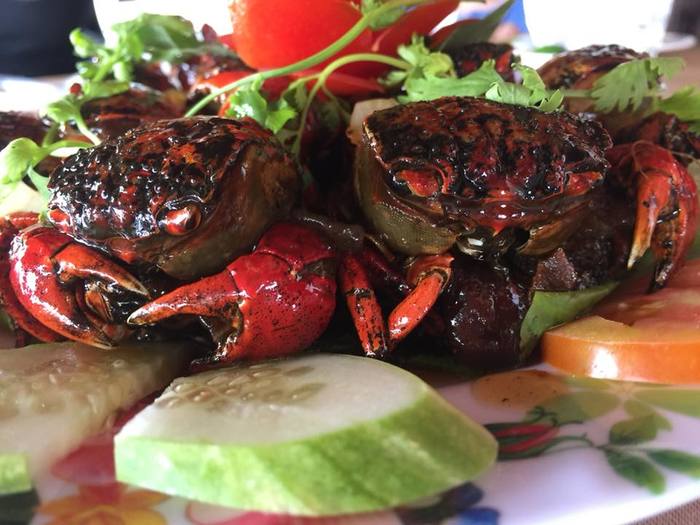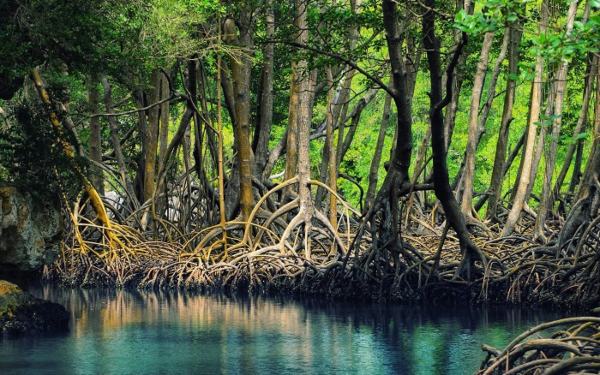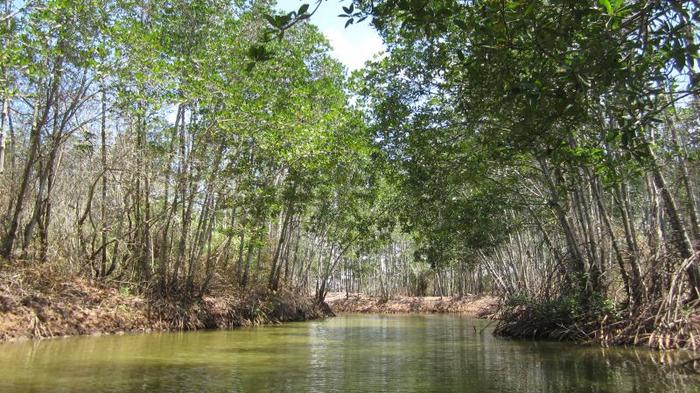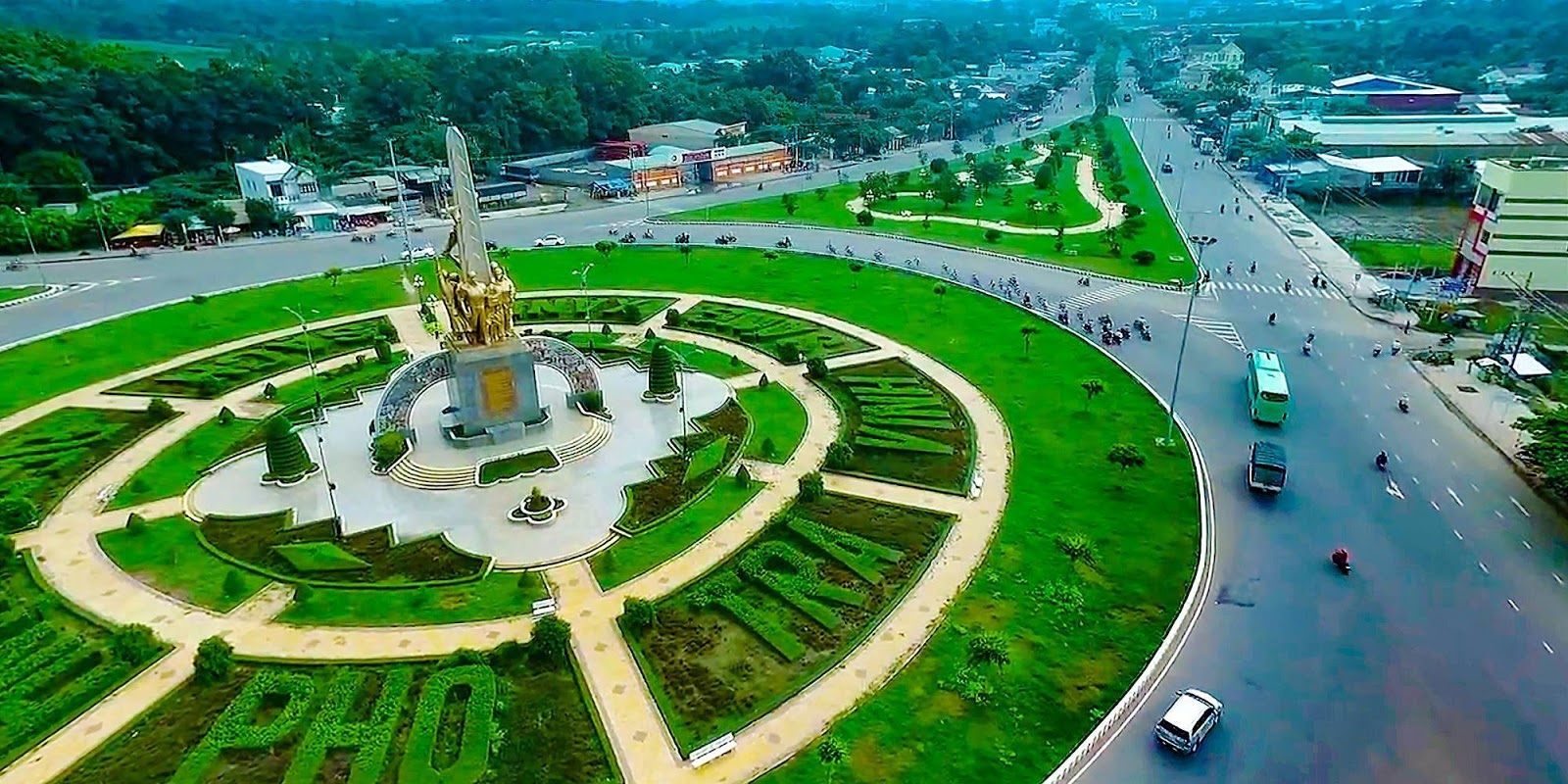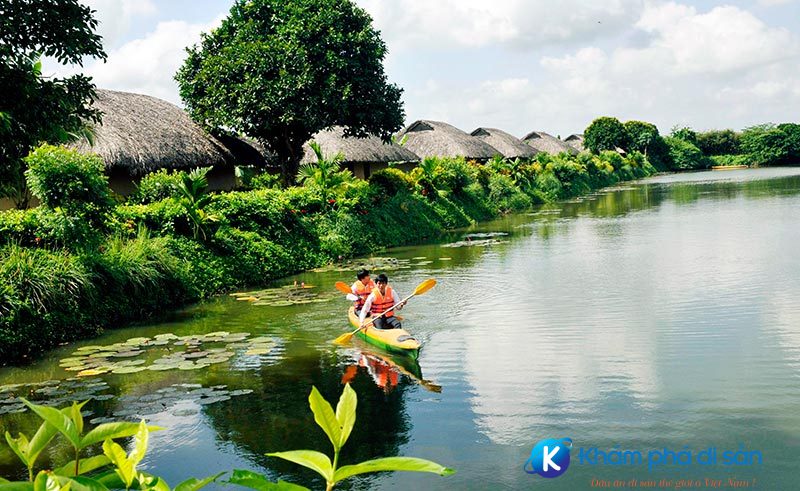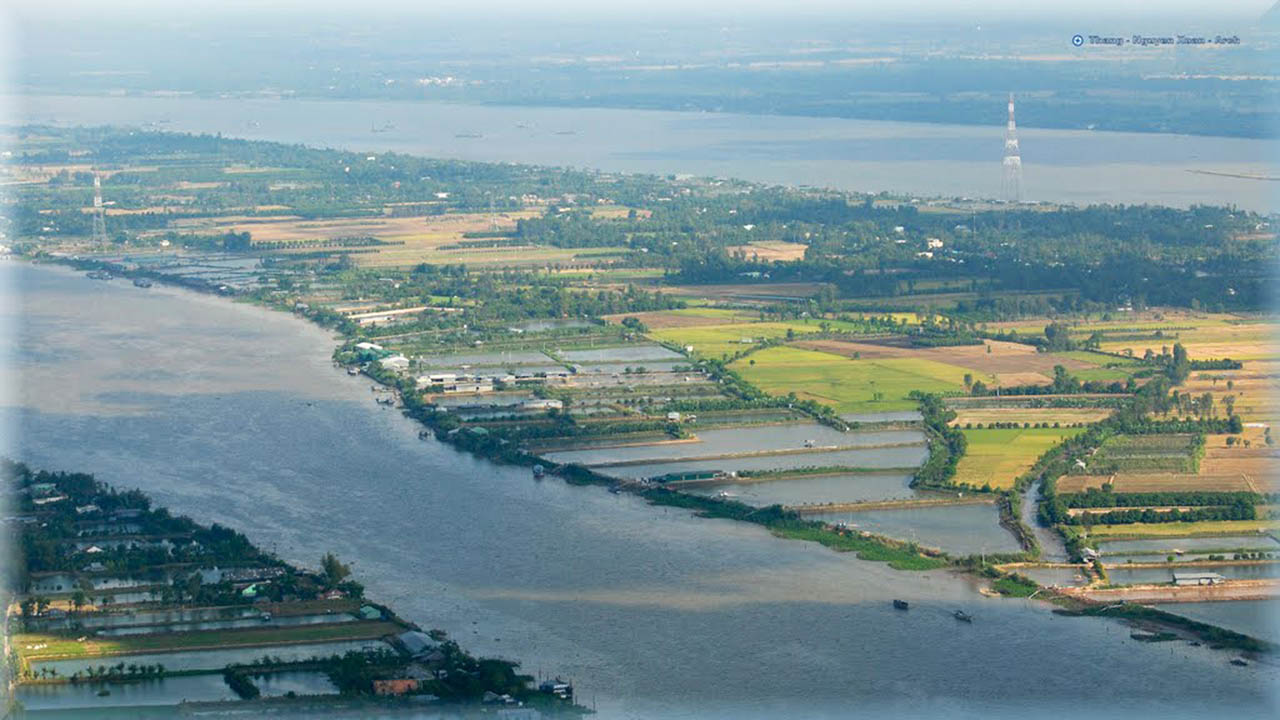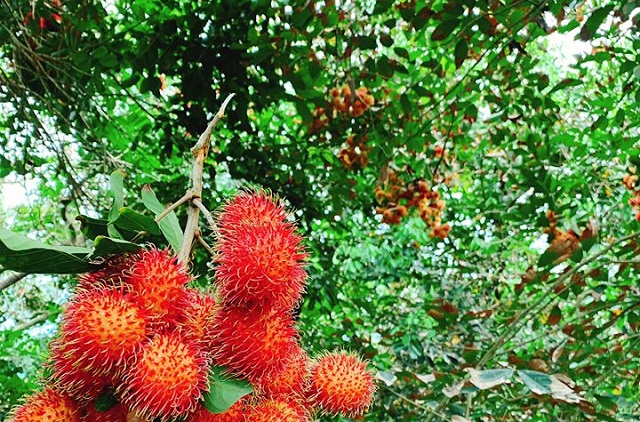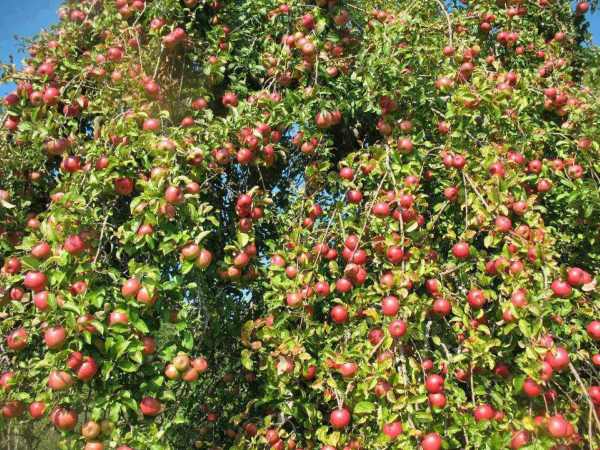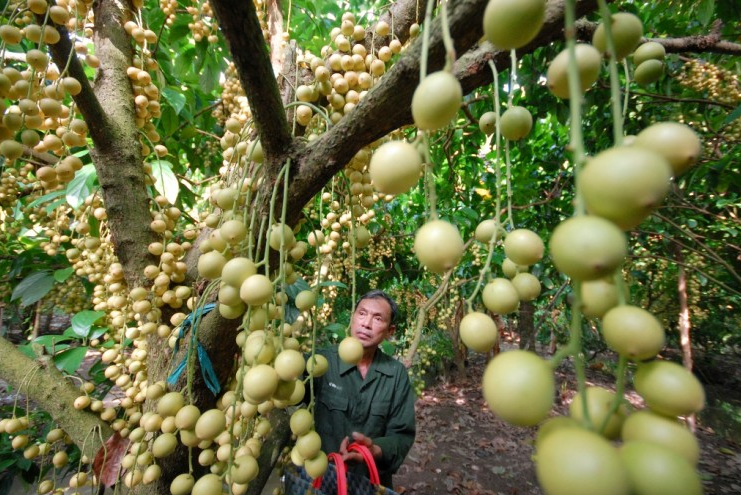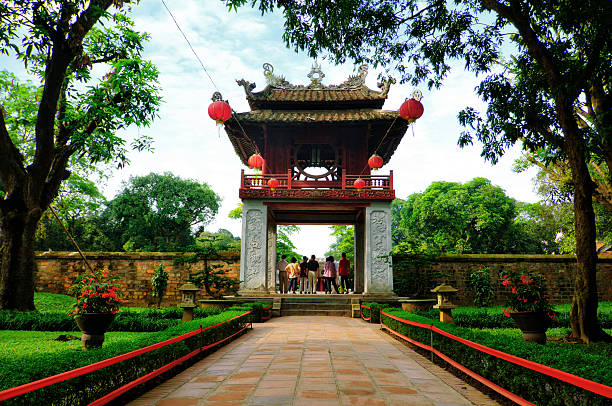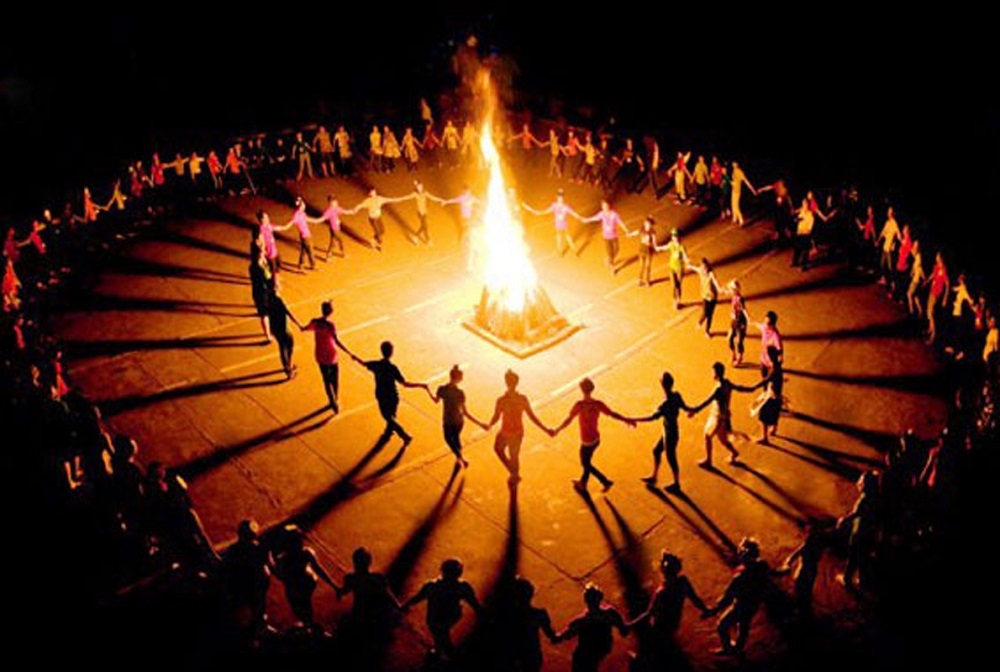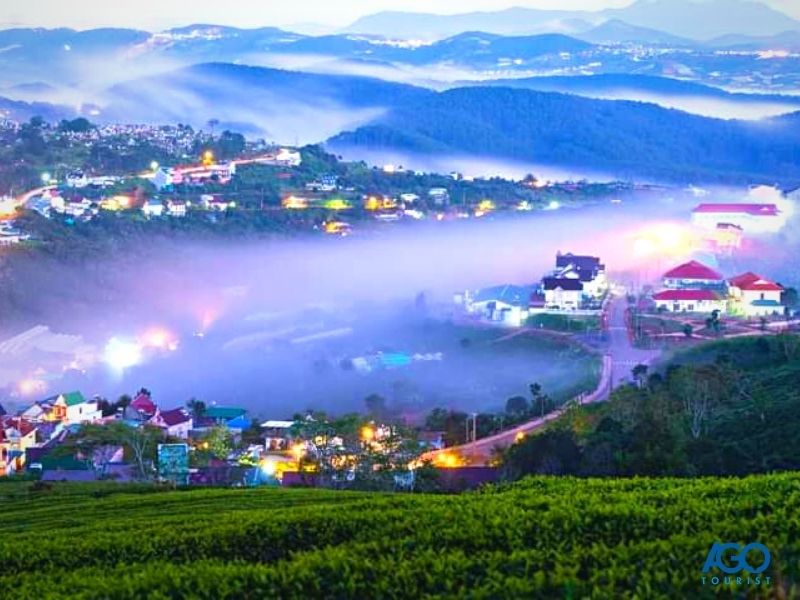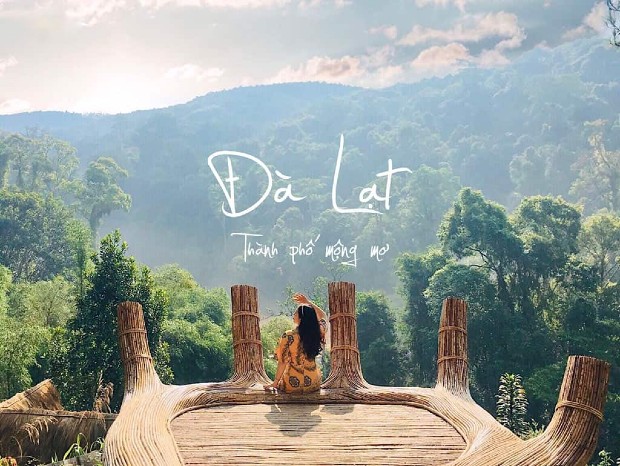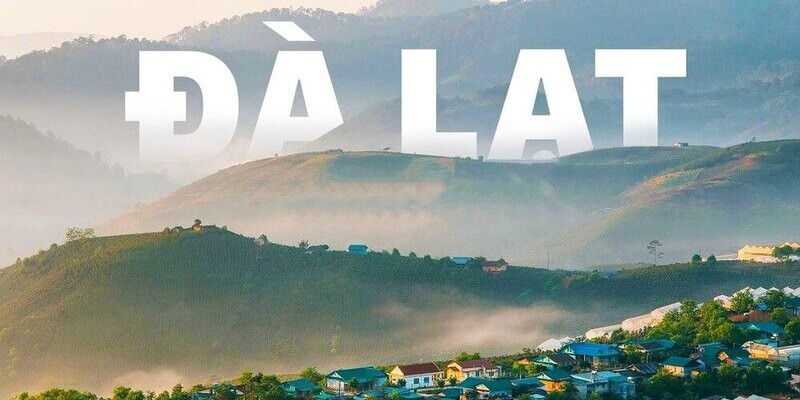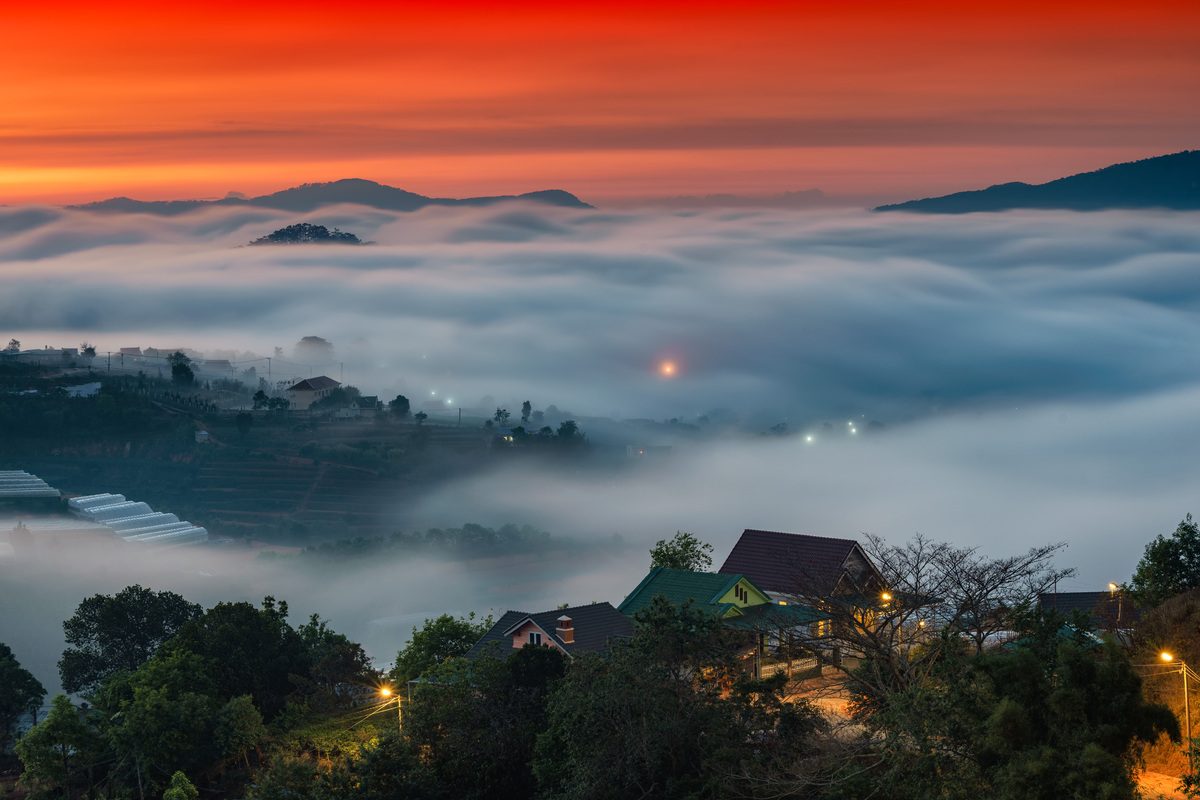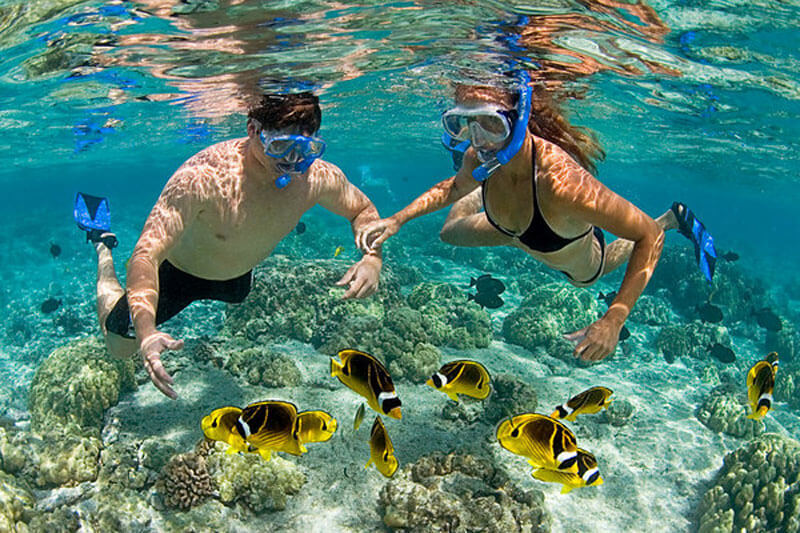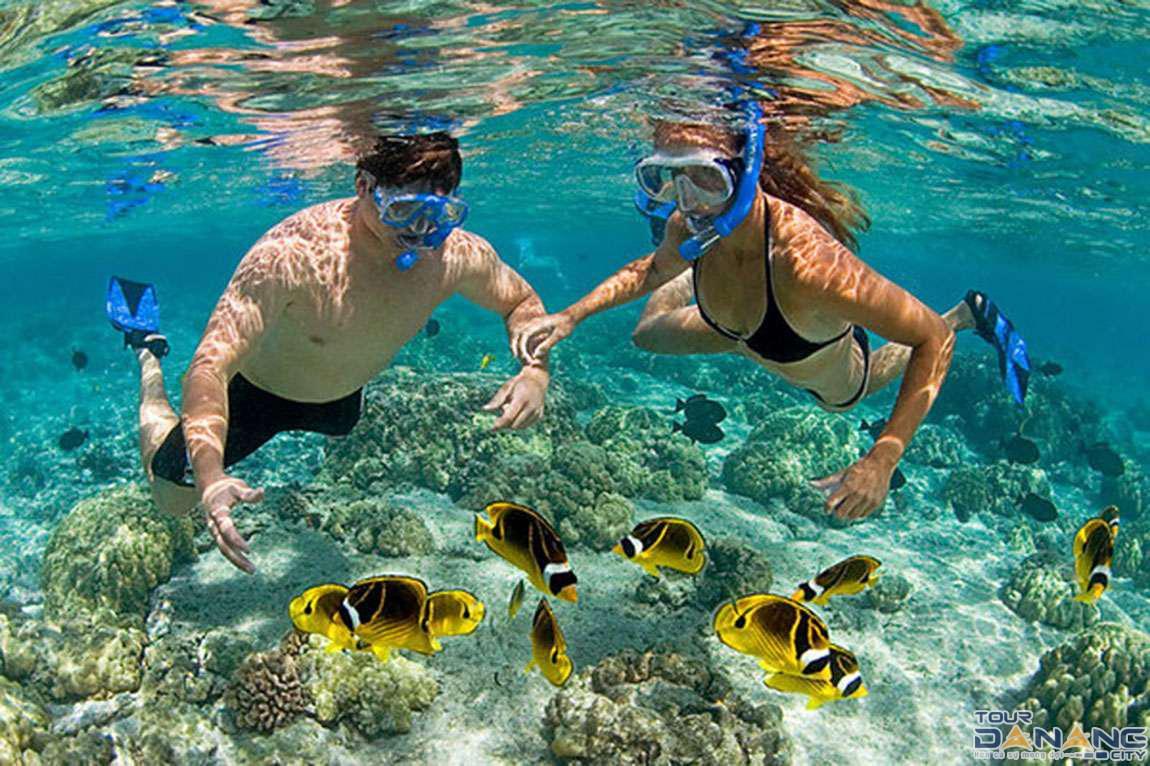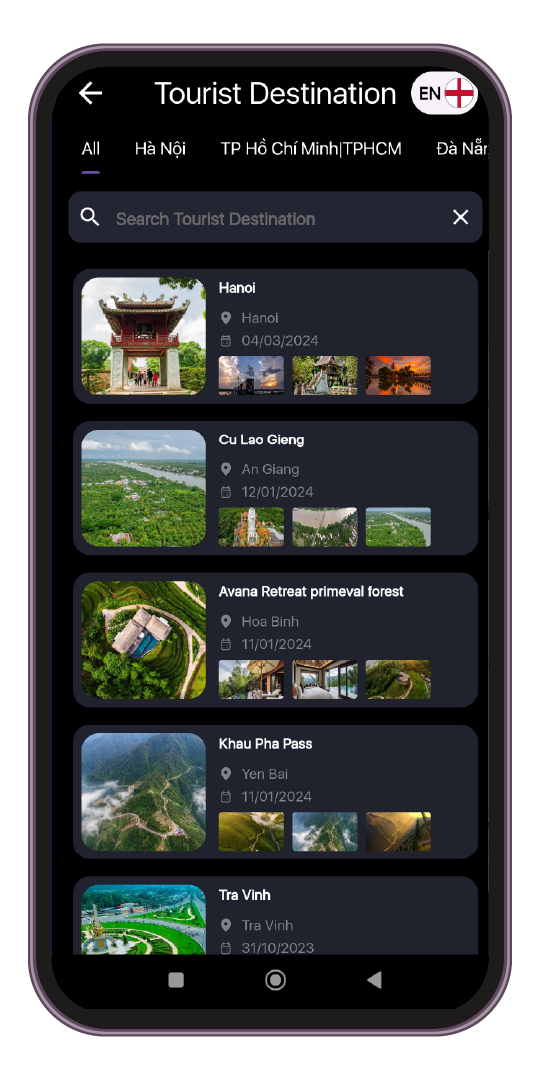Tan Quy island has a part of Cau Ke district, Tra Vinh province and a part of Tra On district, Vinh Long province, famous for being a green island with fruit trees laden with branches, creating a very typical beauty of river gardens. Western country. Tan Quy island is located in An Phu Tan commune, Cau Ke district, about 45 km northwest of Tra Vinh city. To get to Tan Quy island, it only takes about 10 minutes to take a ferry from Ben Dinh beach. However, if you want to see the panorama of nature and admire the beautiful scenery on both sides of Tay Quy island, you can choose to depart from Ben Cat. In addition, visitors to Cu Lao can sit on canoes gliding on the Hau River to enjoy the cool, refreshing air. Tan Quy Island was formed in the first half of the 19th century when the first residents crossed the river to come here to build villages and hamlets. After that, this place was named Tan Vinh village. At the beginning of the 20th century, around after 1920, this place was renamed Tan Quy island until today. Cu Lao Tan Quy is located in the watershed area, so it has fresh water all year round, fertile alluvium... becoming a specialized fruit growing area with all kinds of typical Southern fruits such as: mangosteen, durian, rambutan , strawberry, cow skin longan... Especially Tan Quy mangosteen is popular in domestic and foreign markets because of its high quality and stable output. Tan Quy mangosteen contains a full range of sour and sweet flavors, balancing all the taste buds on the user's tongue. Anyone who eats this mangosteen fruit will understand why it is known as the "queen of fruit". The ripe fruit season is from April to June of the lunar calendar, the entire island becomes a huge display area for specialty fruits, visitors can easily find them on the side of the road or go into the garden to visit the special fruits. this land. The island's people are famous for their hospitality. At every house, guests are invited to enjoy specialties from the garden. Walking under the orchard's foliage laden with fragrant ripe fruit, visitors will be extremely excited to see durian fruits swinging on branches, straight rows of rambutan and longan with wide spreading canopy laden with fruit, along with rows of mangosteens leaning over to reflect their reflections. Coming here, the fatigue seems to disappear because of the cool air, gentle river breeze, and shady trees creating a pleasant feeling of relaxation. Not only knowing how to generate income from orchards, in recent years, when noticing an increasing number of Tra Vinh tourists coming to visit and learn about Cu Lao, some households have renovated their gardens to Open more garden tourism services, becoming a visit and entertainment destination for many tourists from near and far. Tan Quy island eco-tourism areas have built leaf huts or uniquely designed hammocks in a corner of the garden for visitors to sit and rest after walking and enjoying ripe fruit. After that, visitors also learn about many famous specialties in Cu Lao such as: water lily fish hotpot, chicken hotpot cooked with giang leaves, stir-fried squid with mustard greens, grilled tiger prawns... In addition to enjoying the fresh, poetic air, enjoying the delicious taste of garden fruits. Traveling to Tra Vinh, coming here you will be even more excited to enjoy the feeling of cycling, bathing in the river, rowing a boat to watch the river, endless green orchards or taking a boat for an adventure " "Pong Lau fish hunting" with the enthusiastic and hospitable garden people.
Tra Vinh 1707 view From January to December
Ngày cập nhật : 01/04/2023


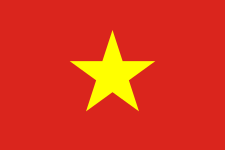 vn
vn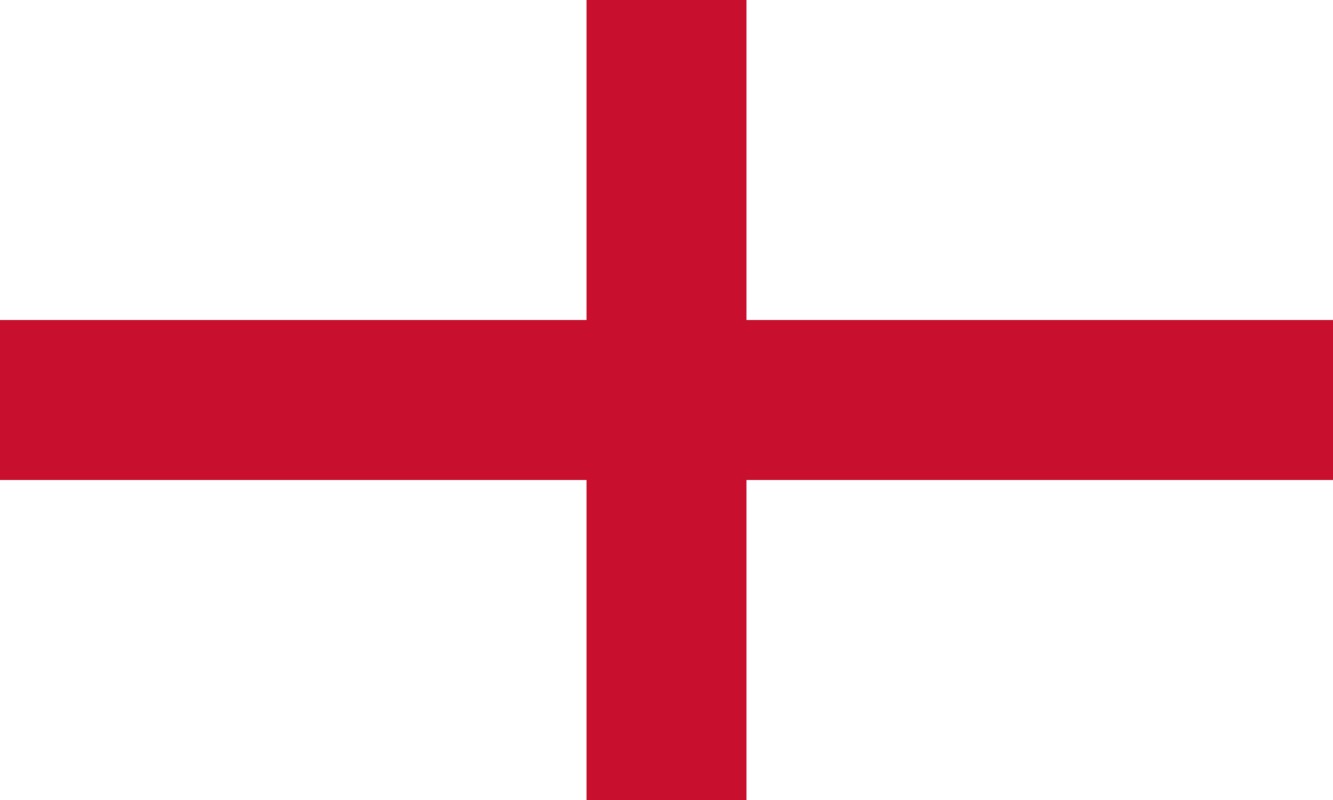 en
en ja
ja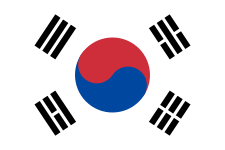 ko
ko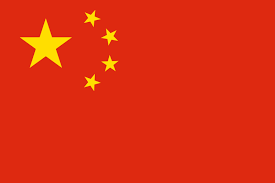 zh
zh


















